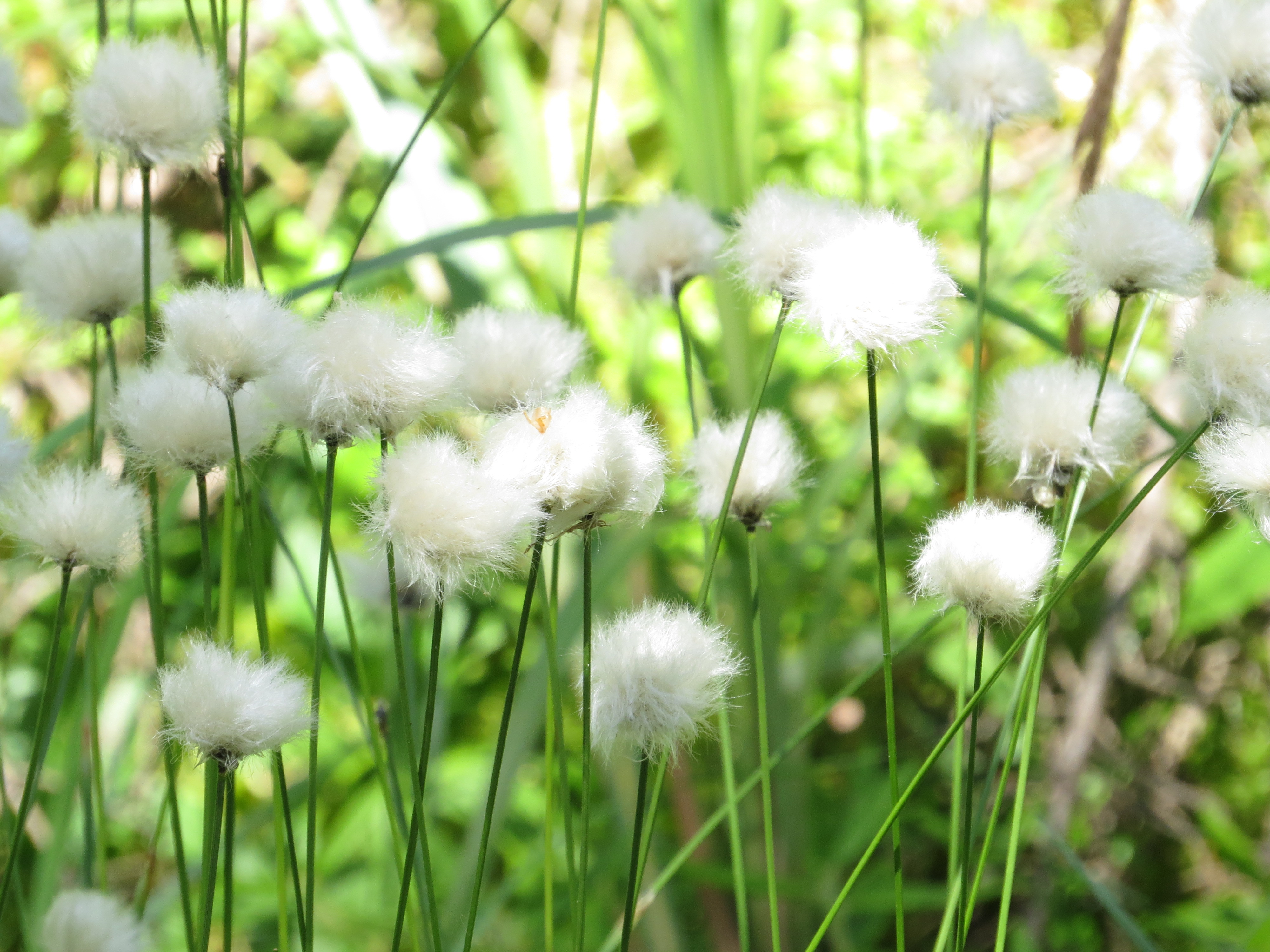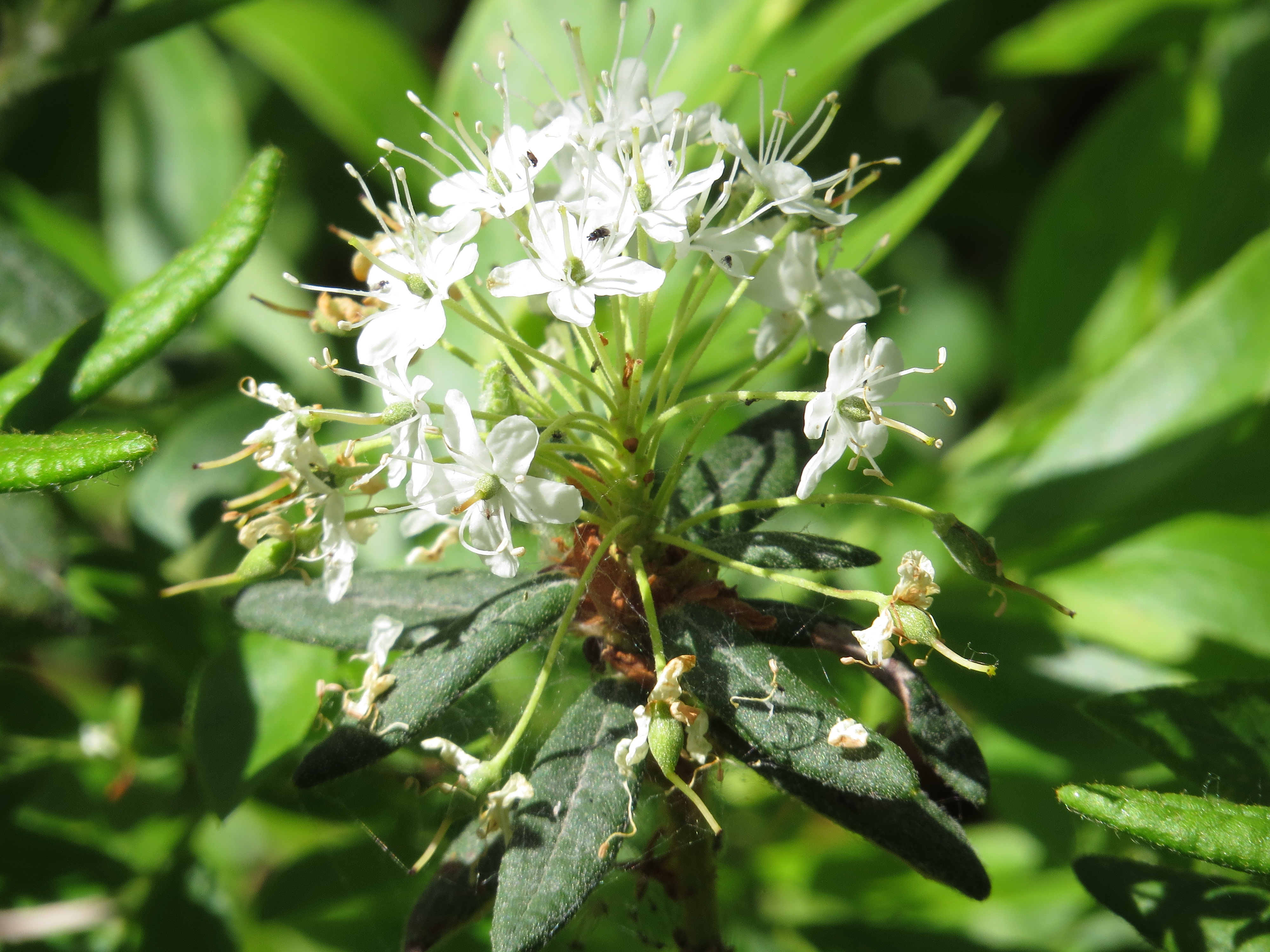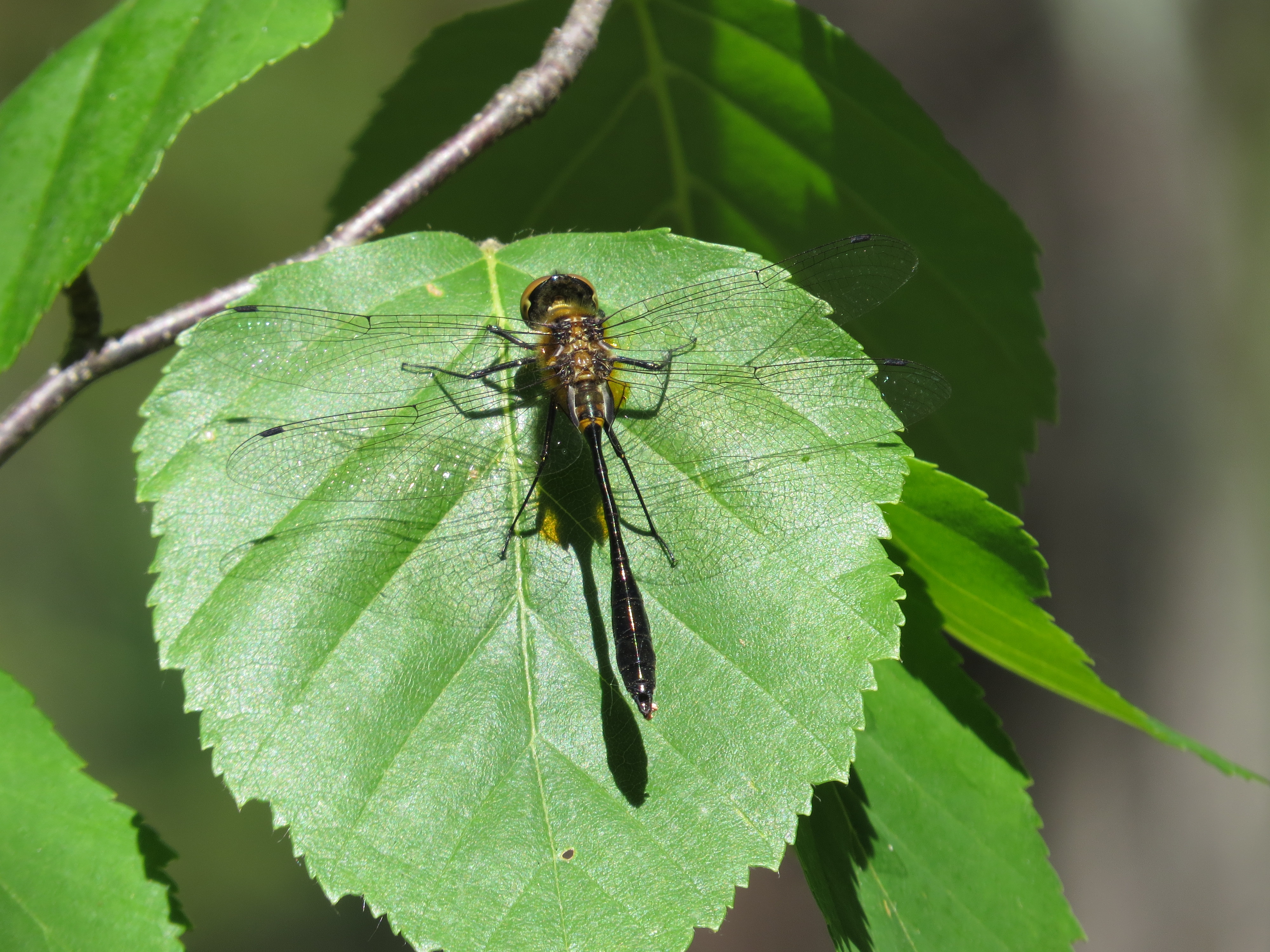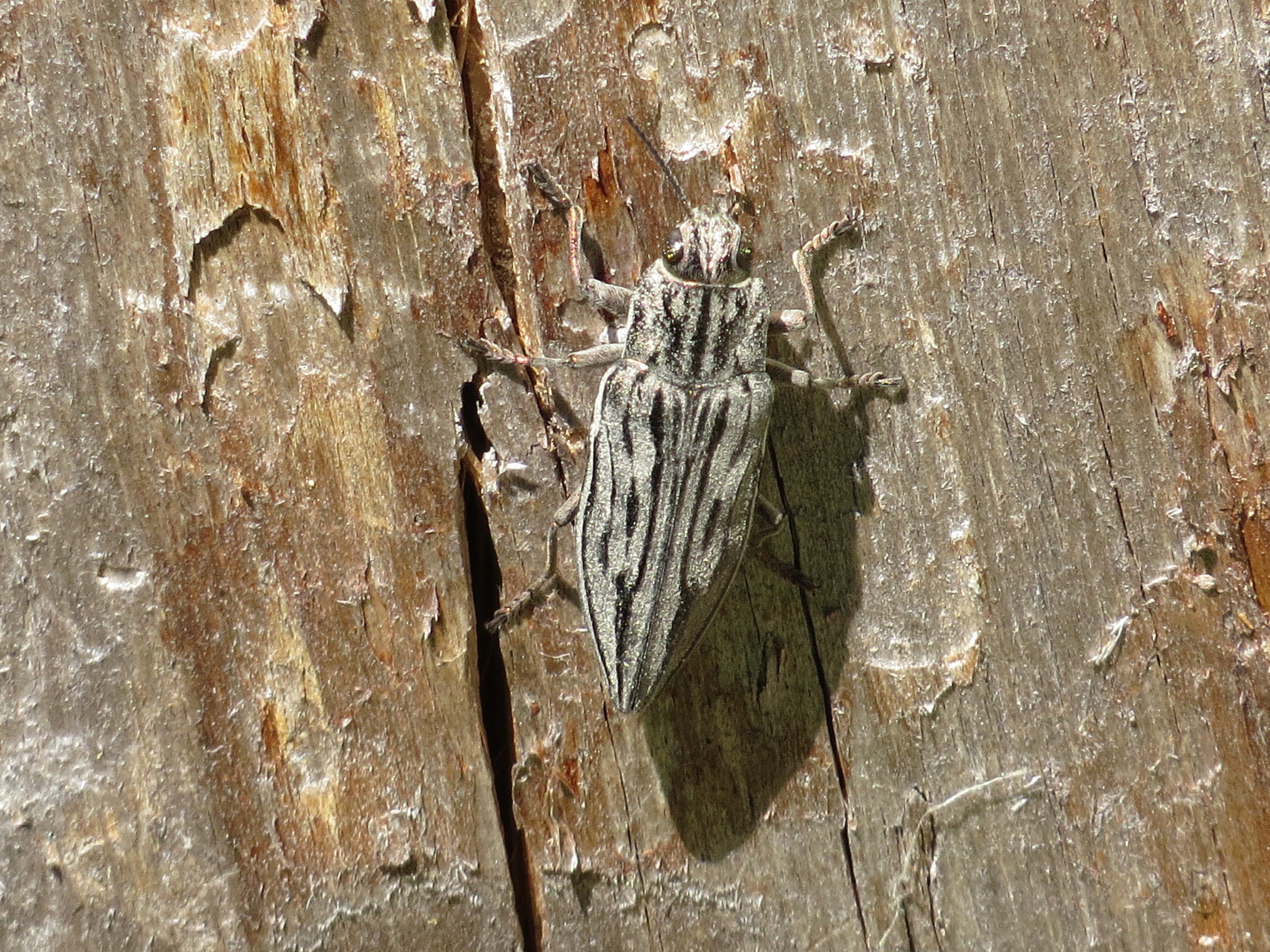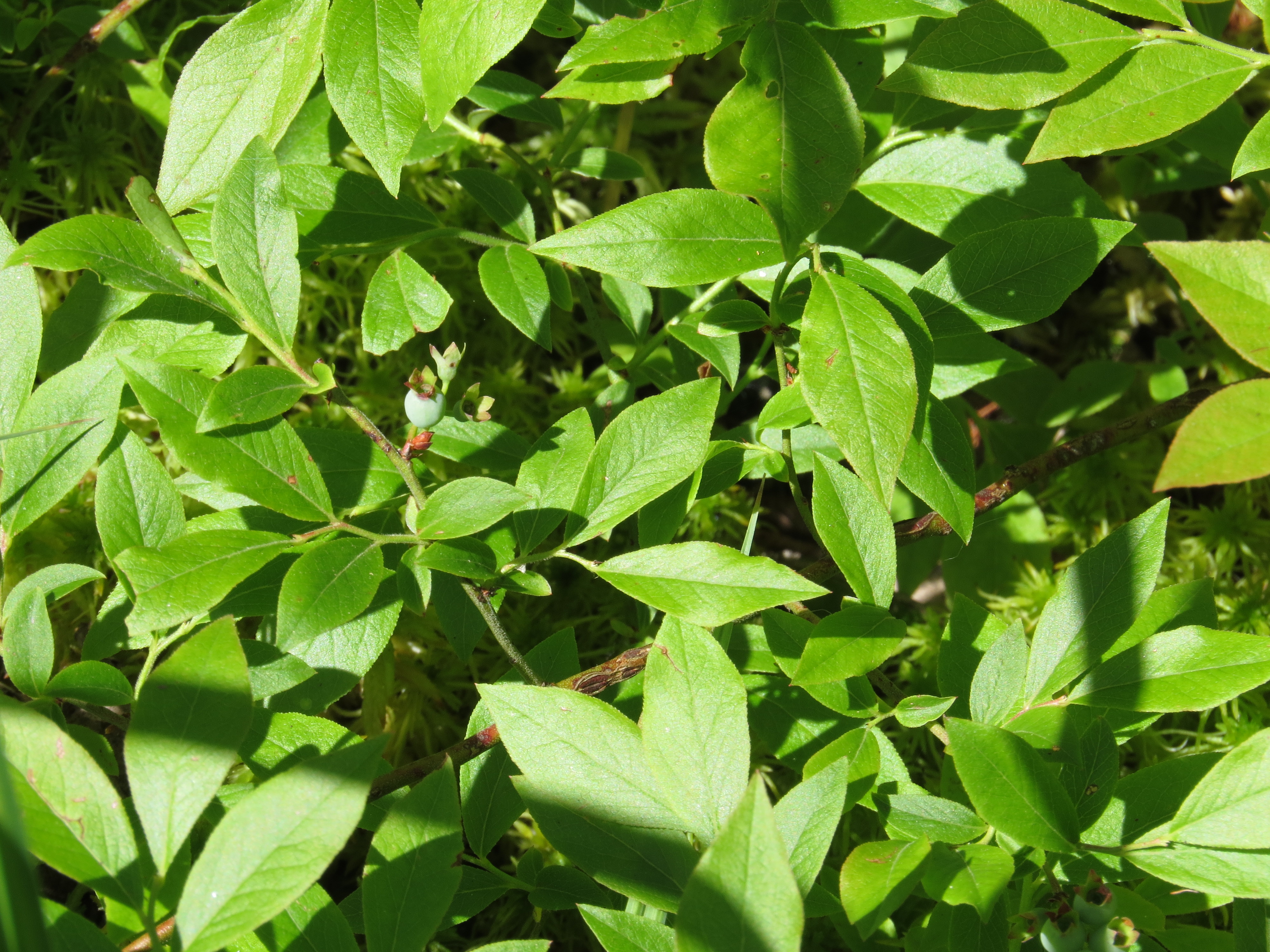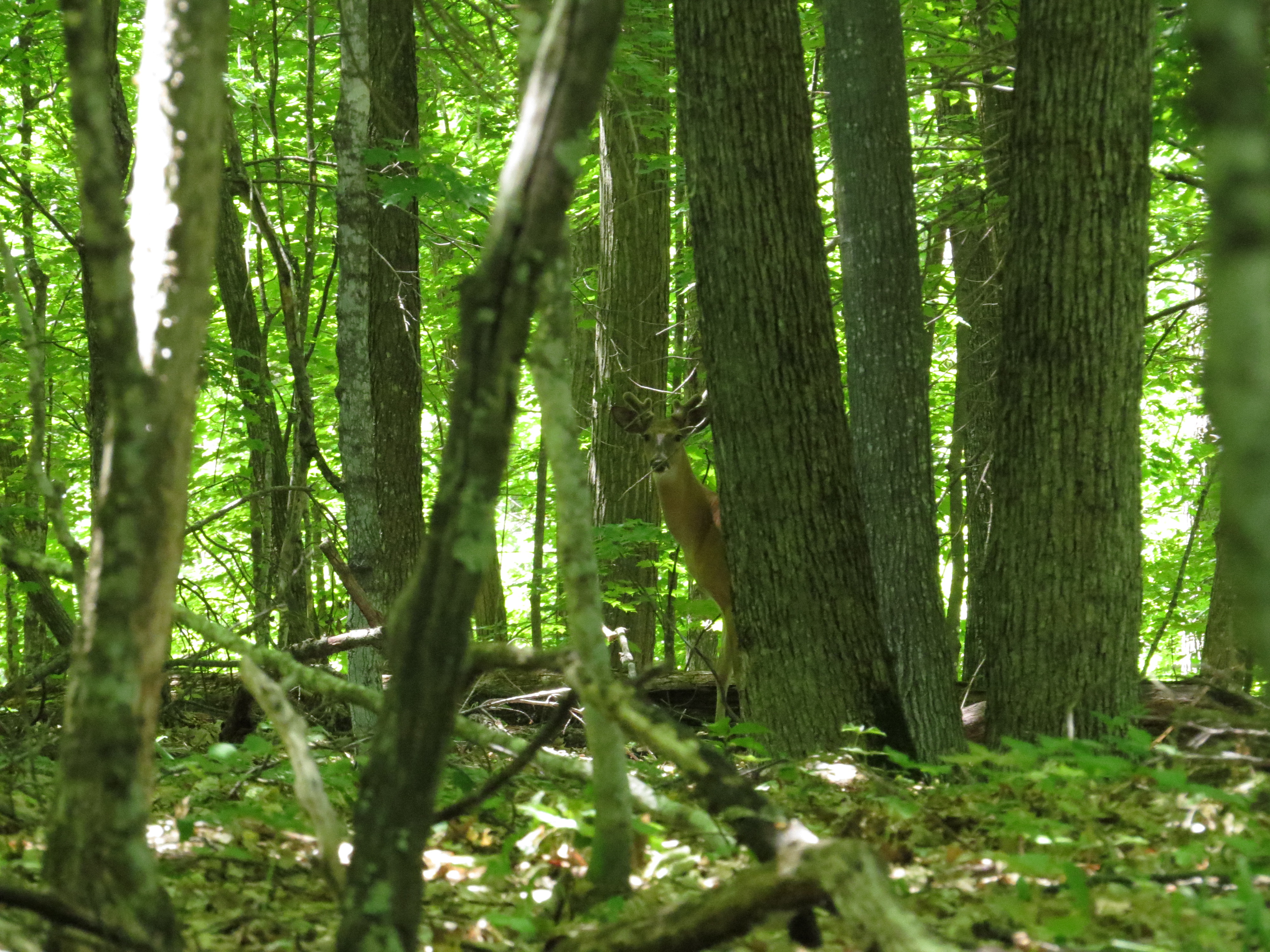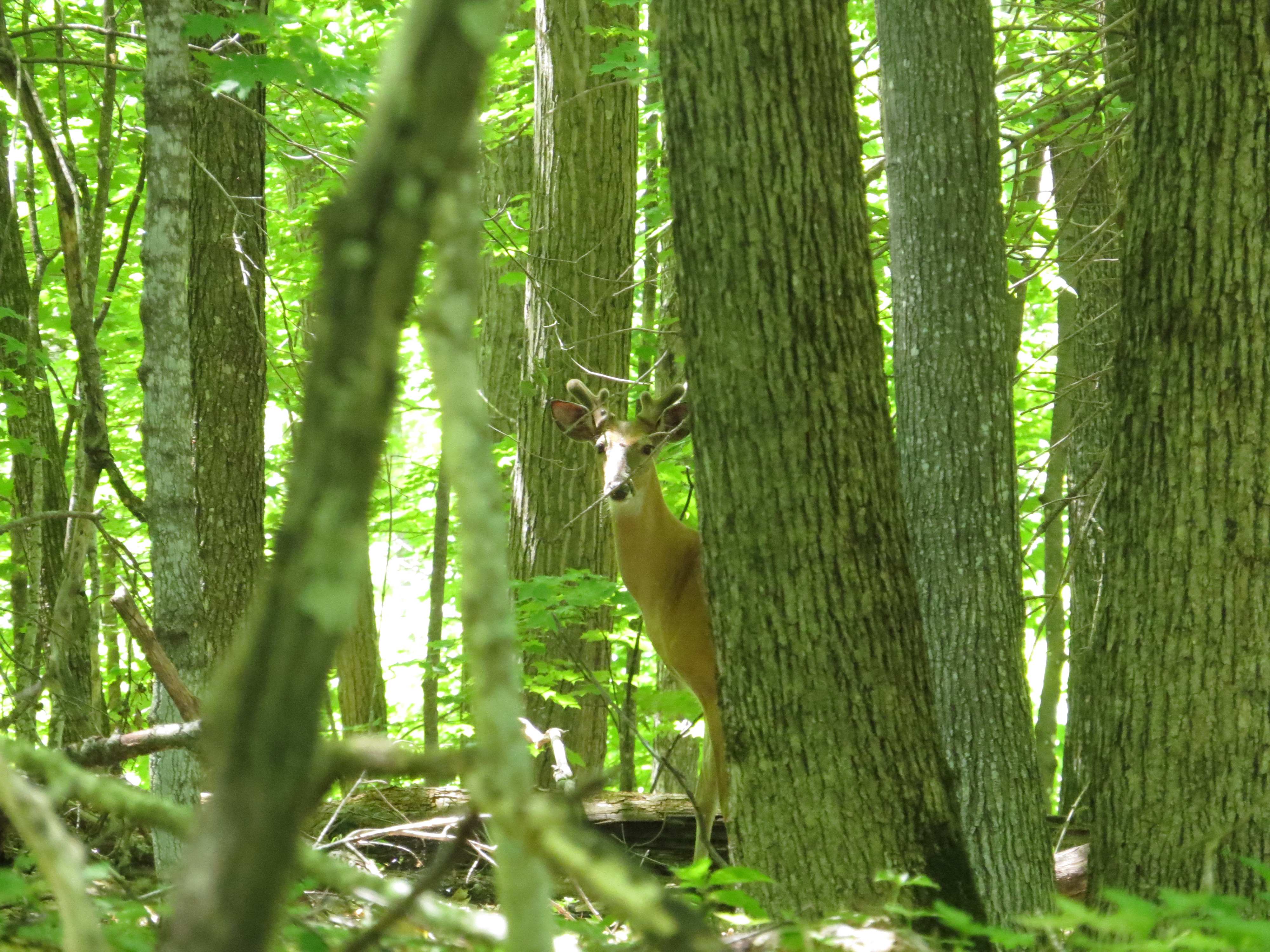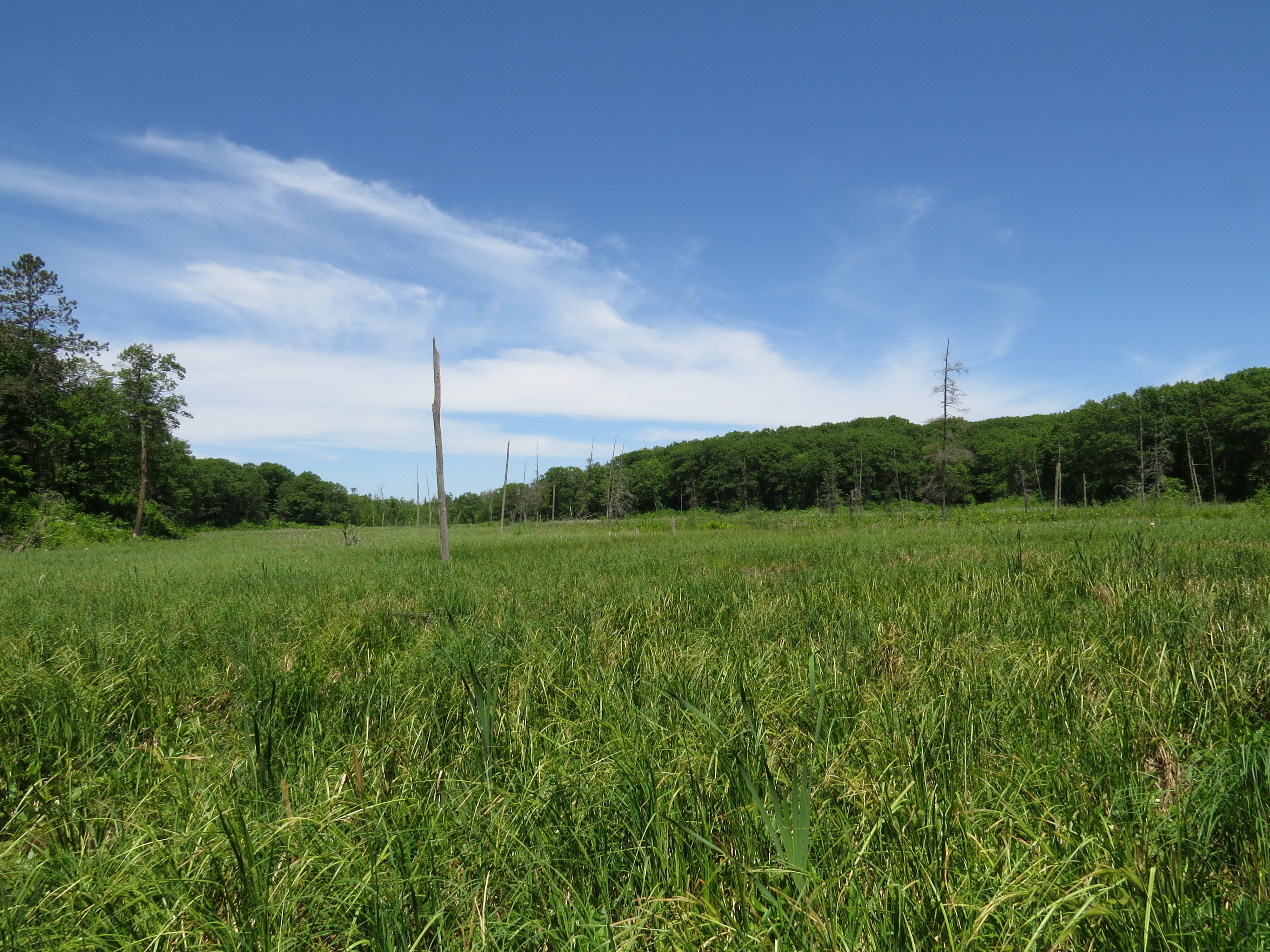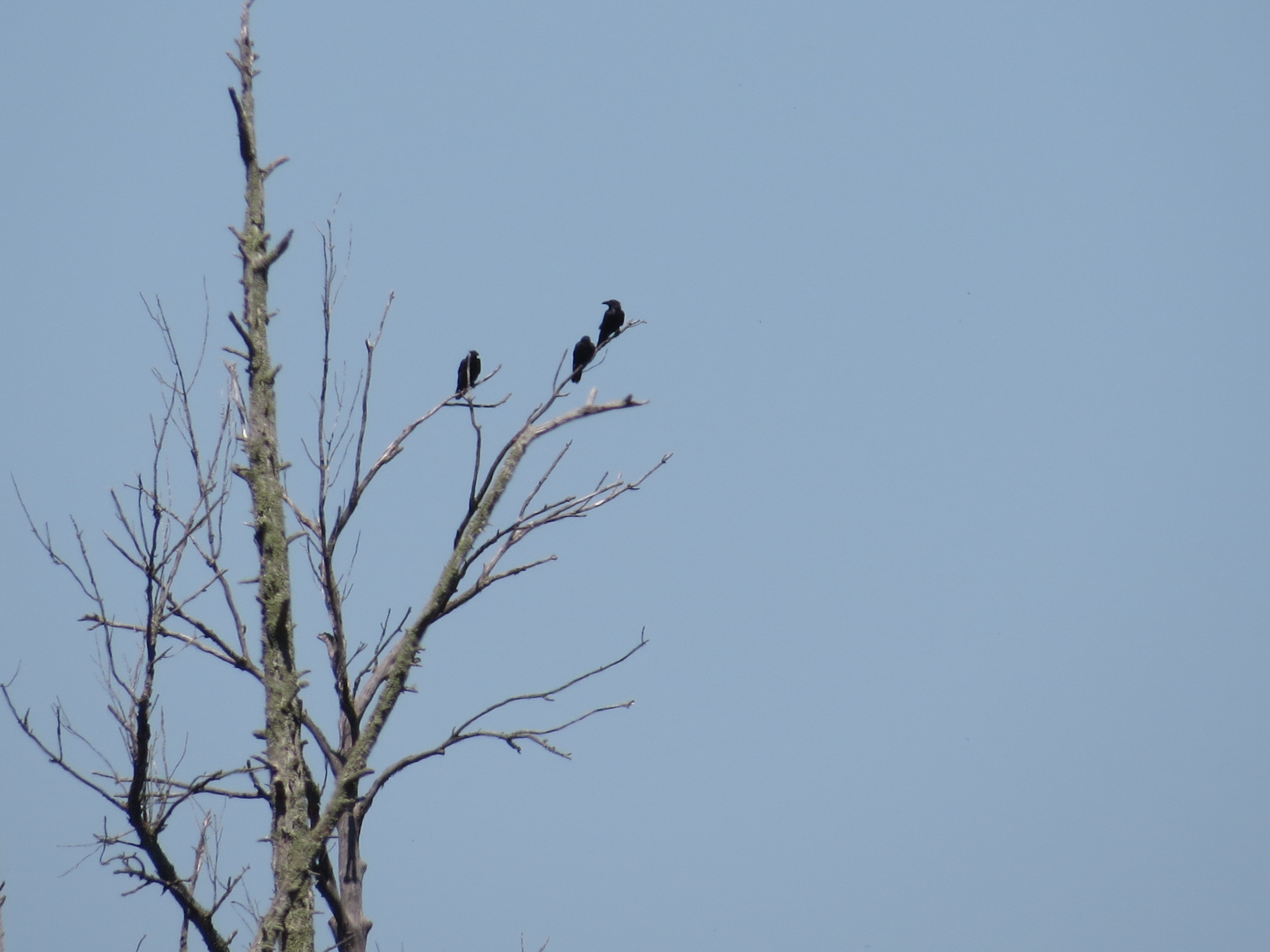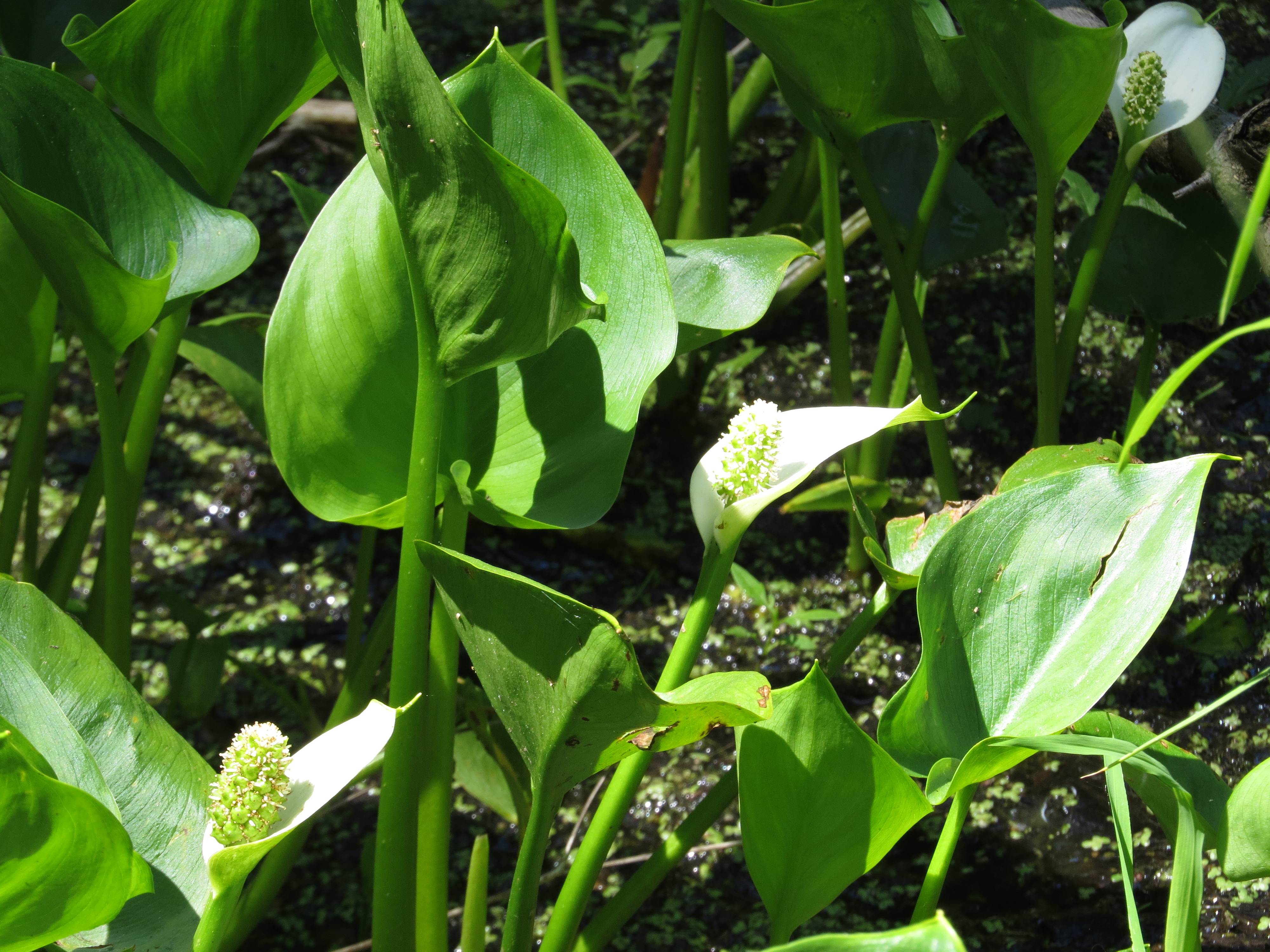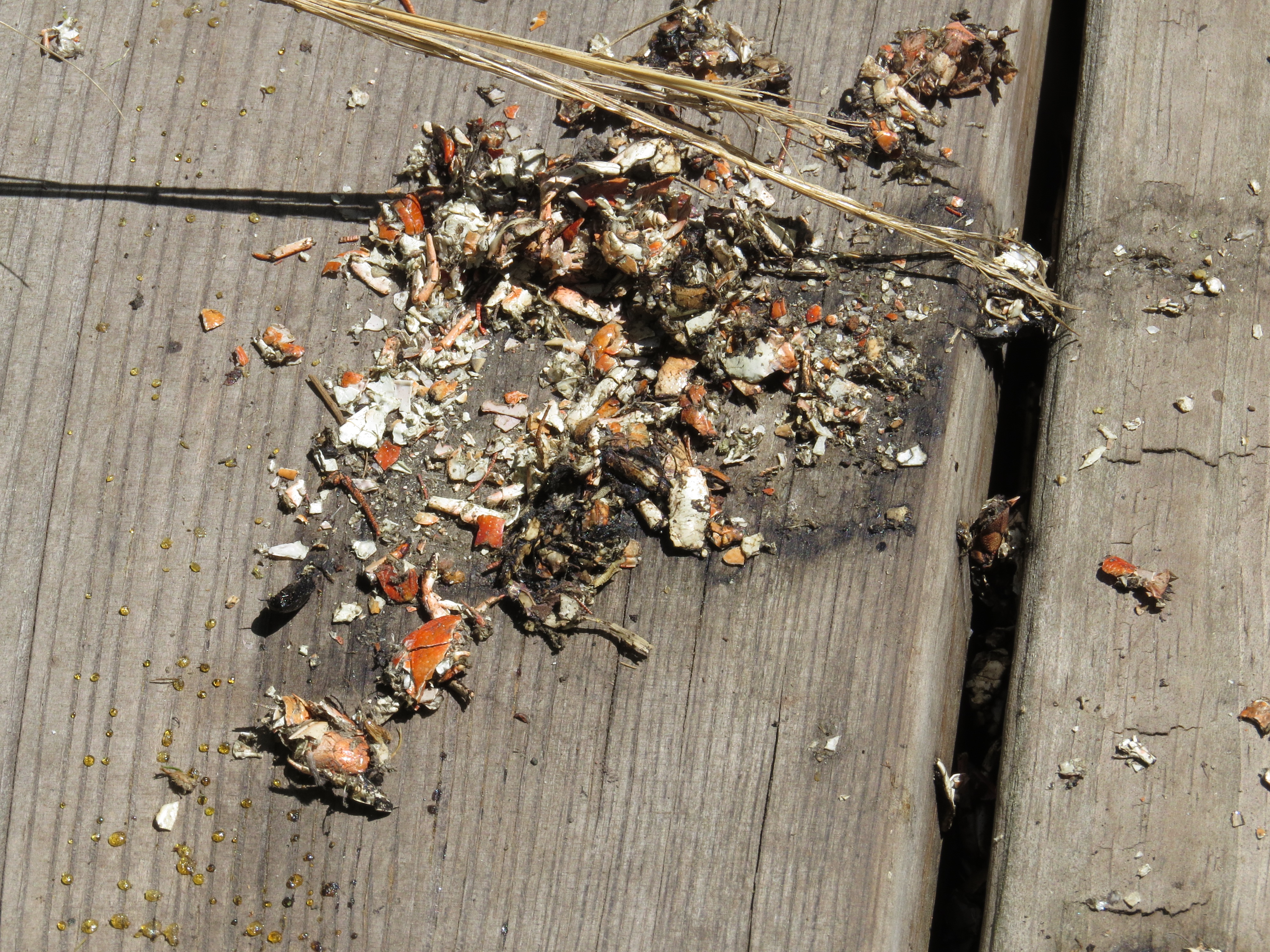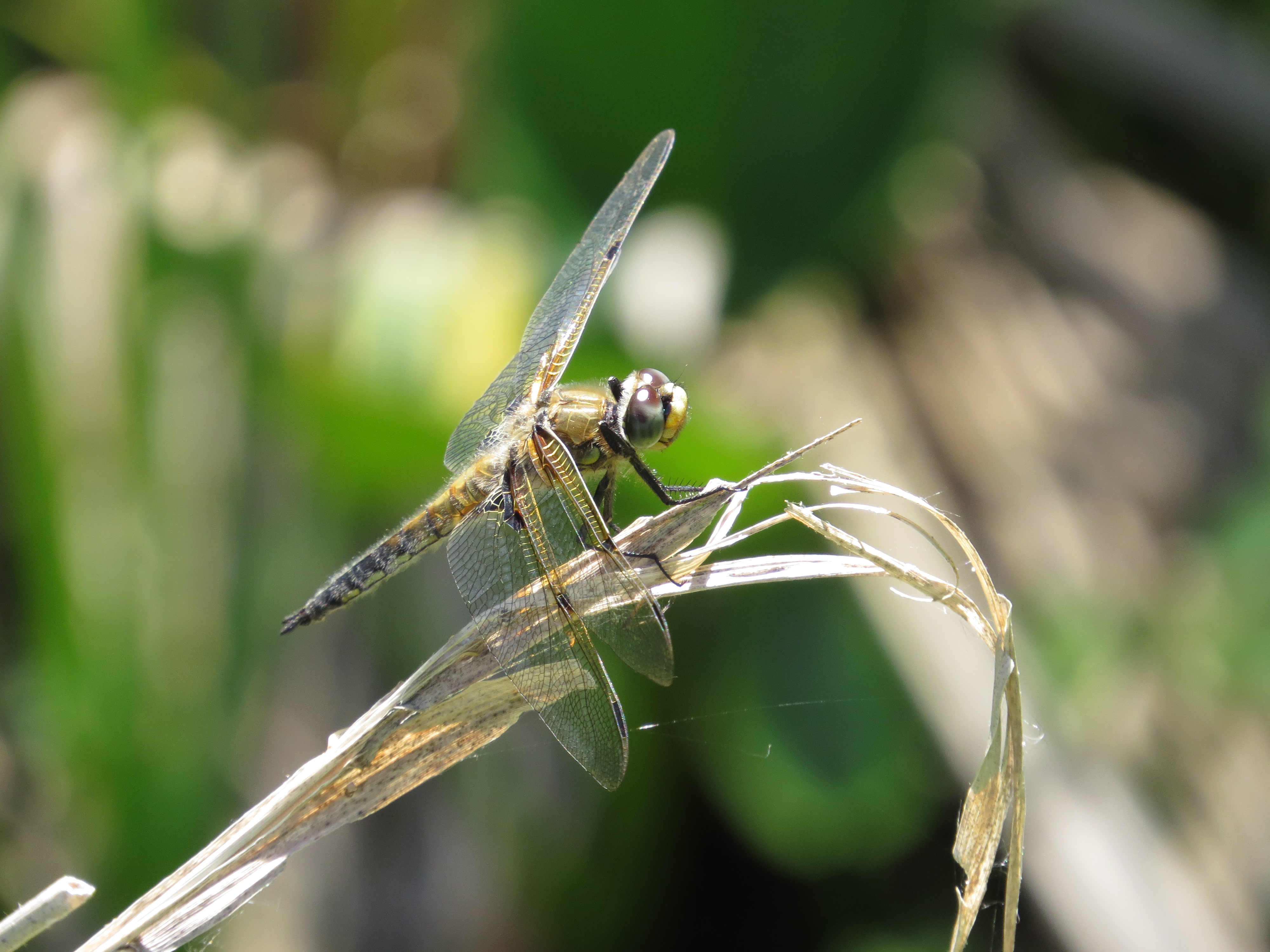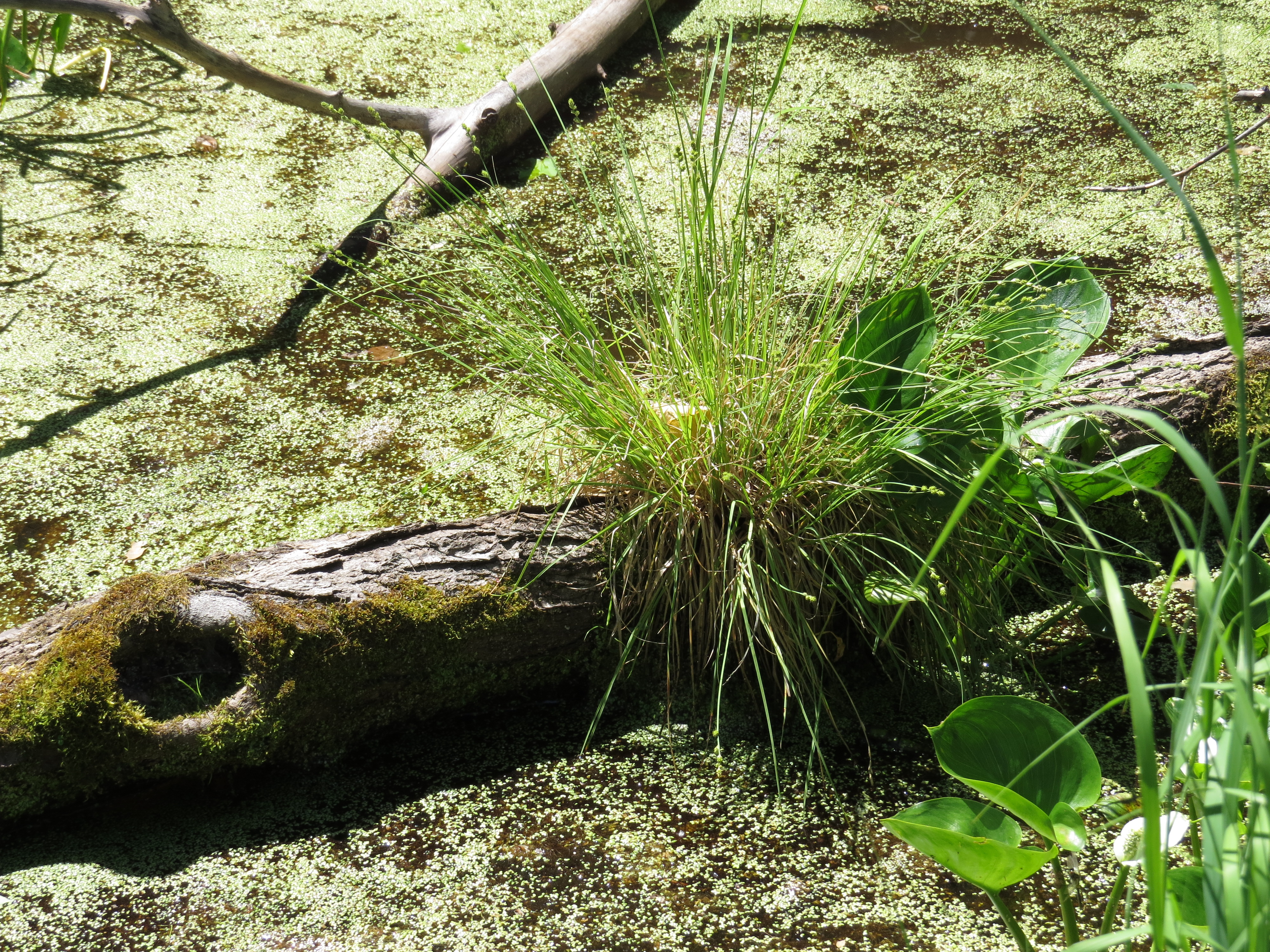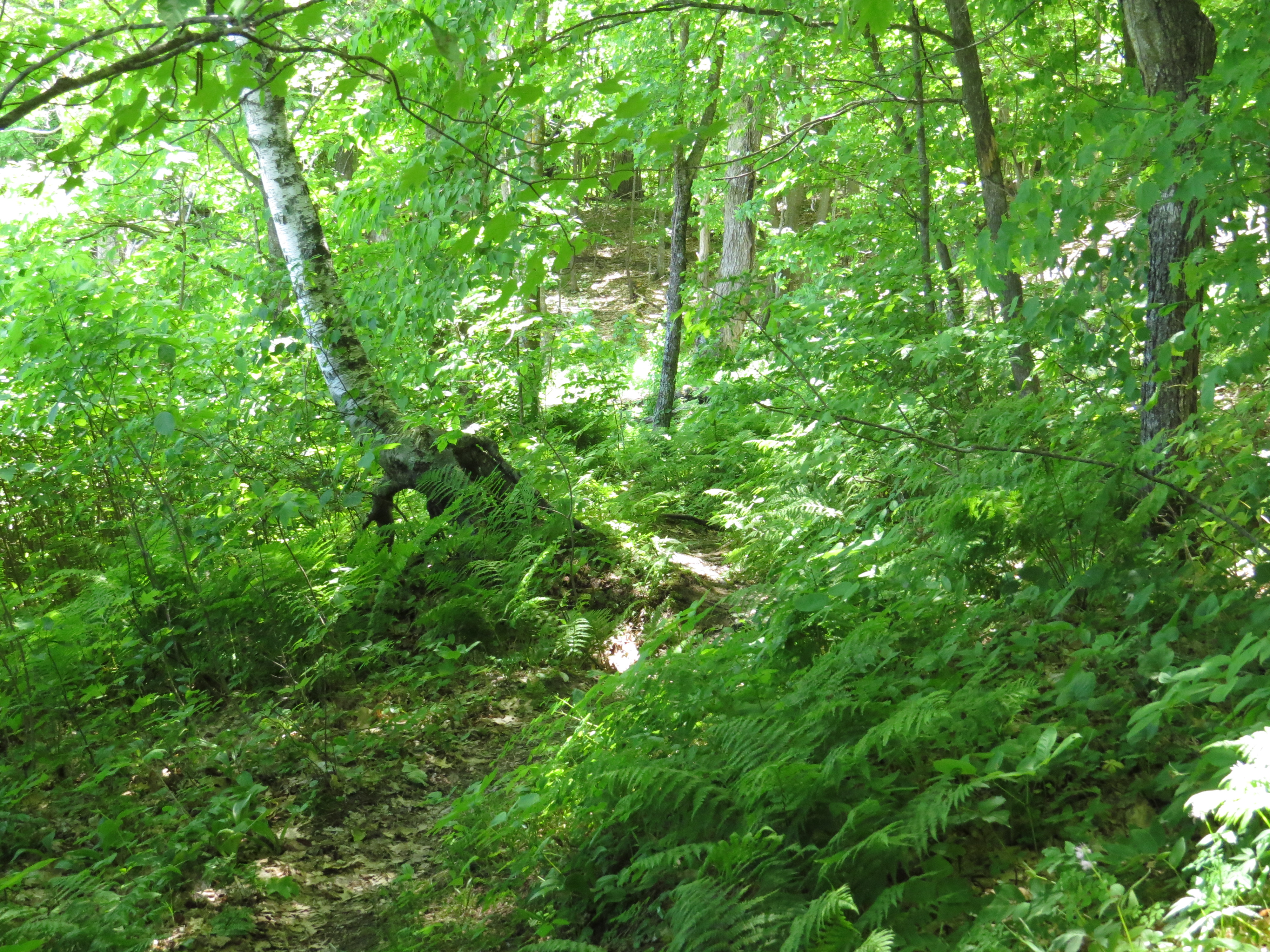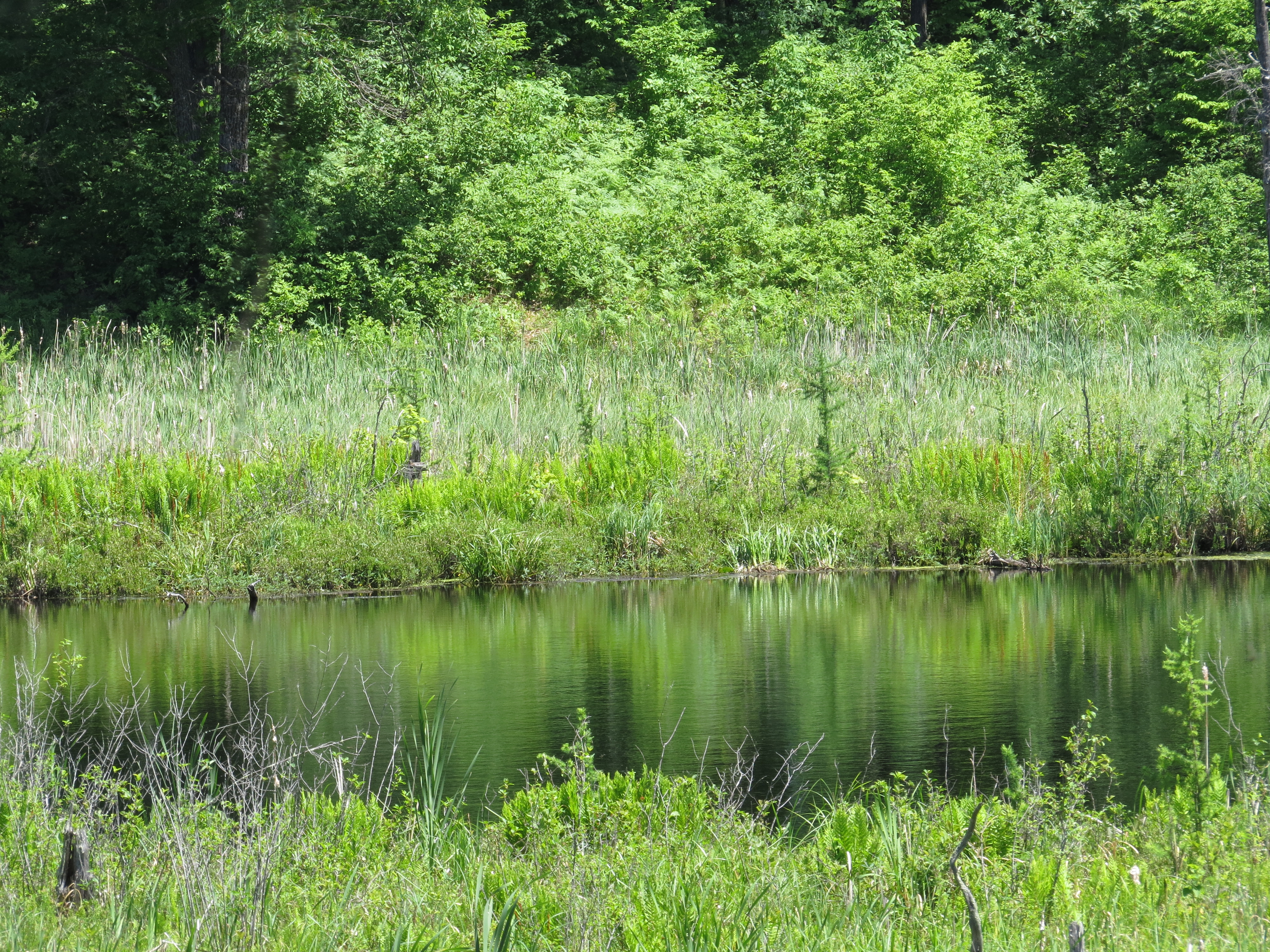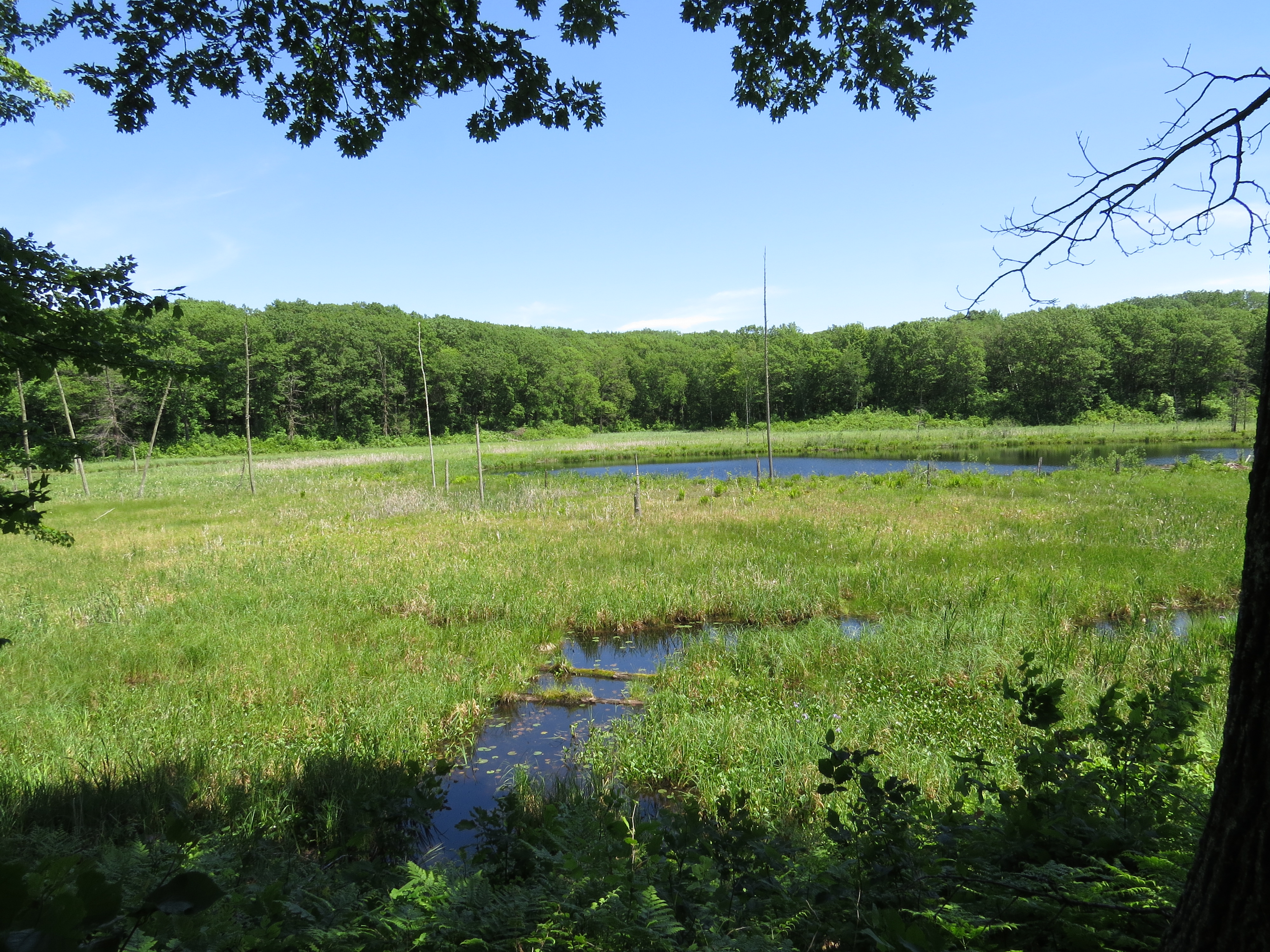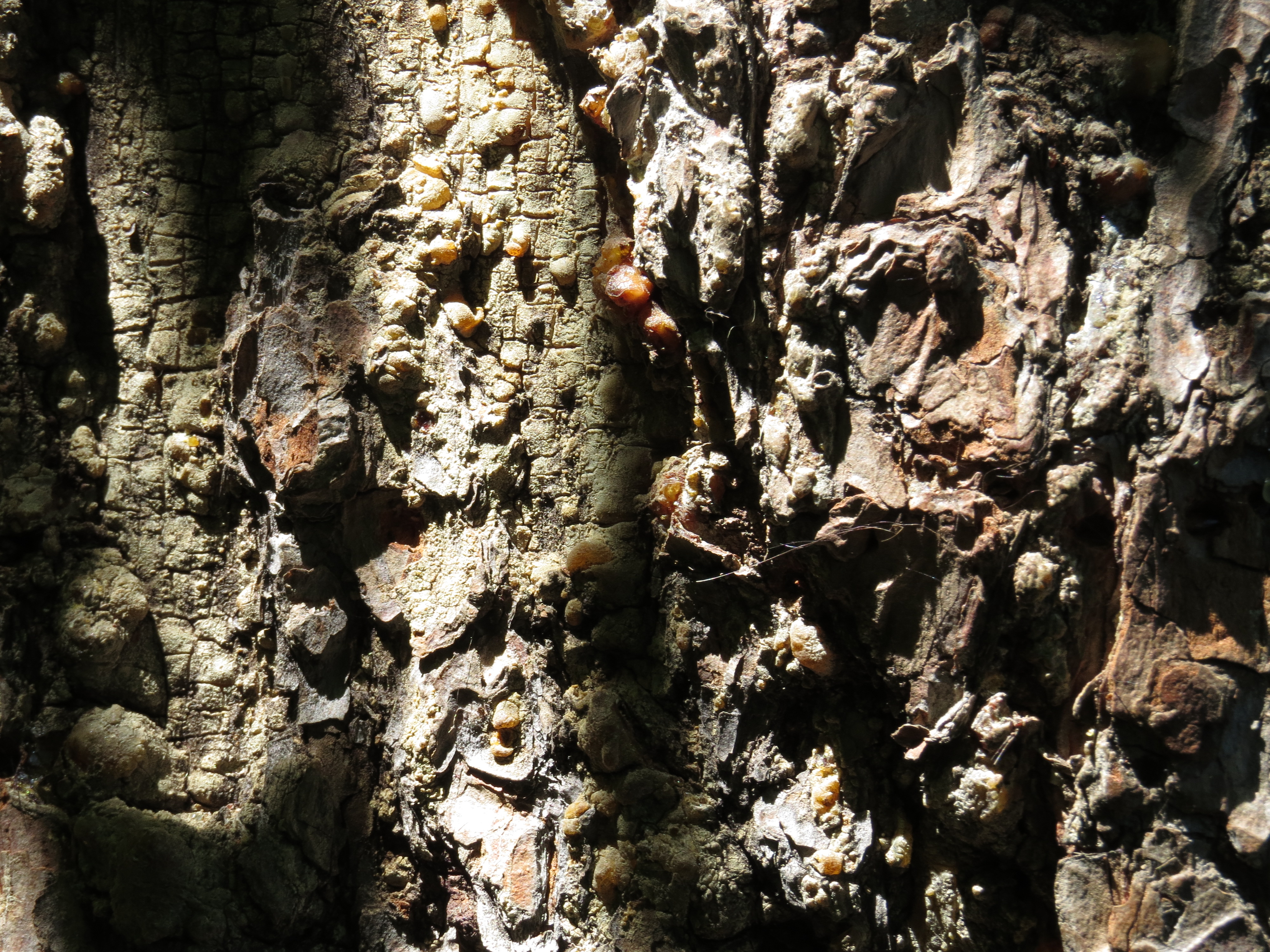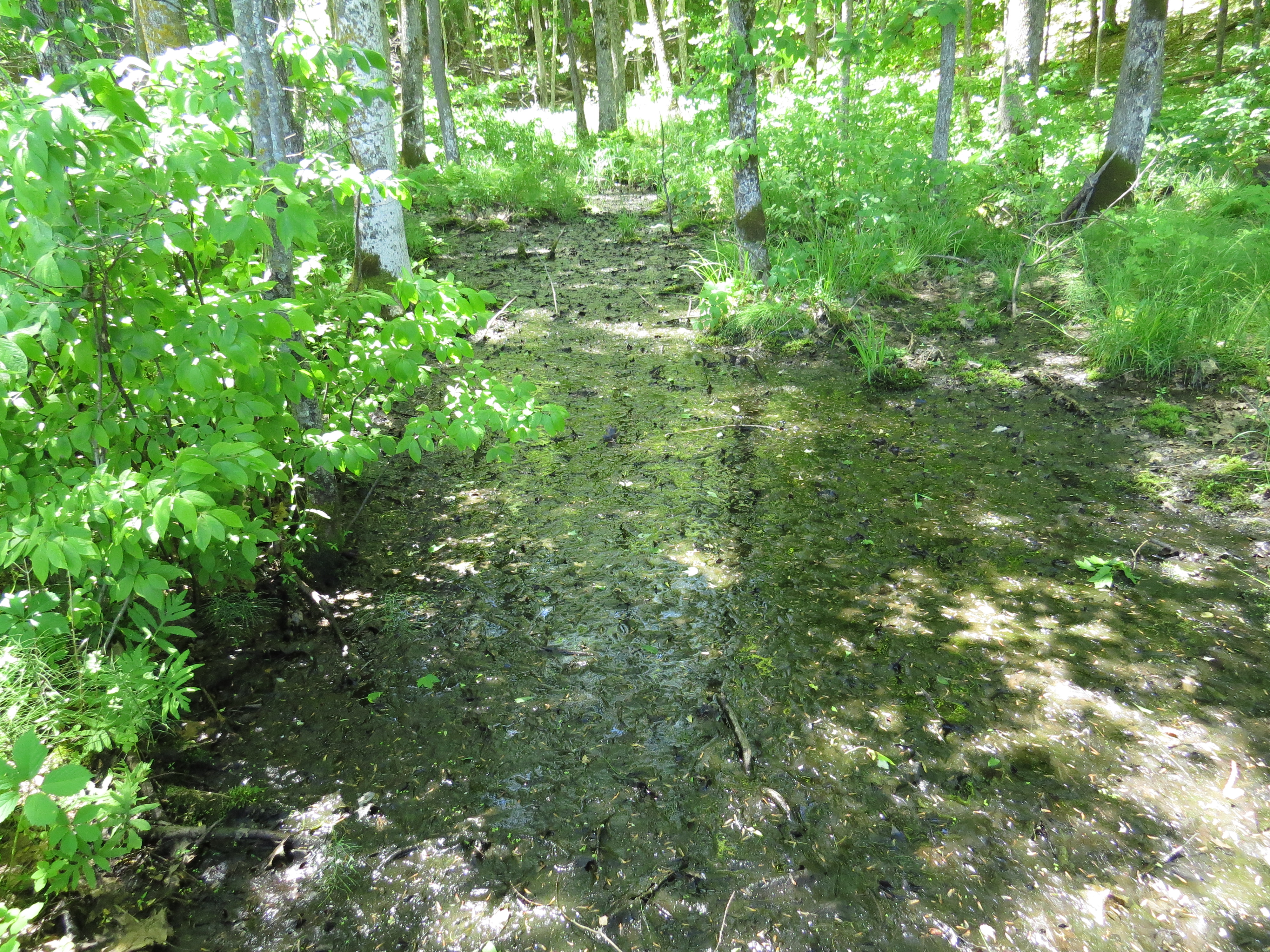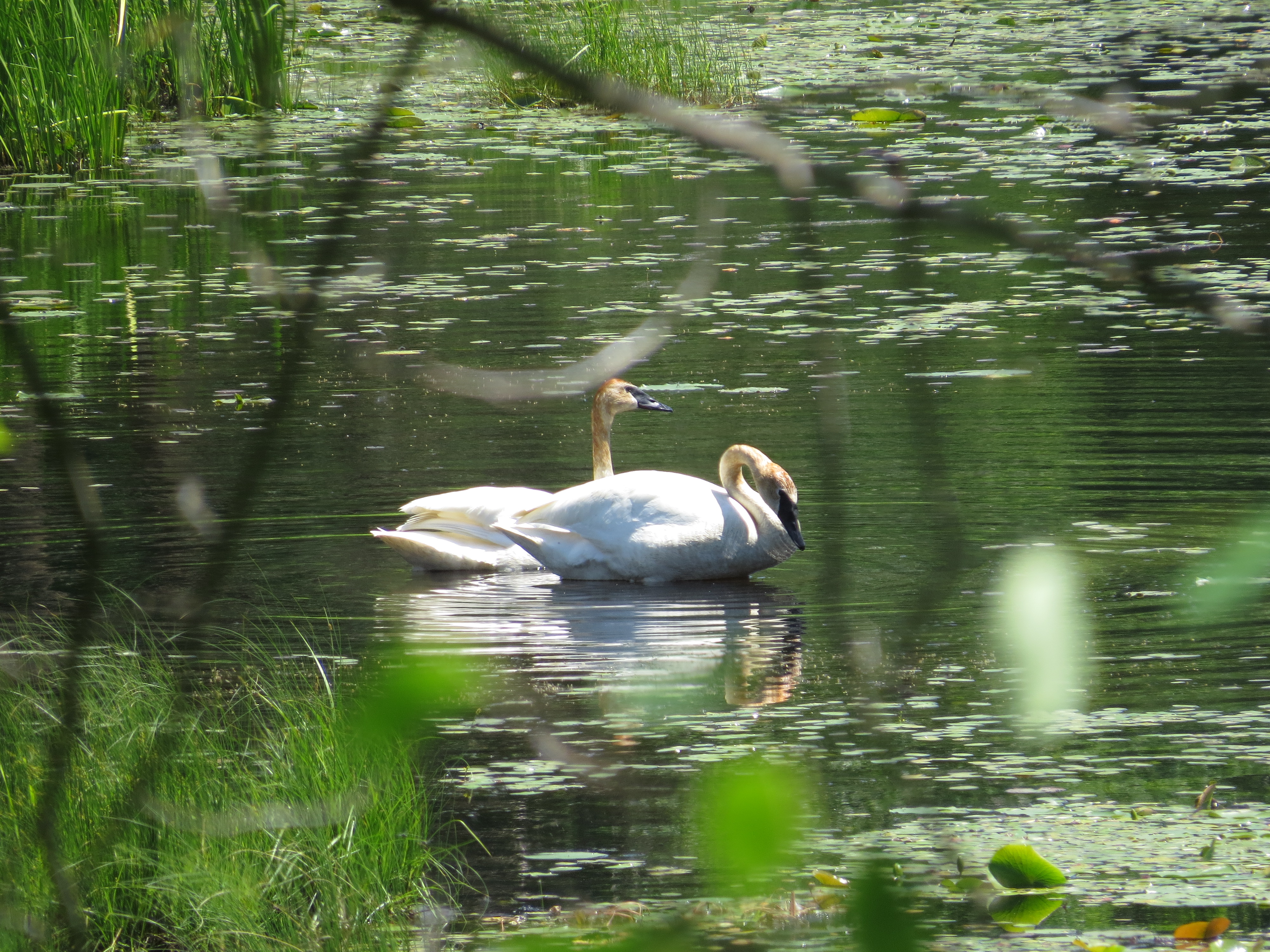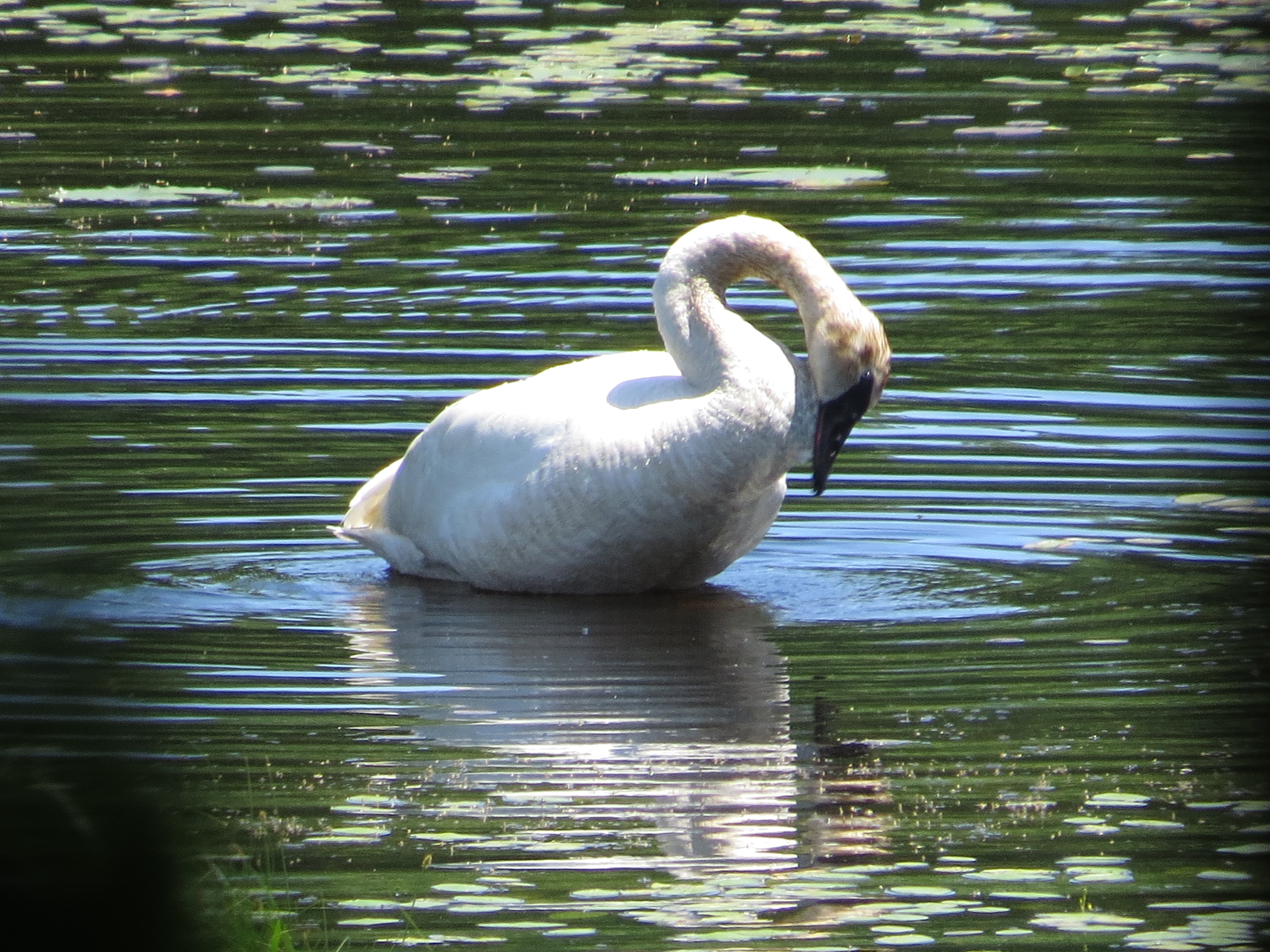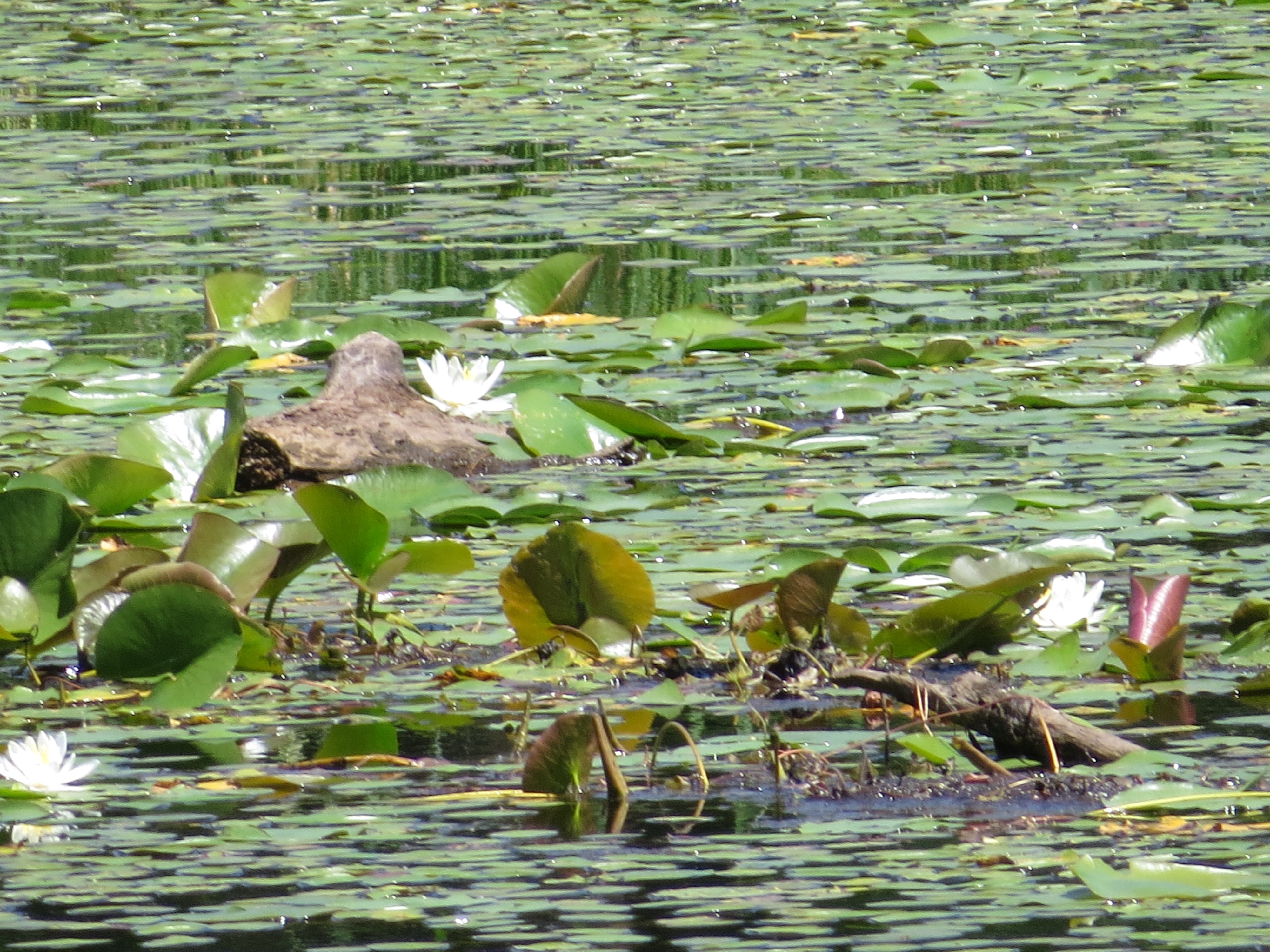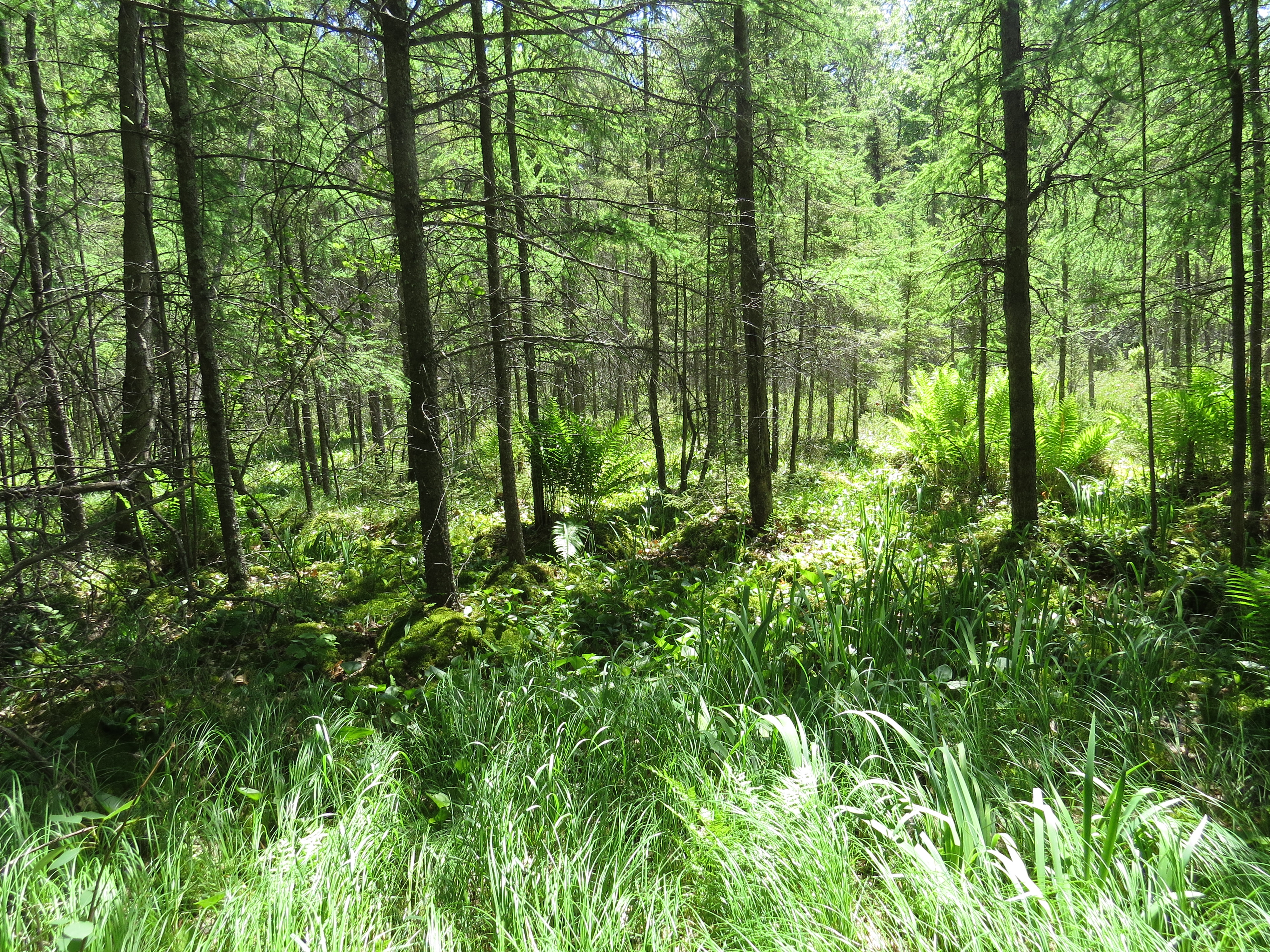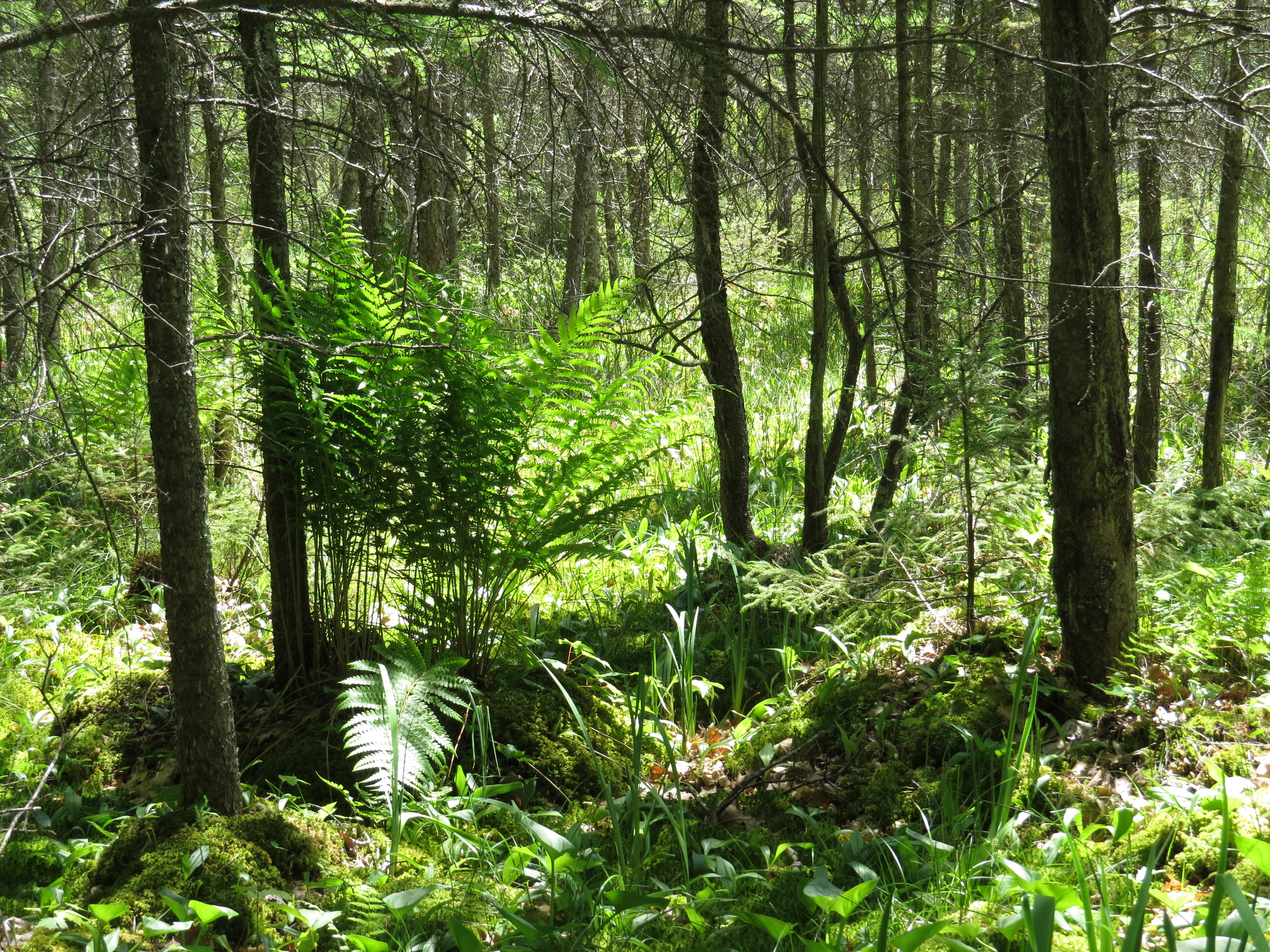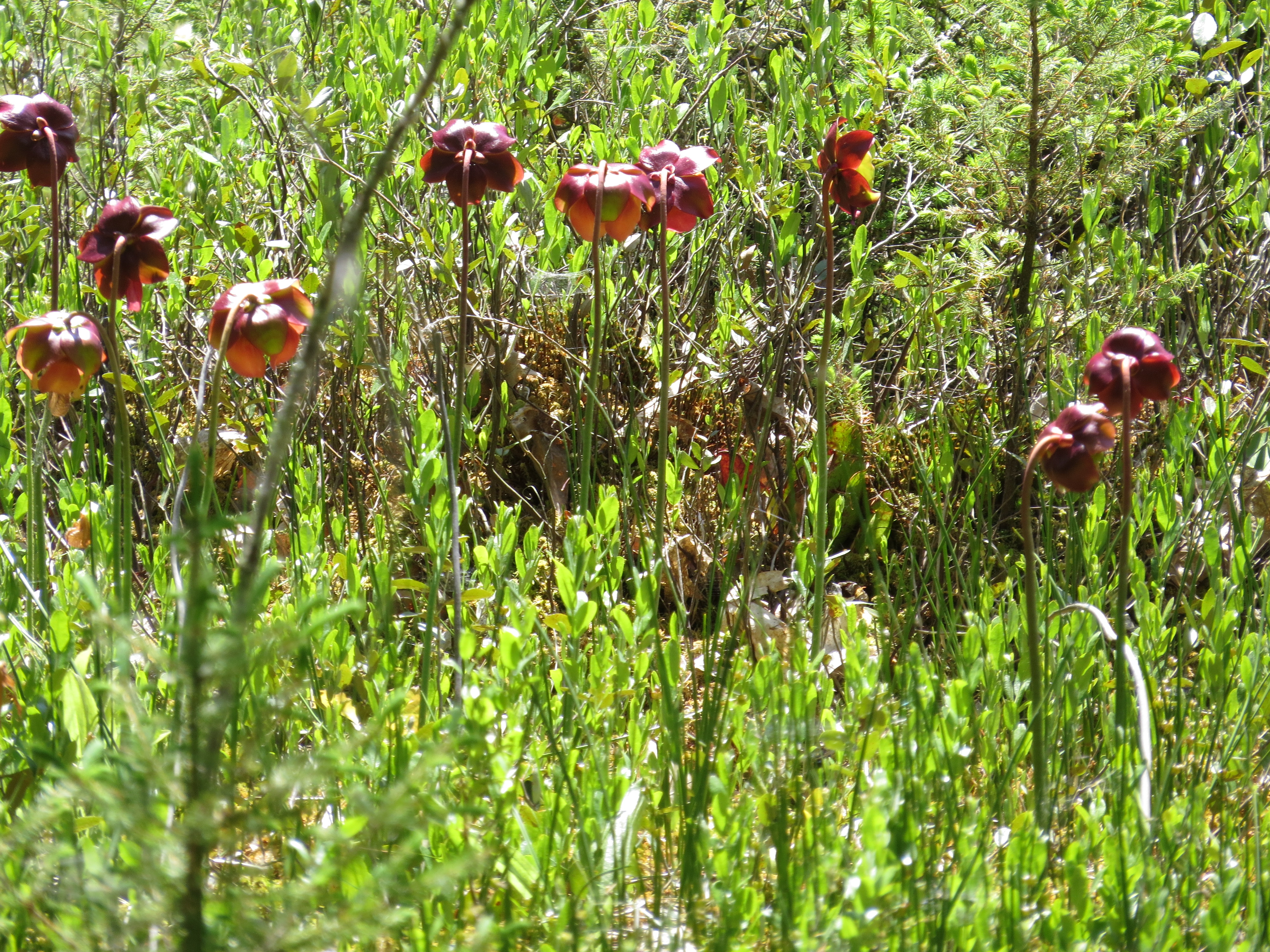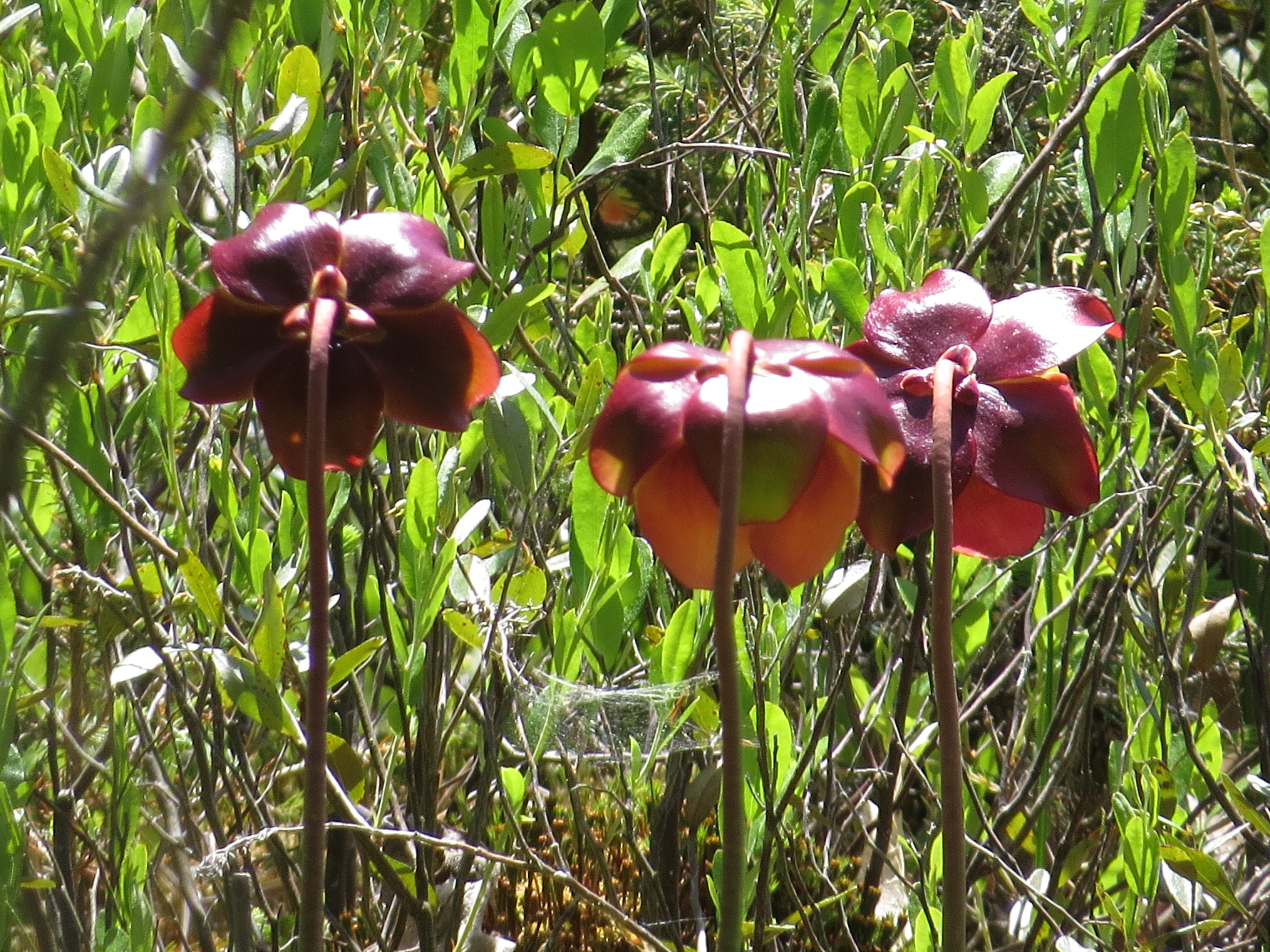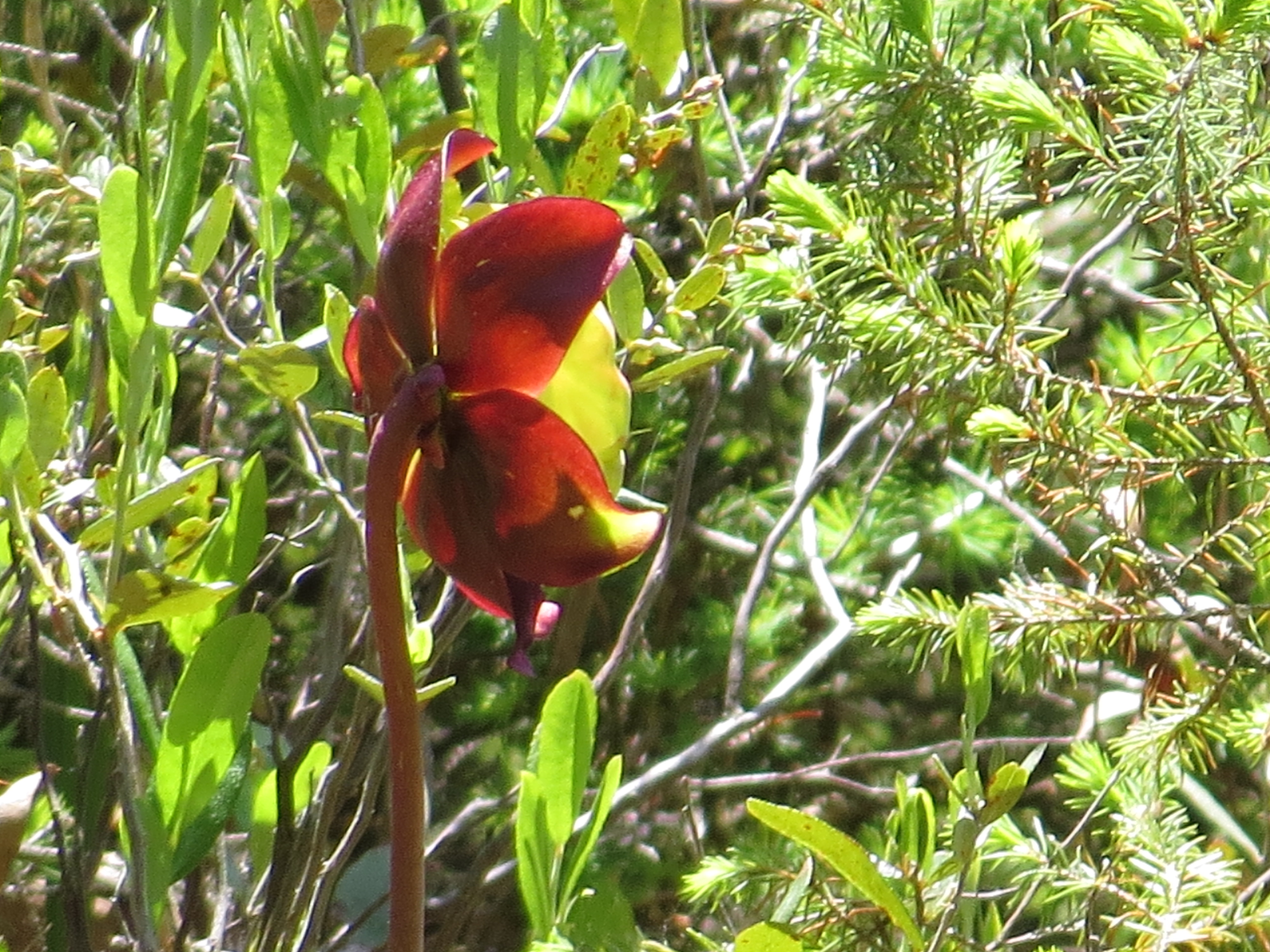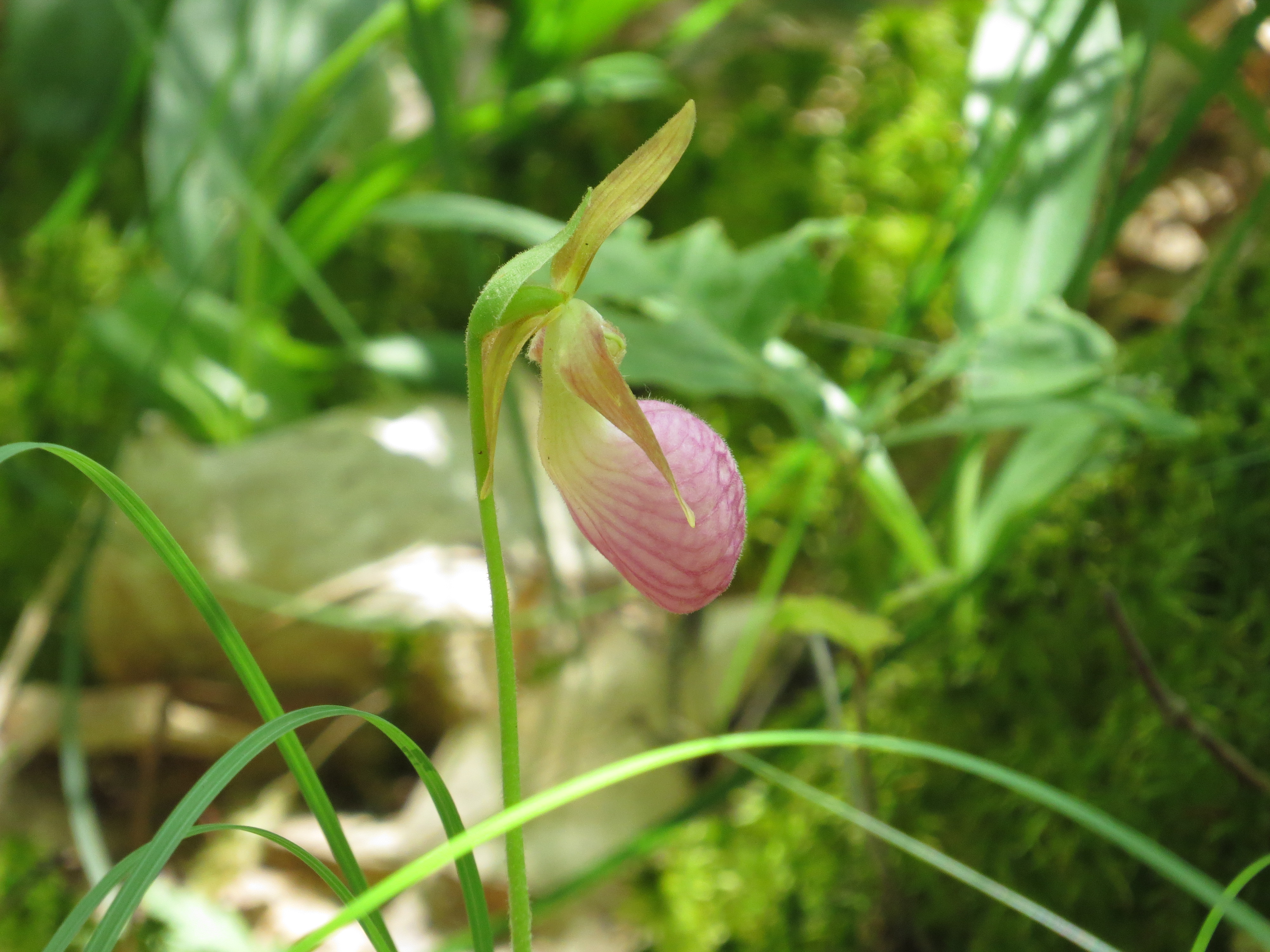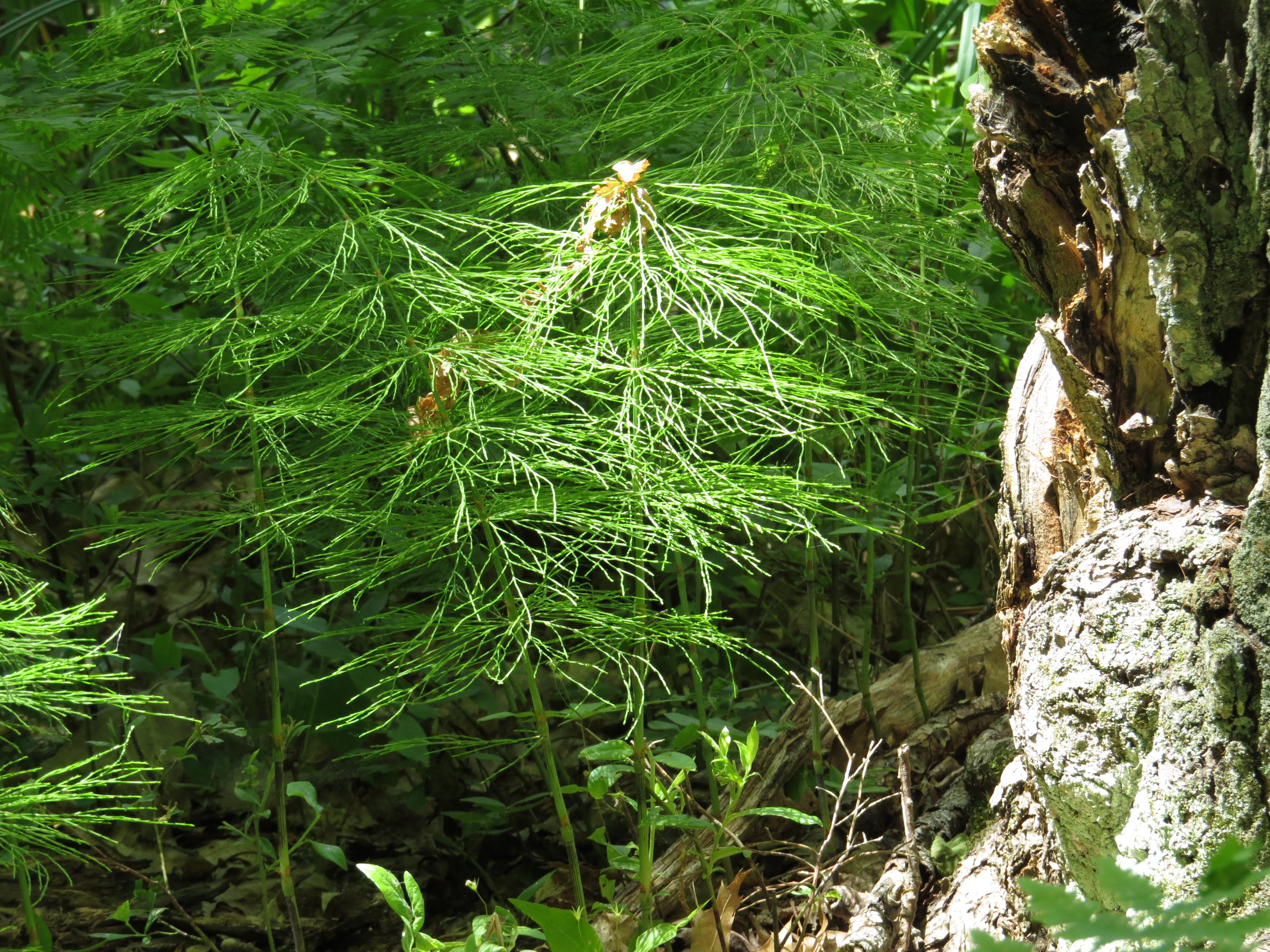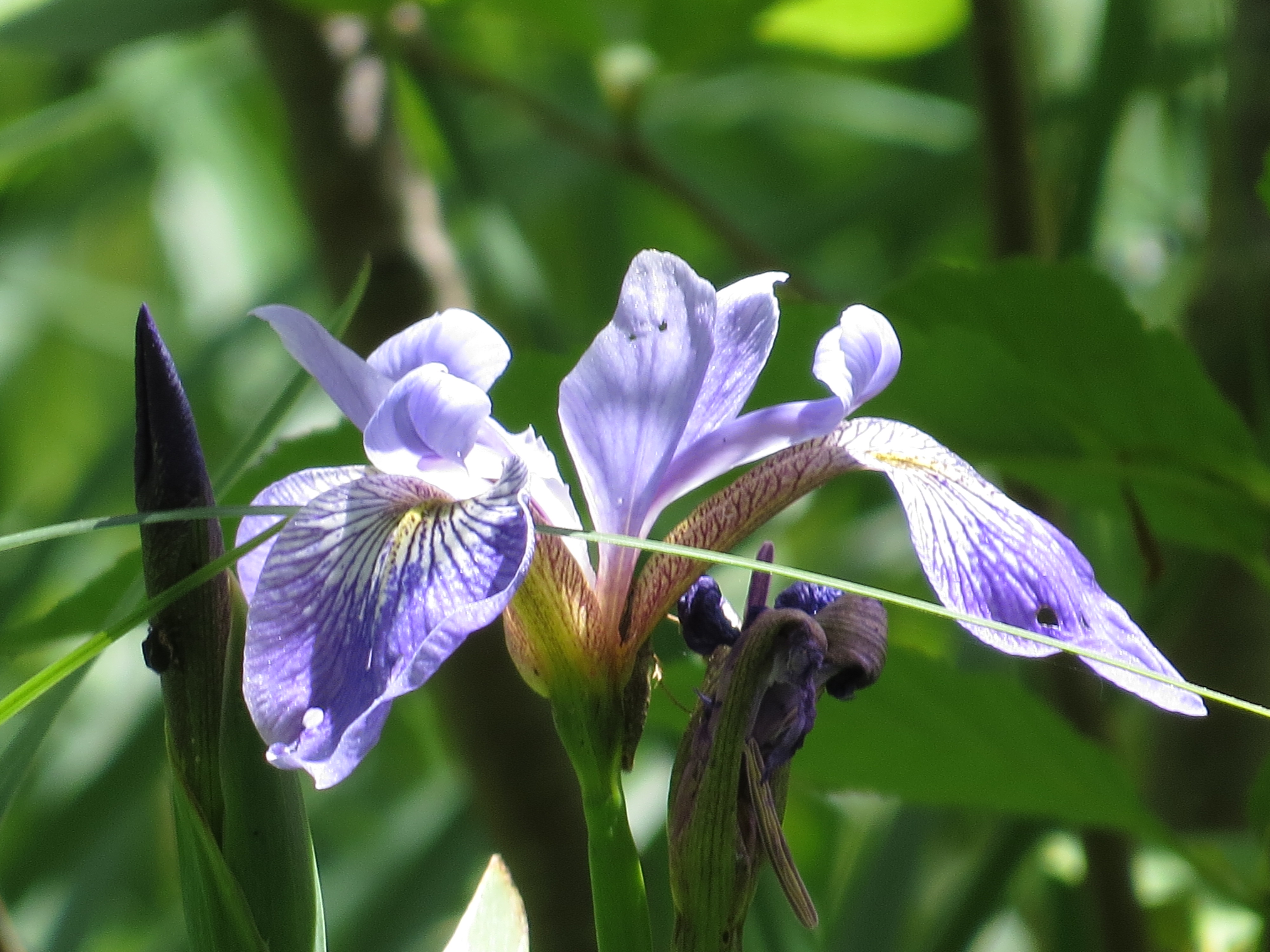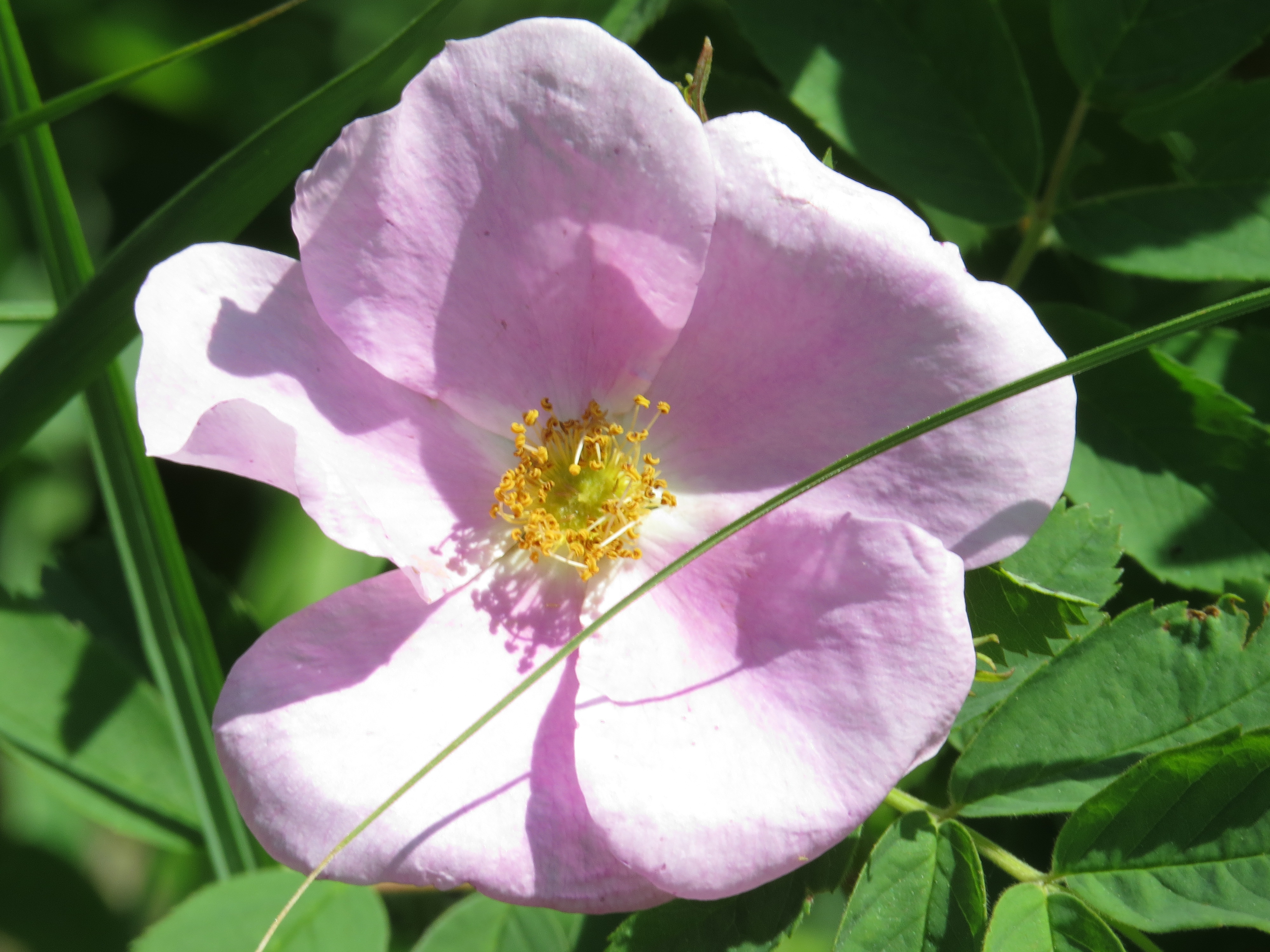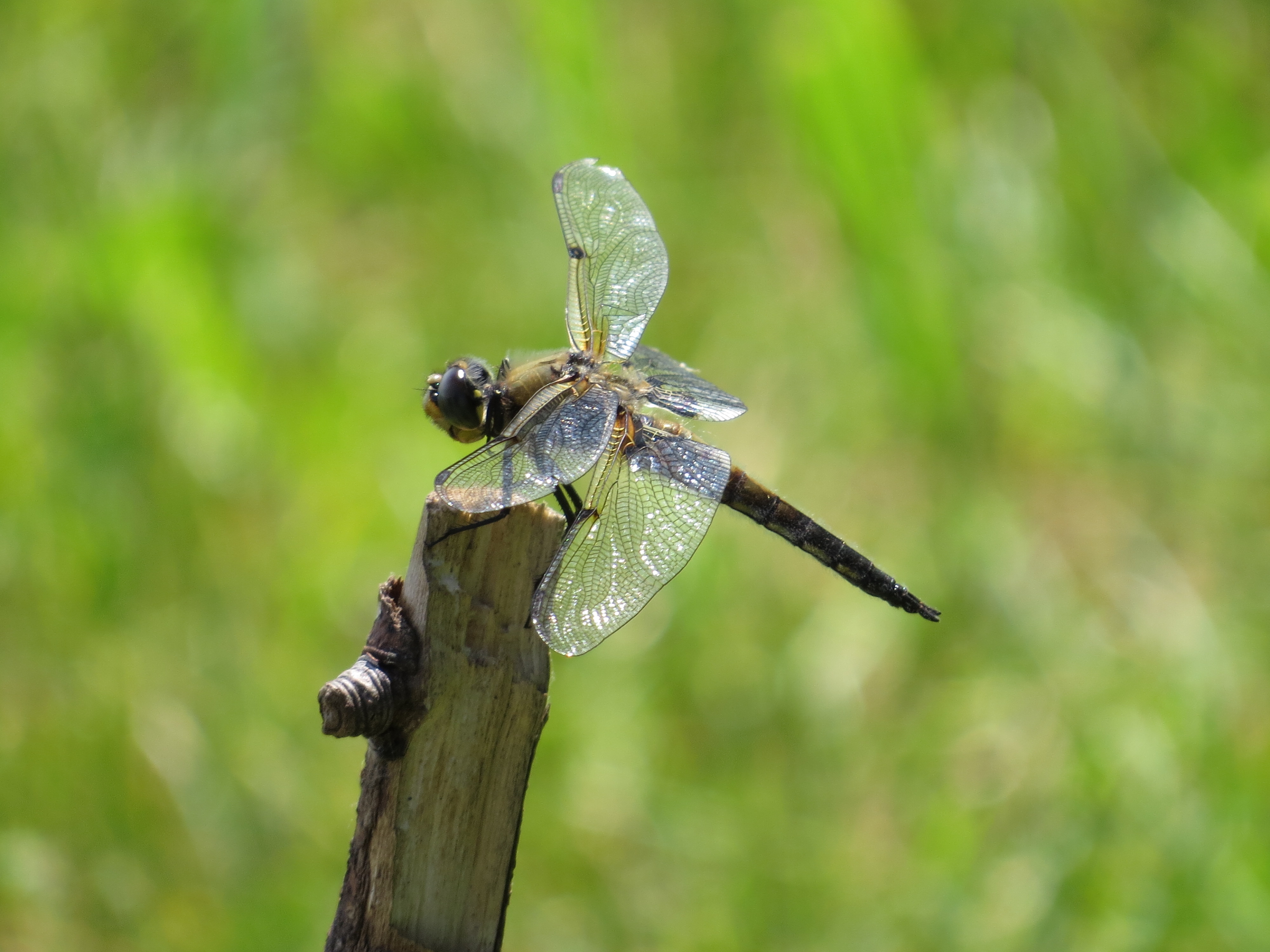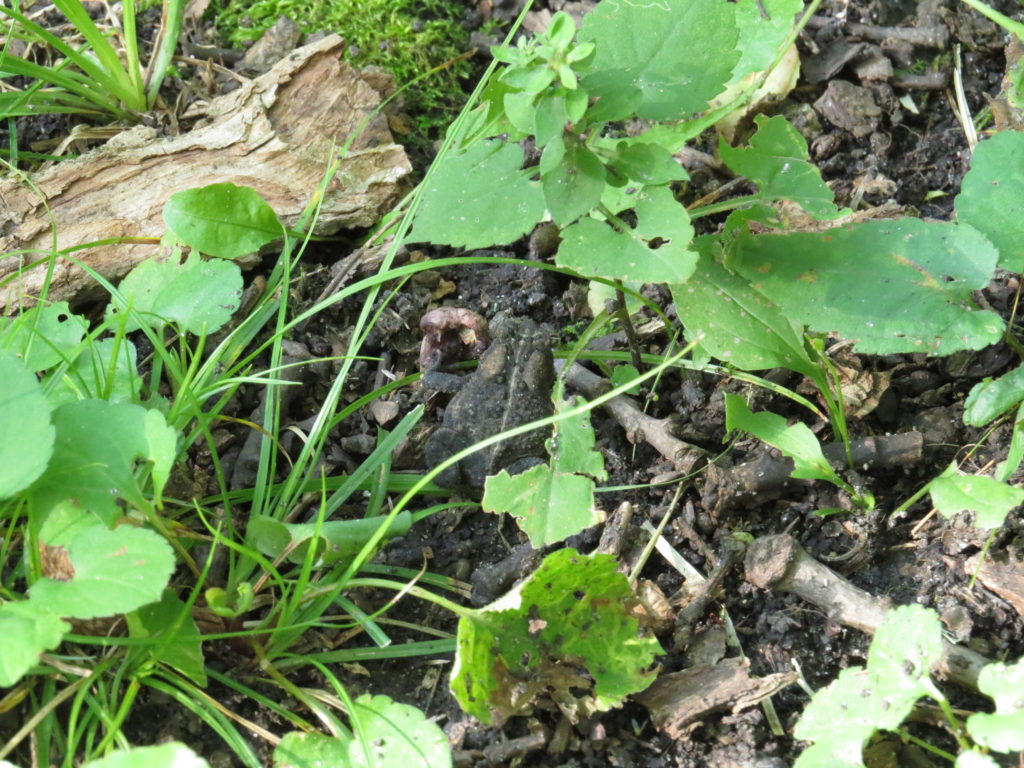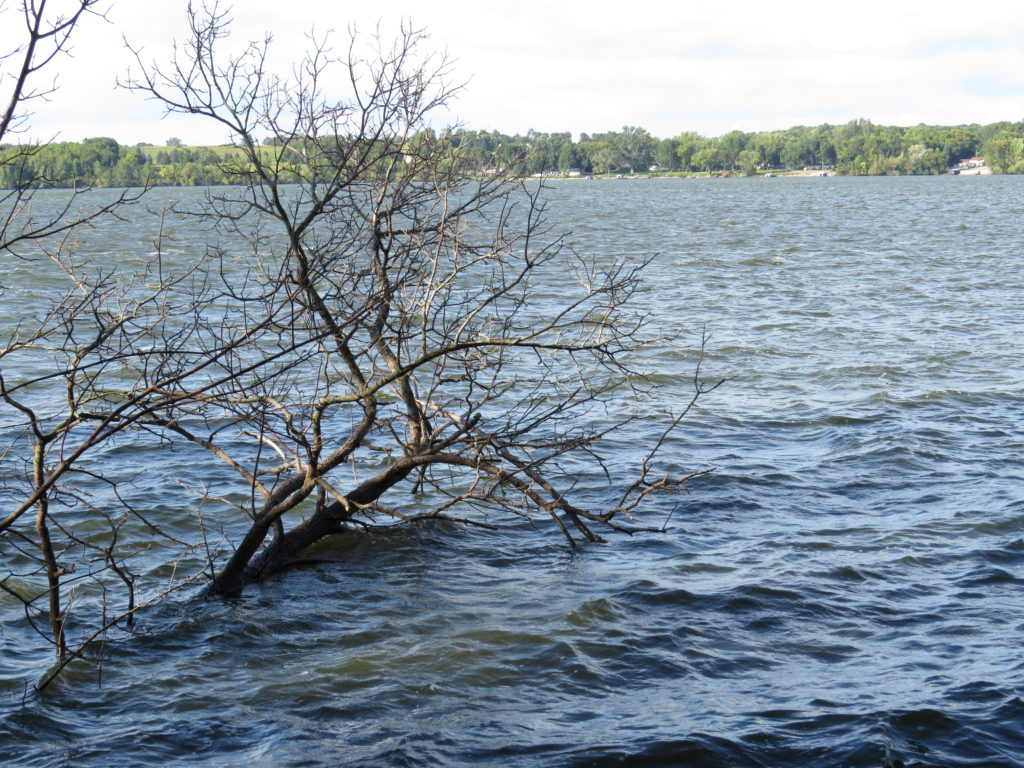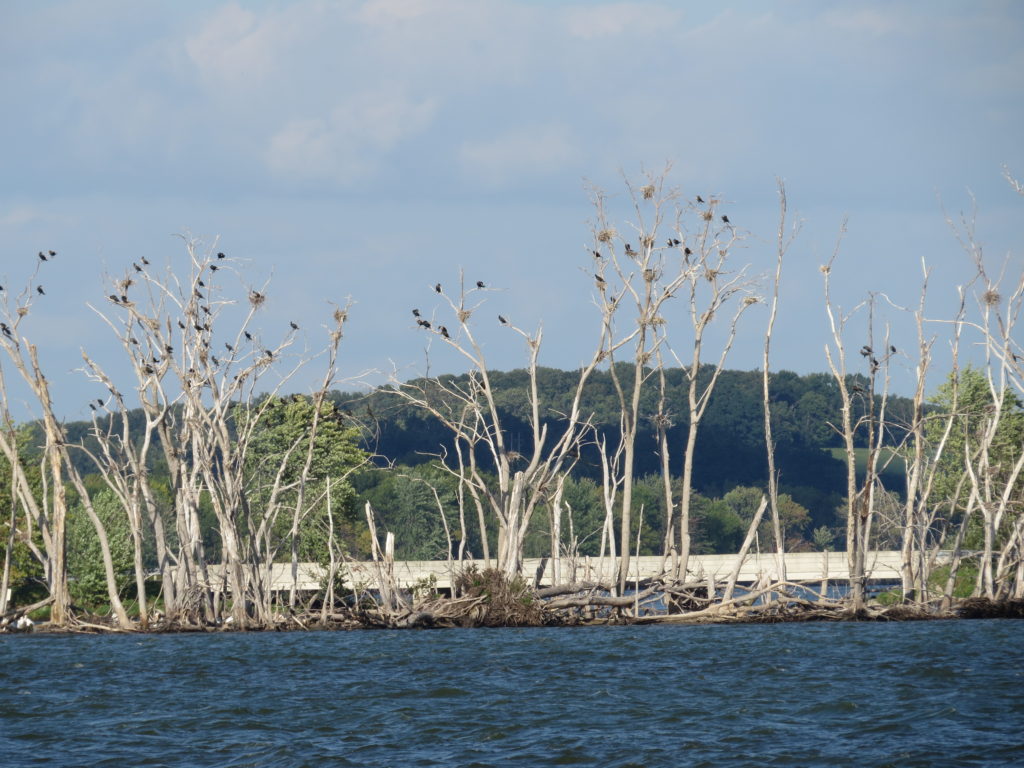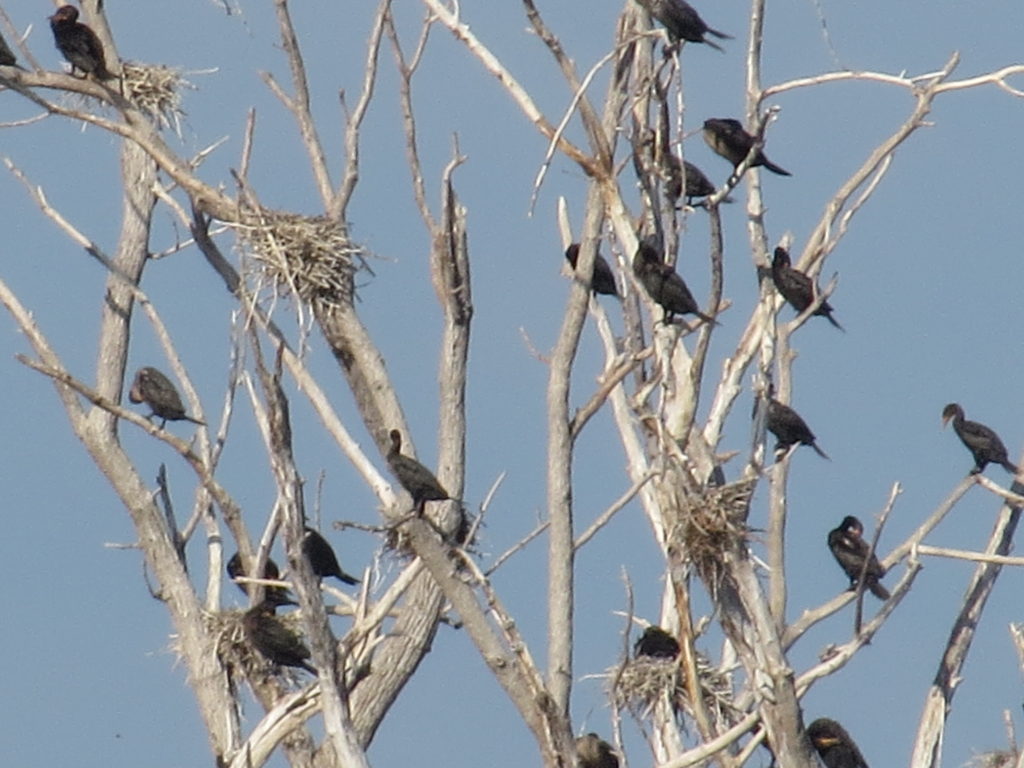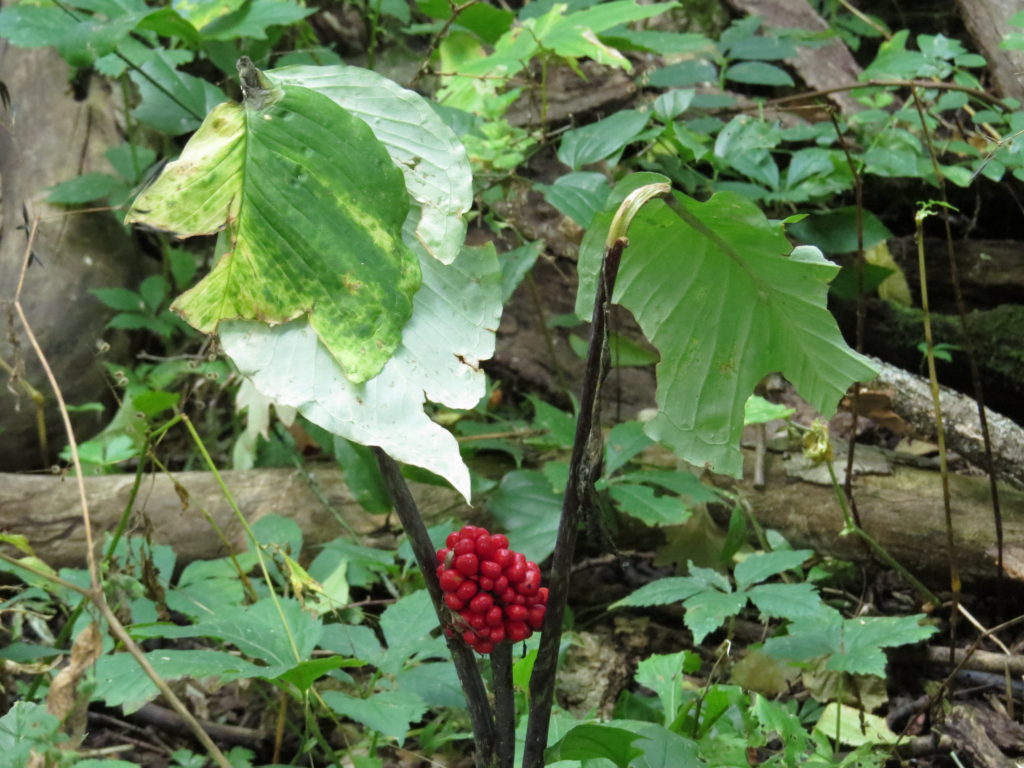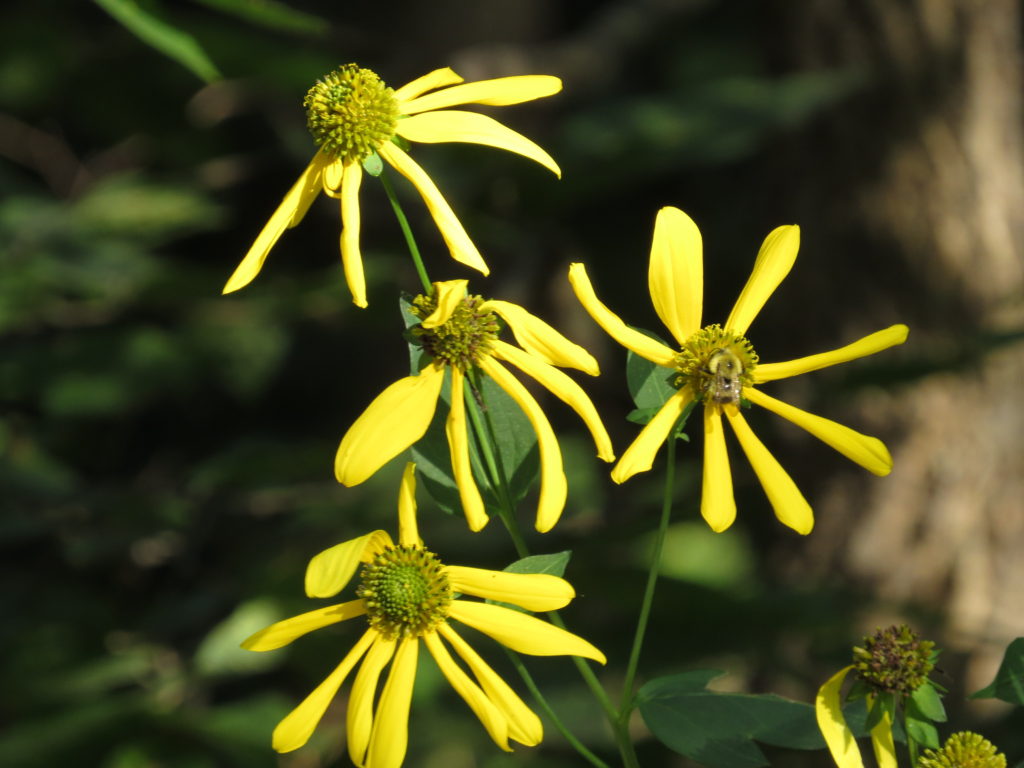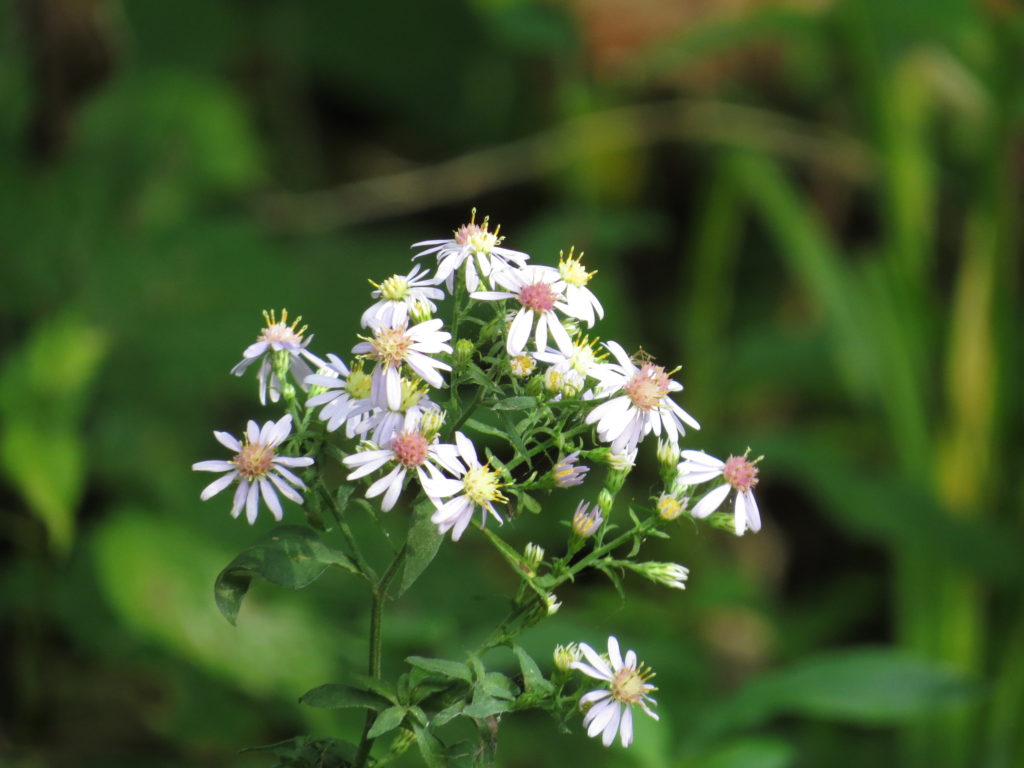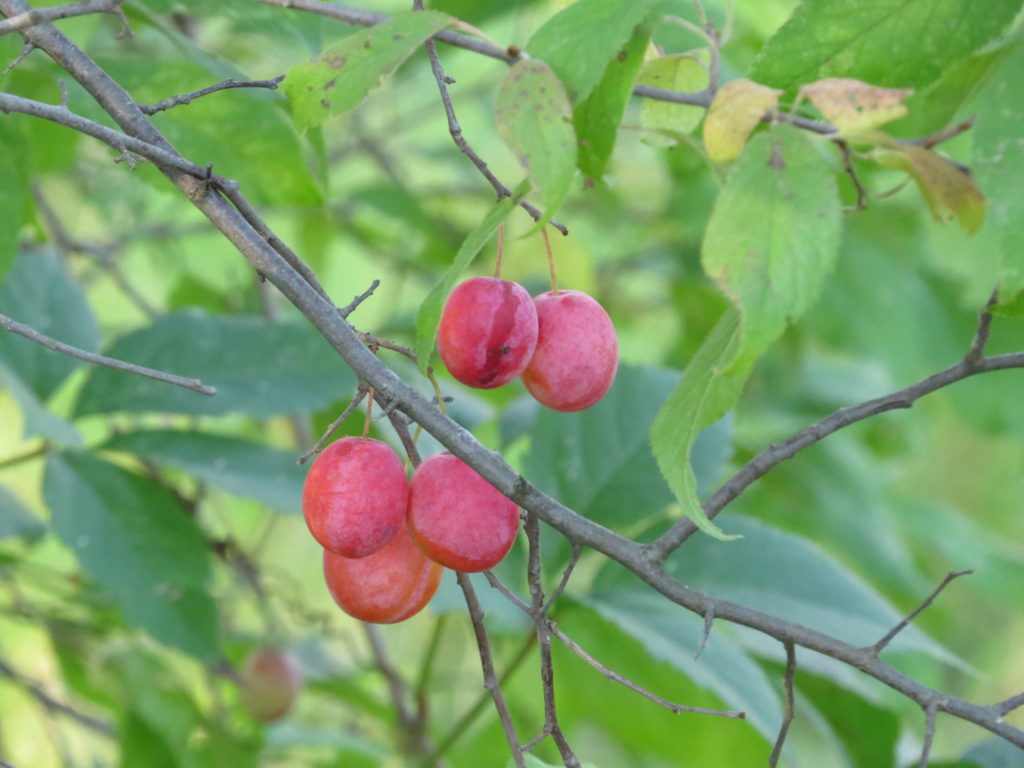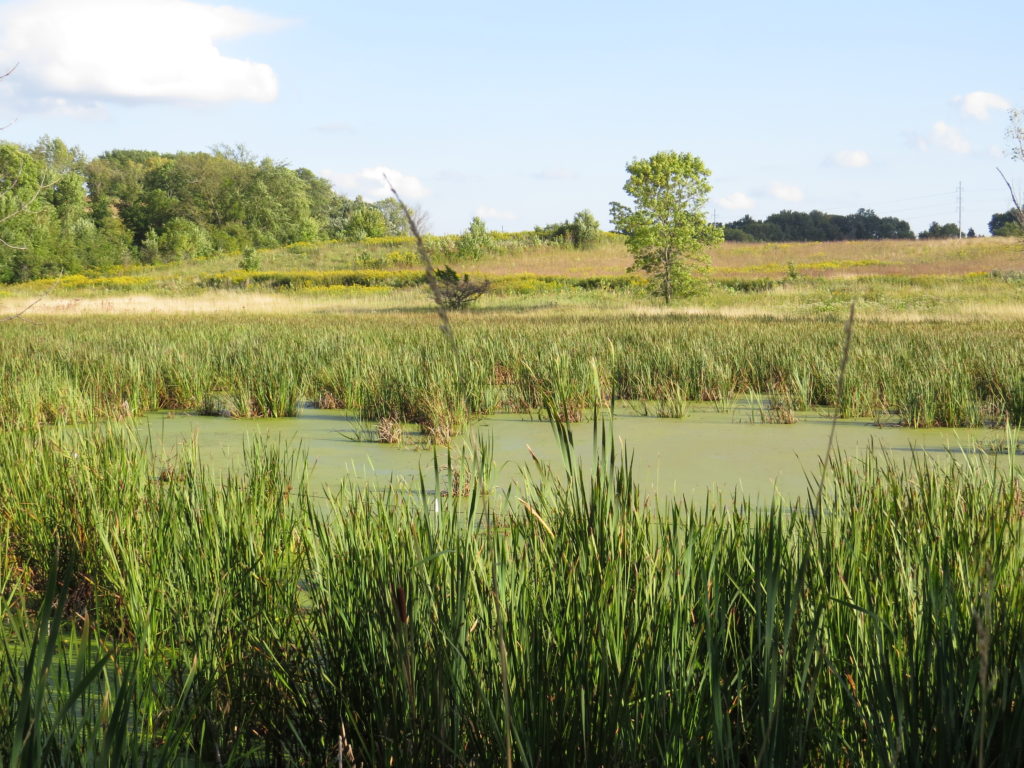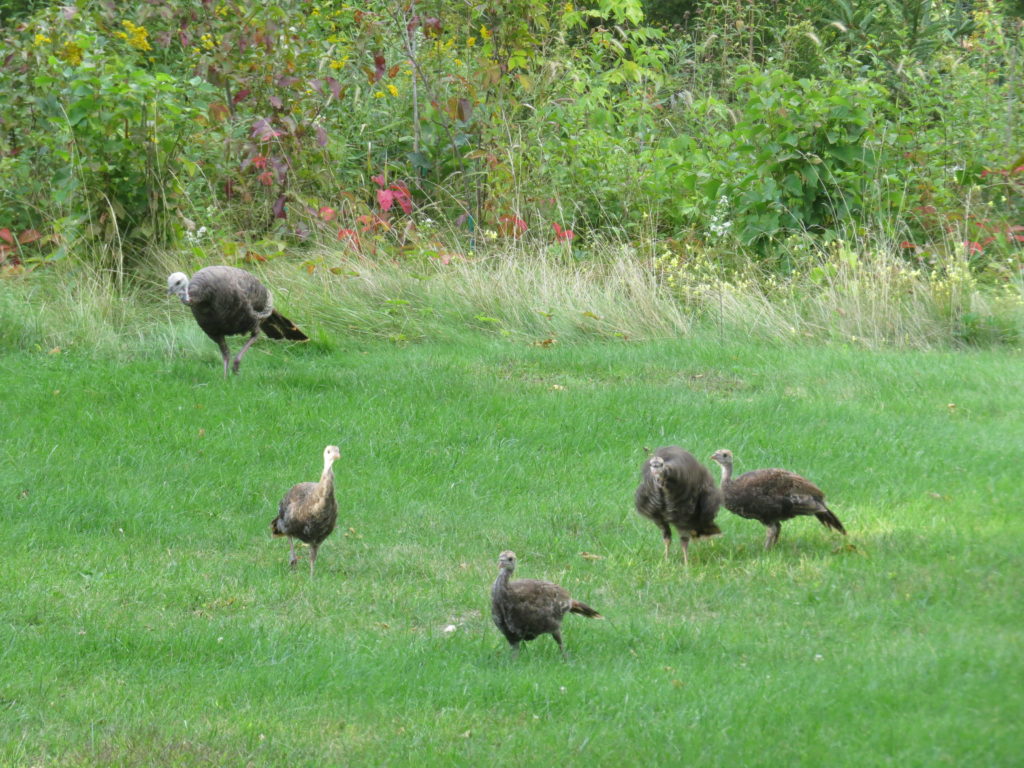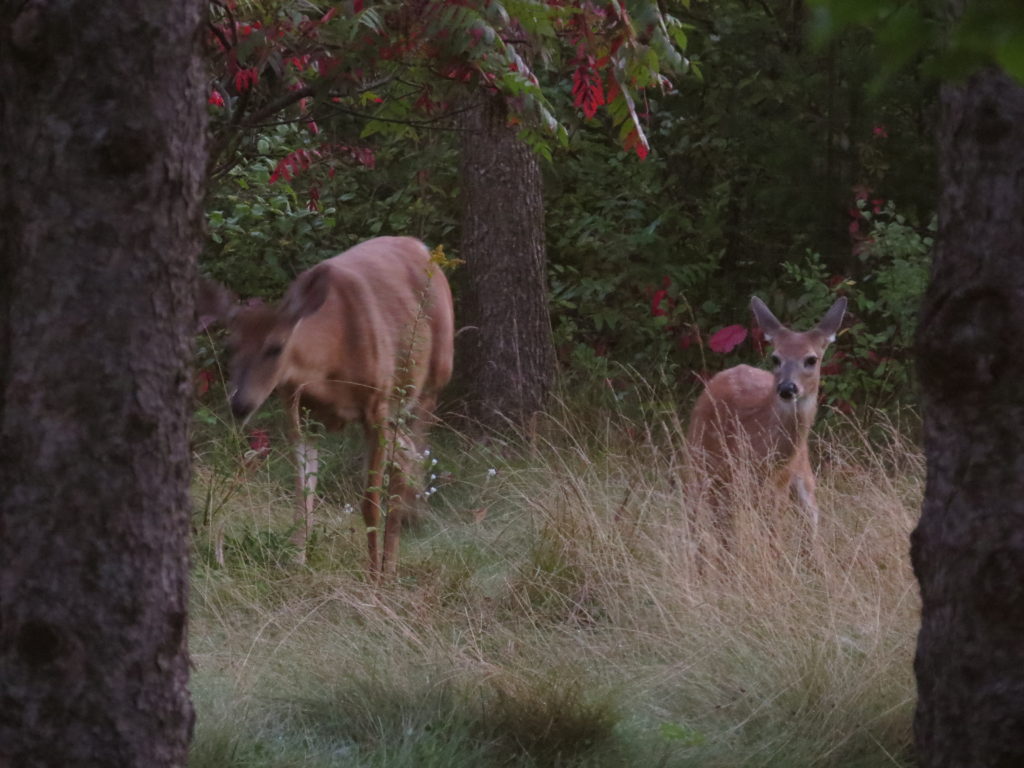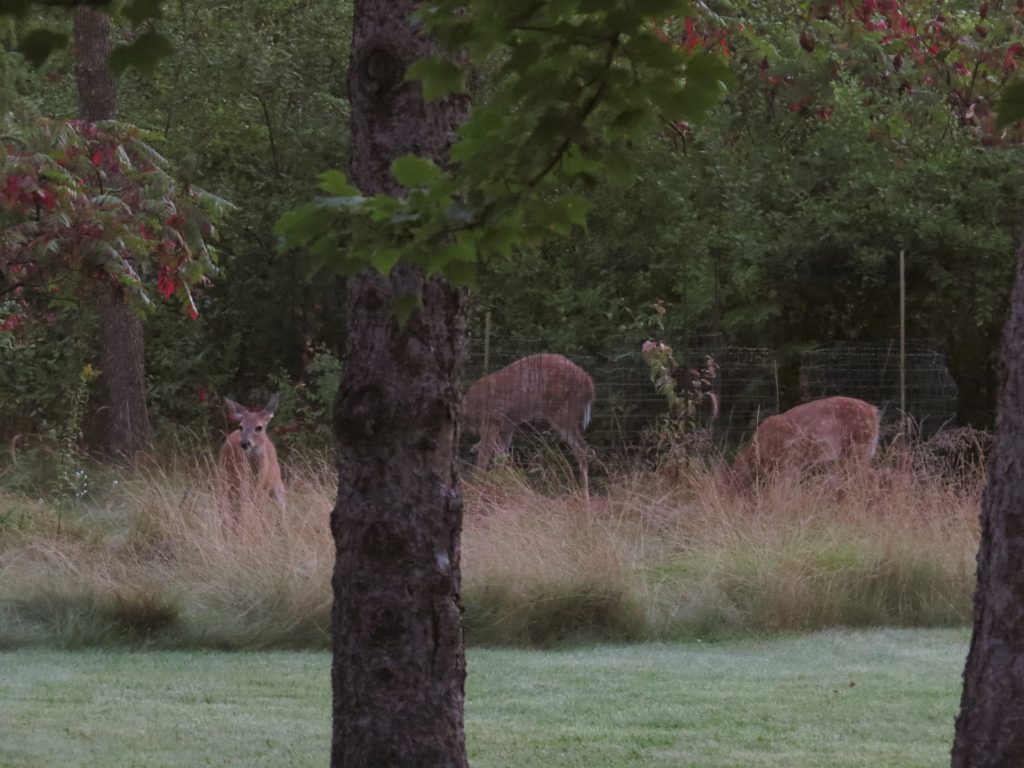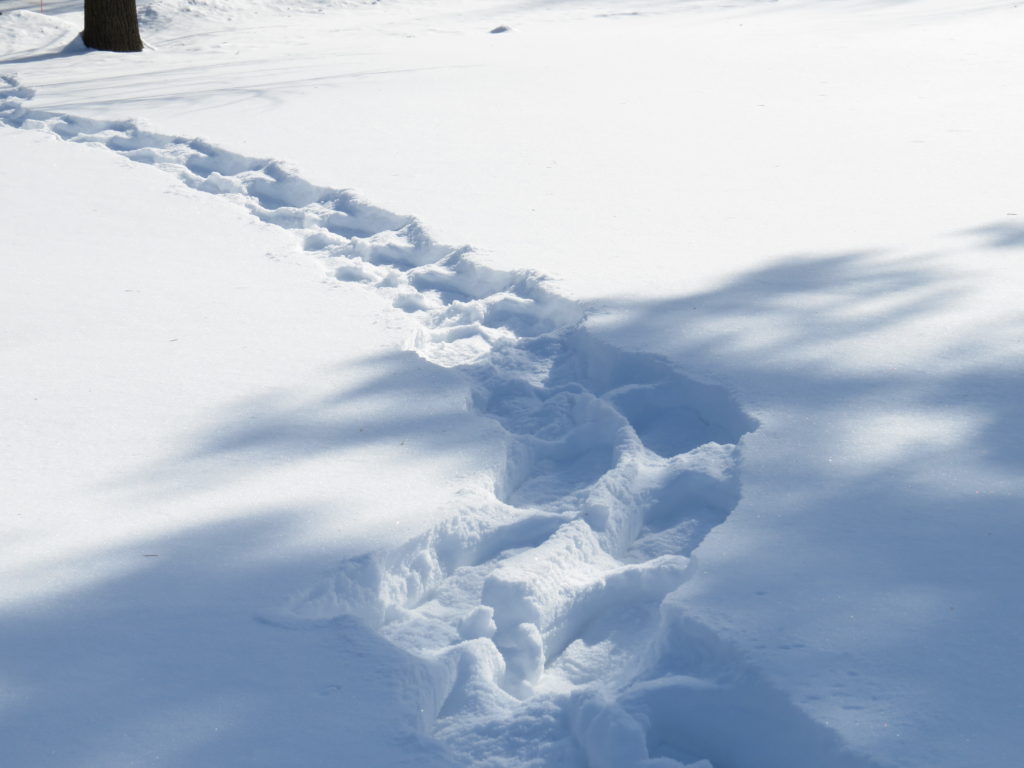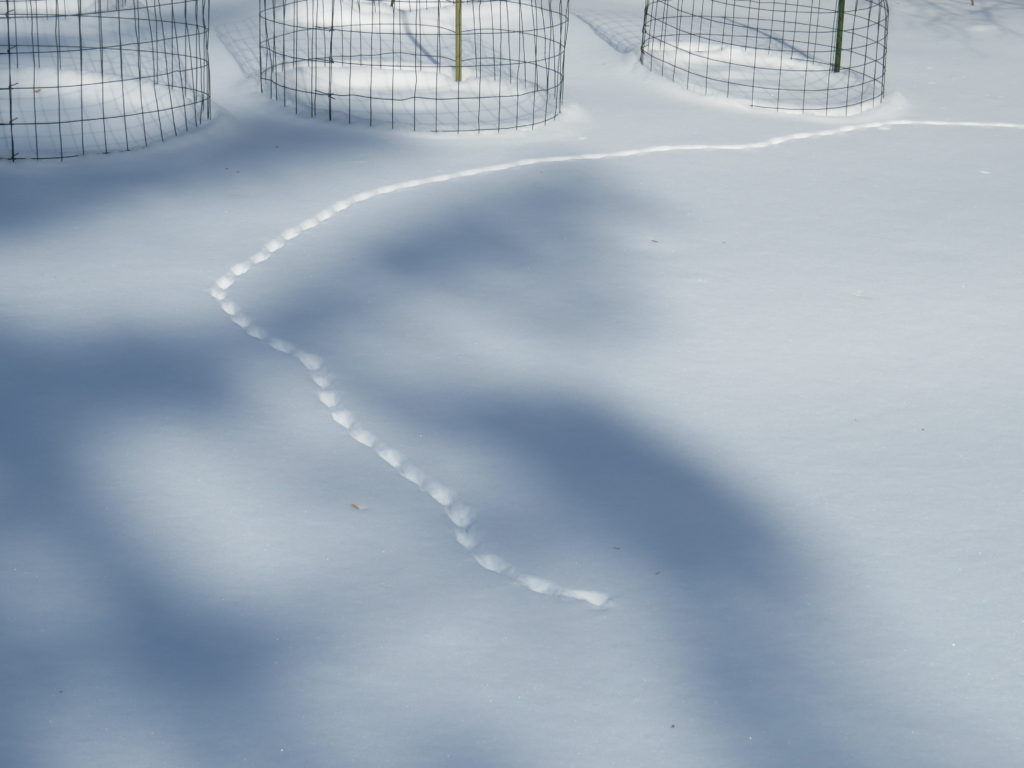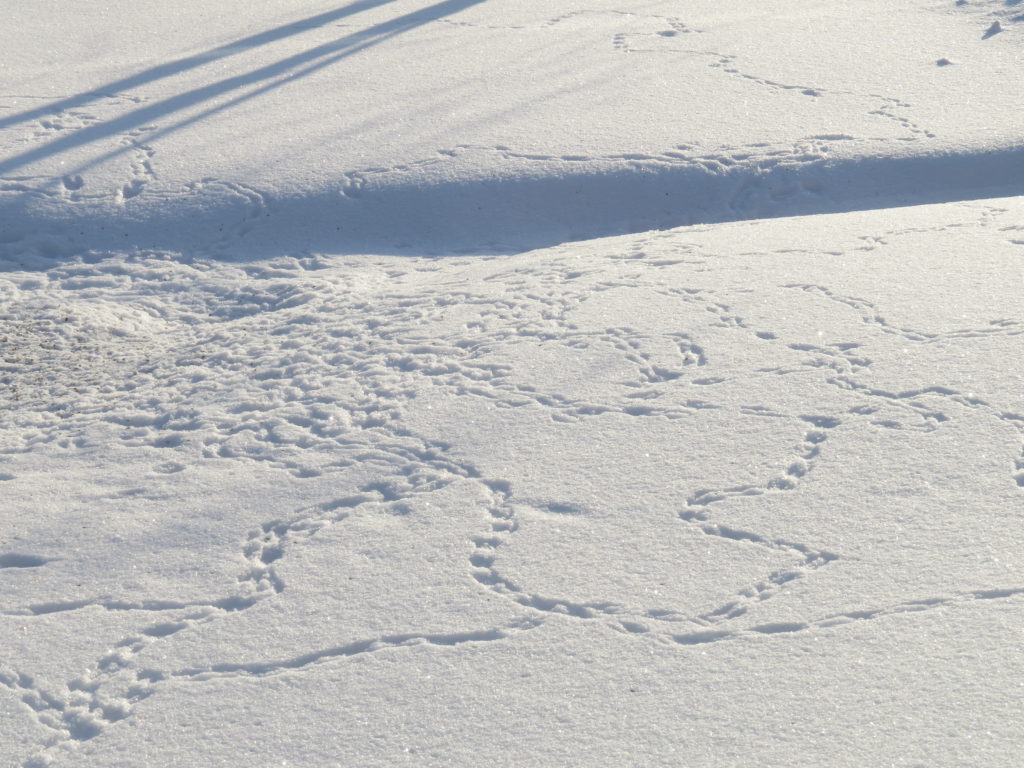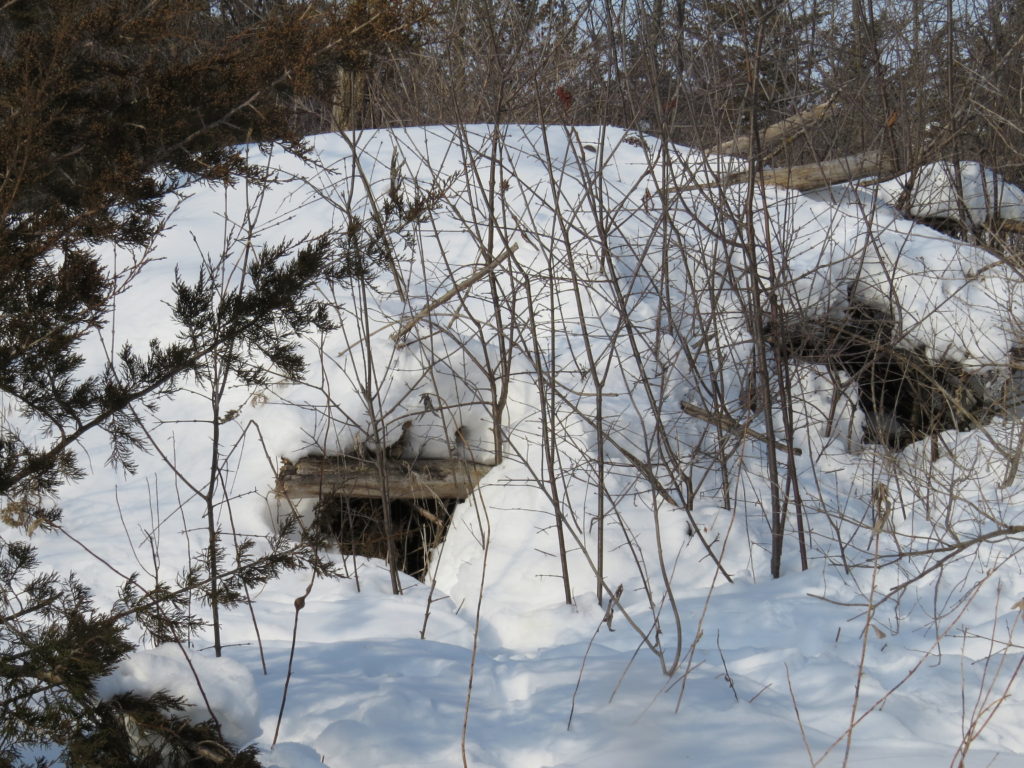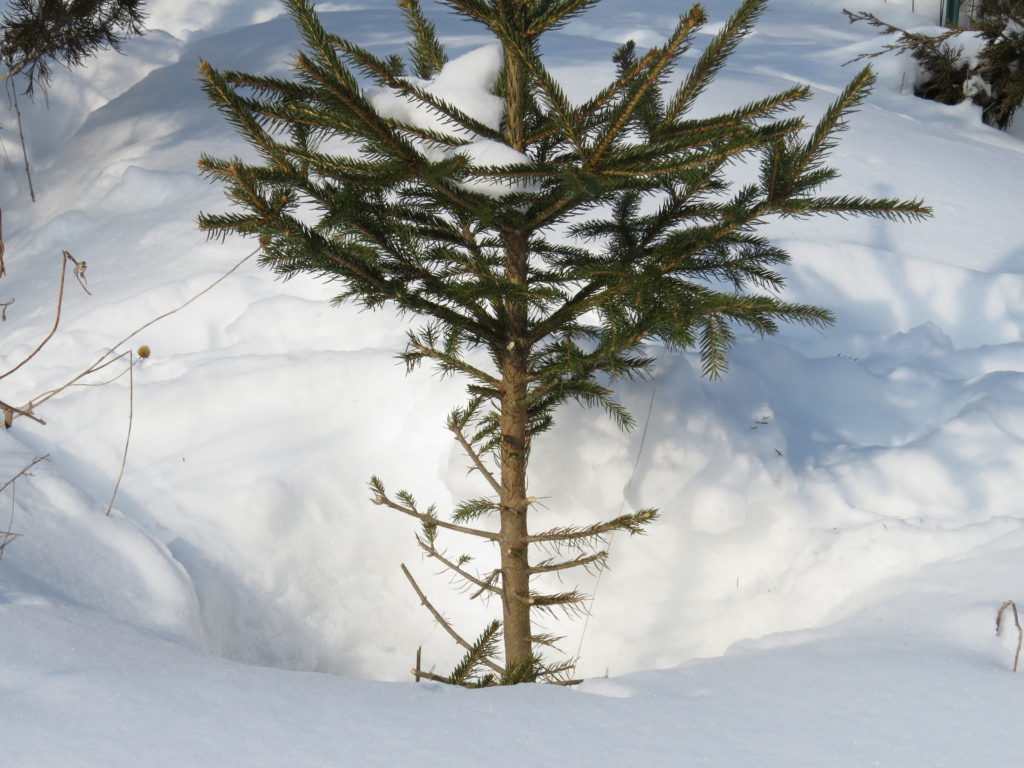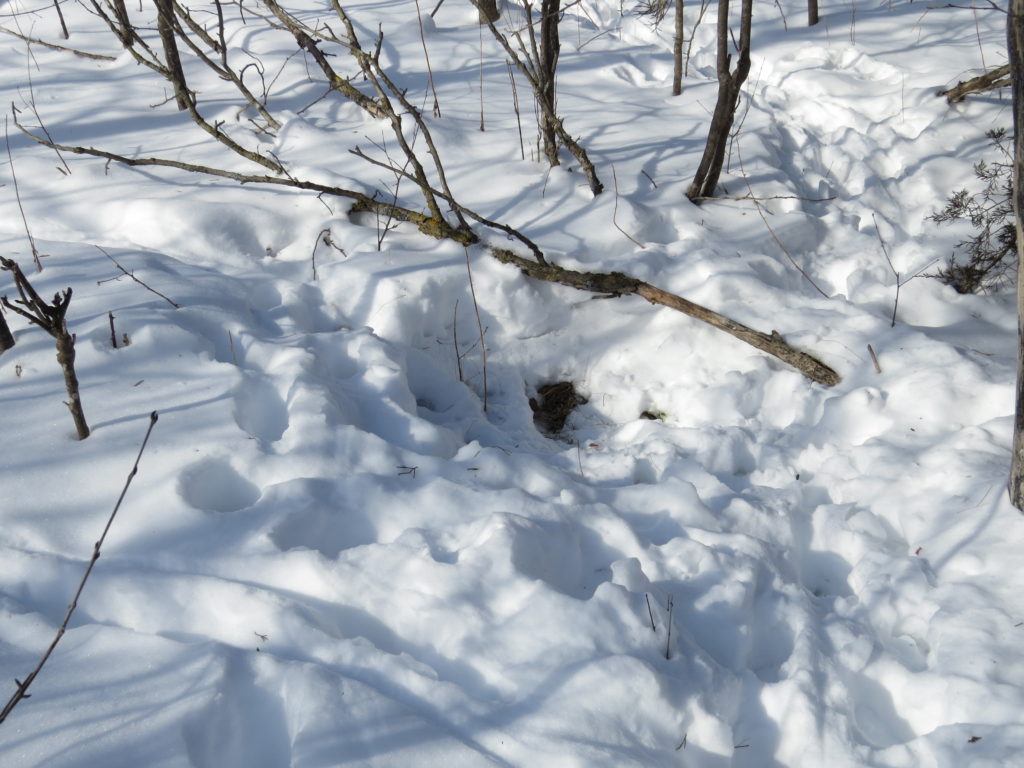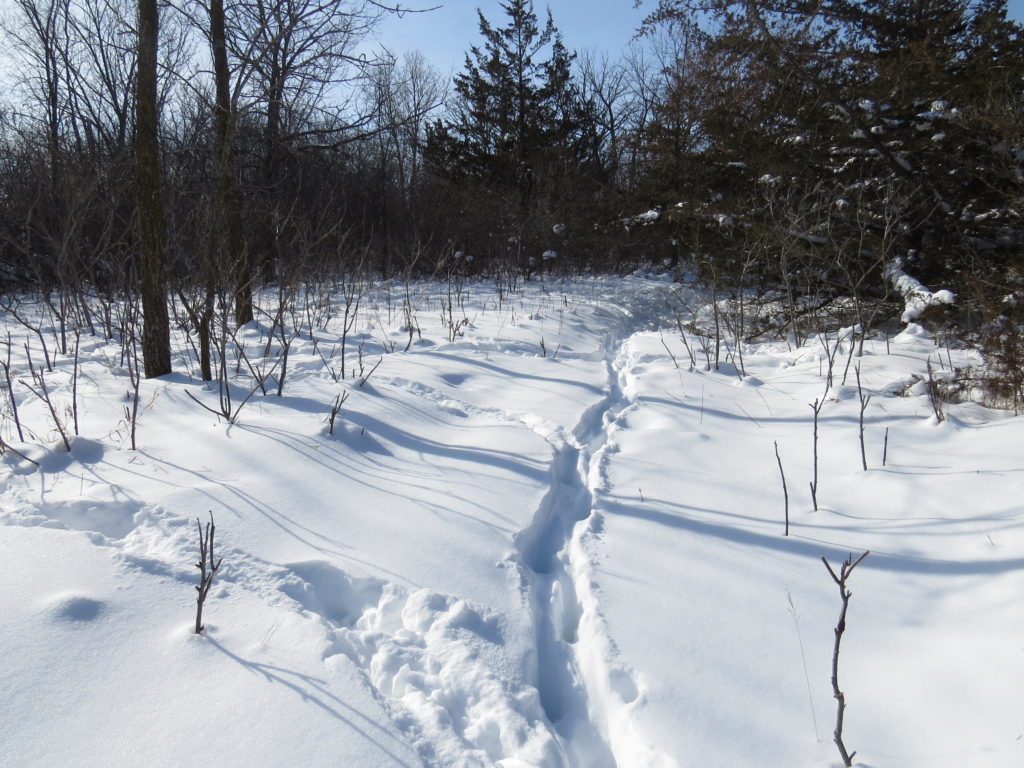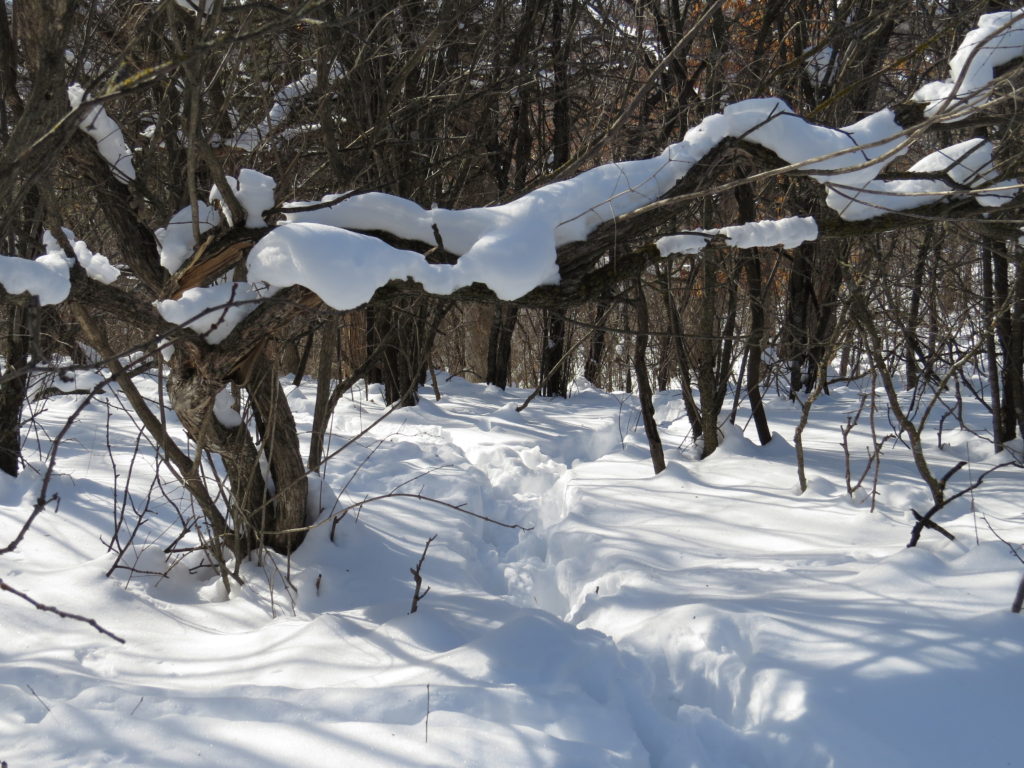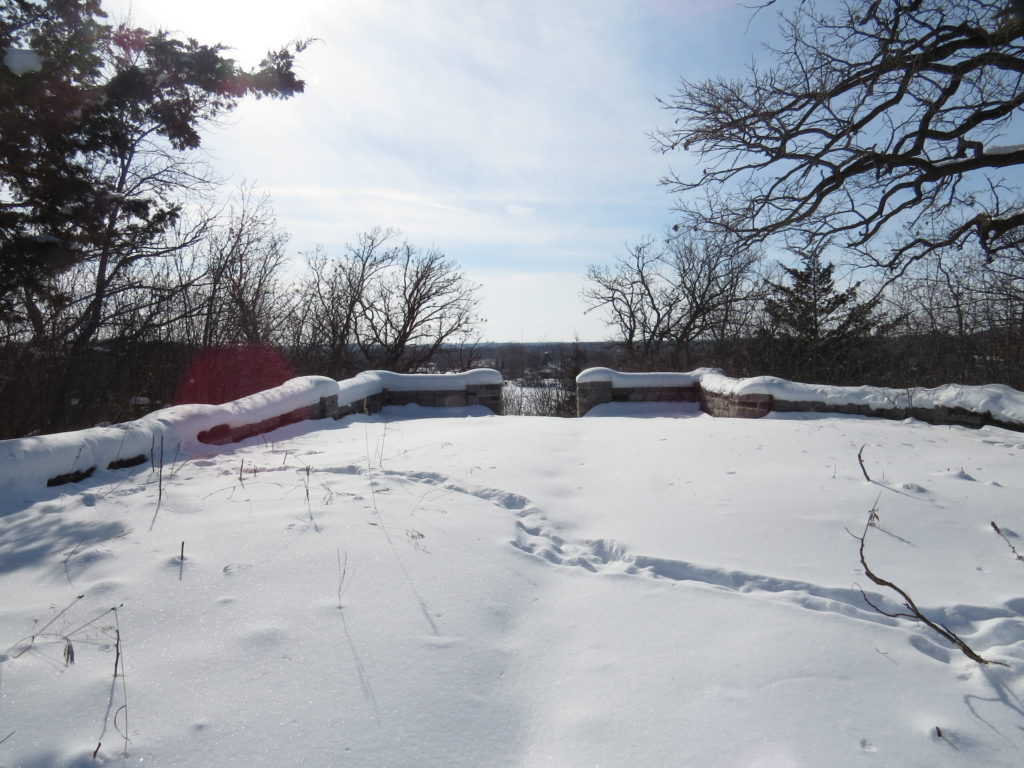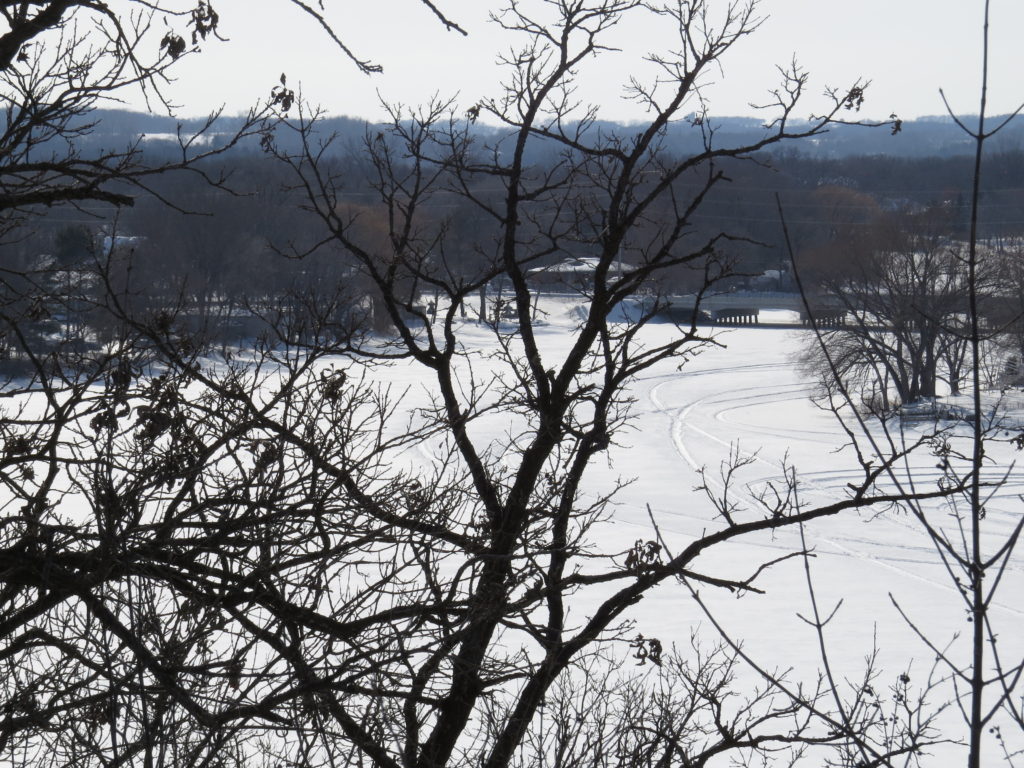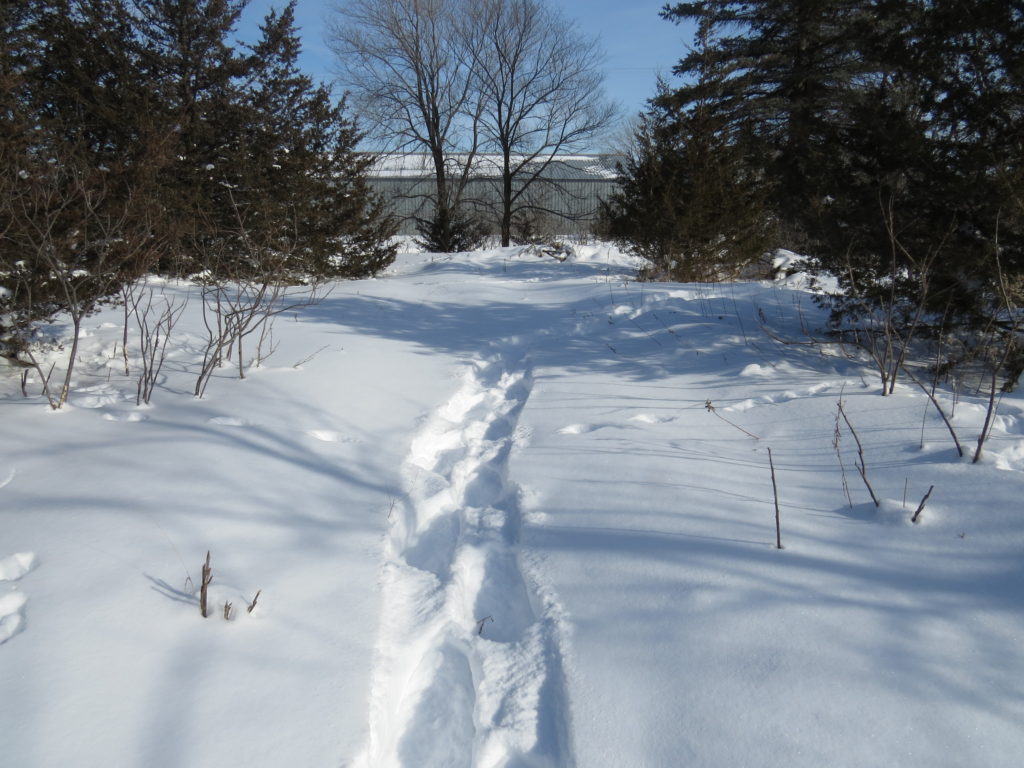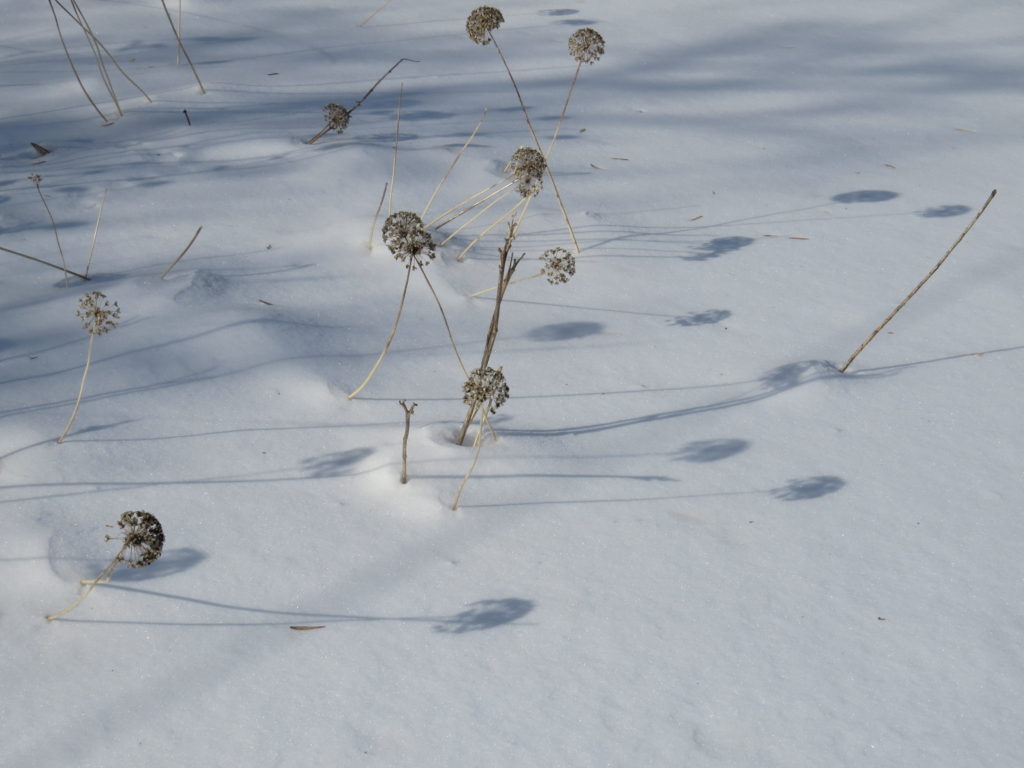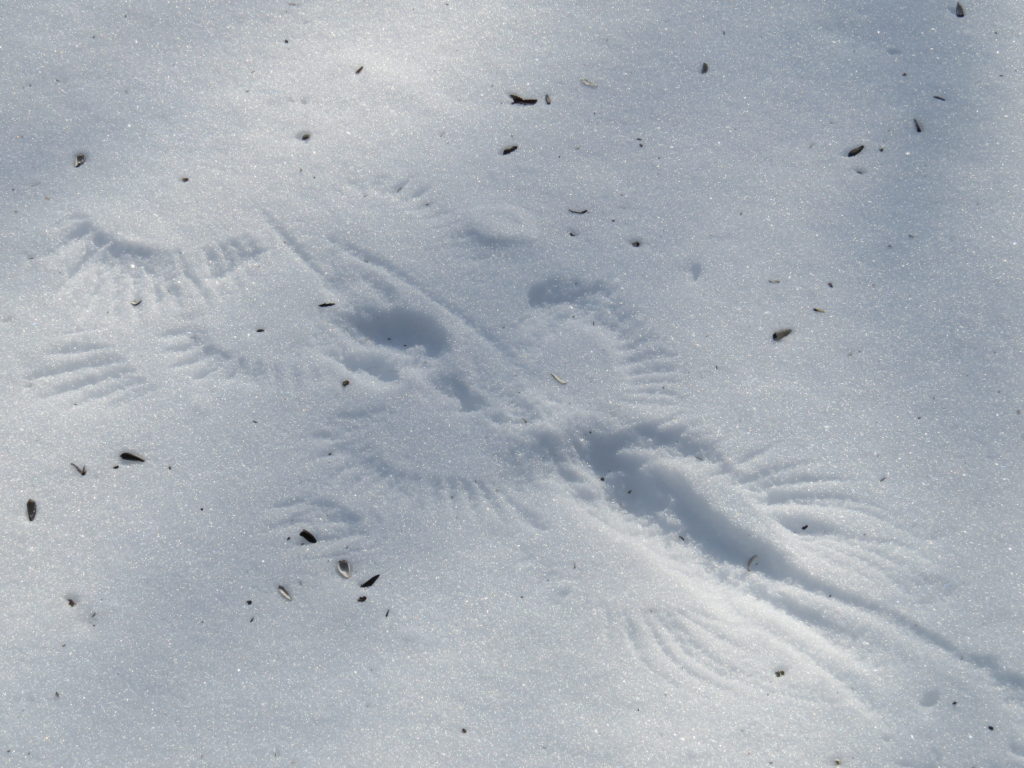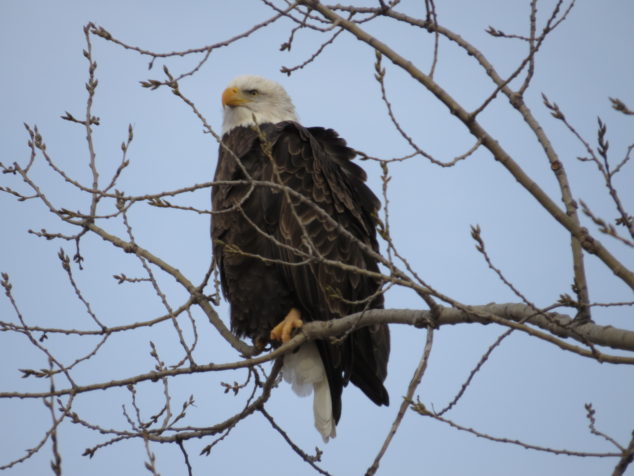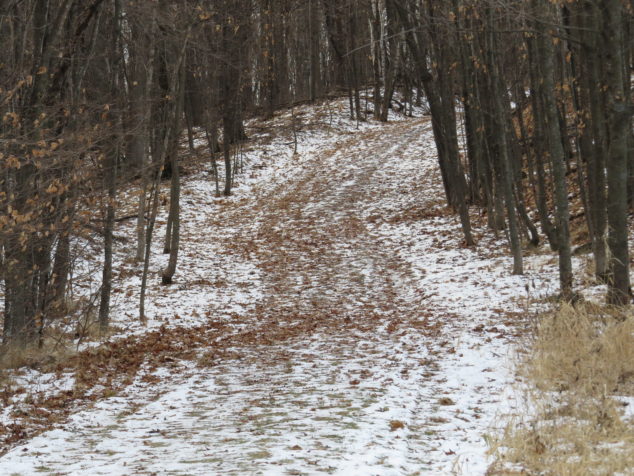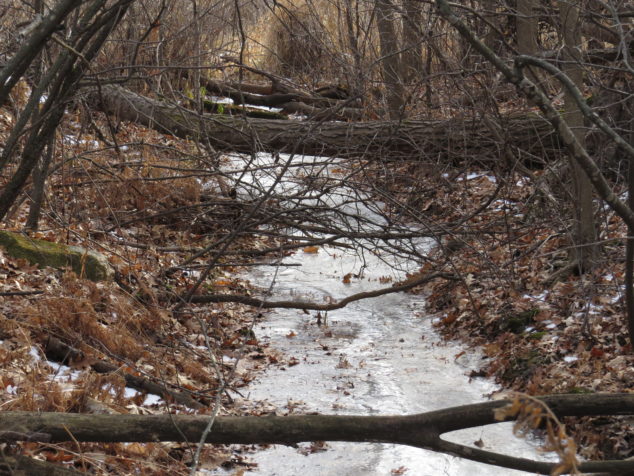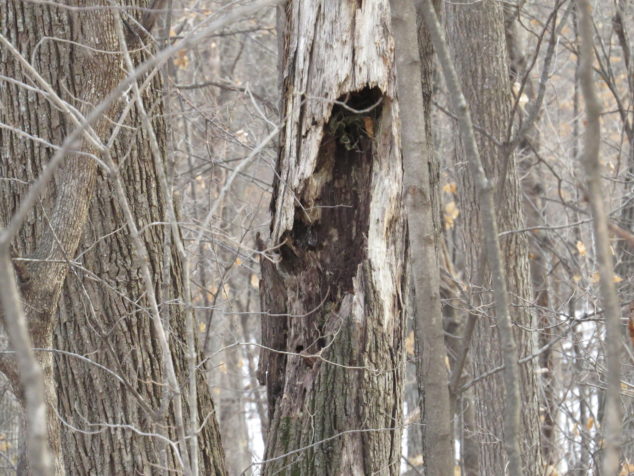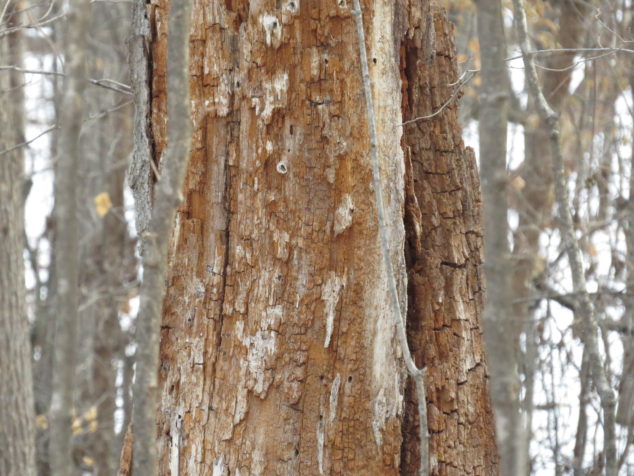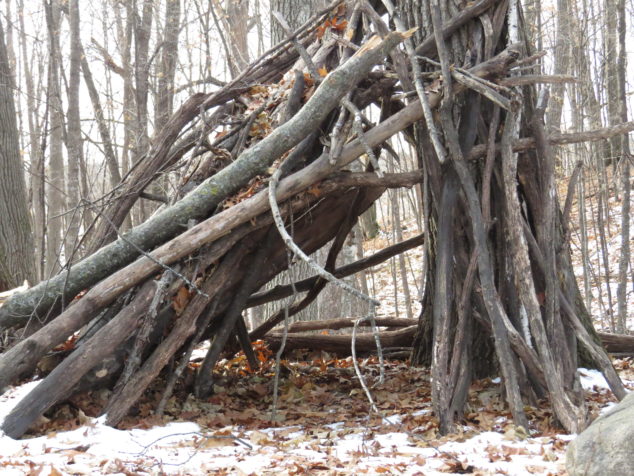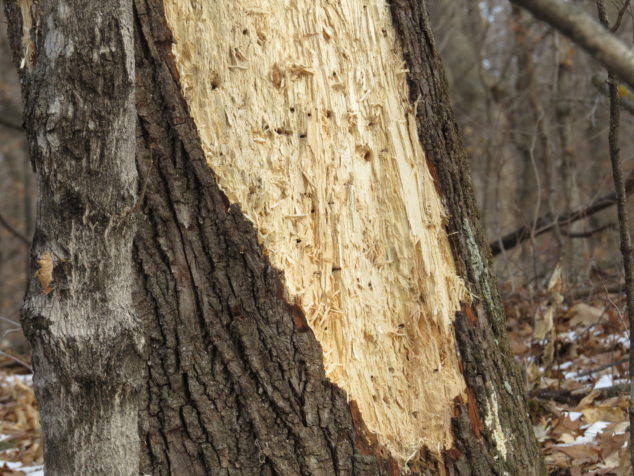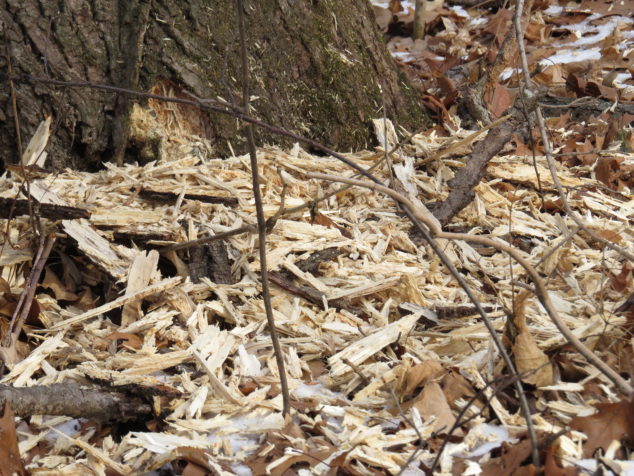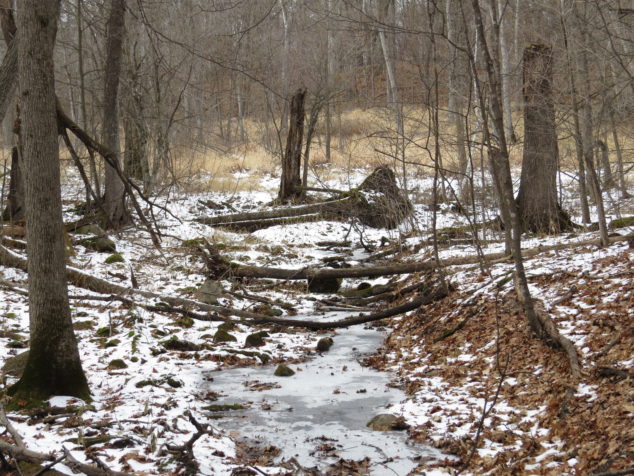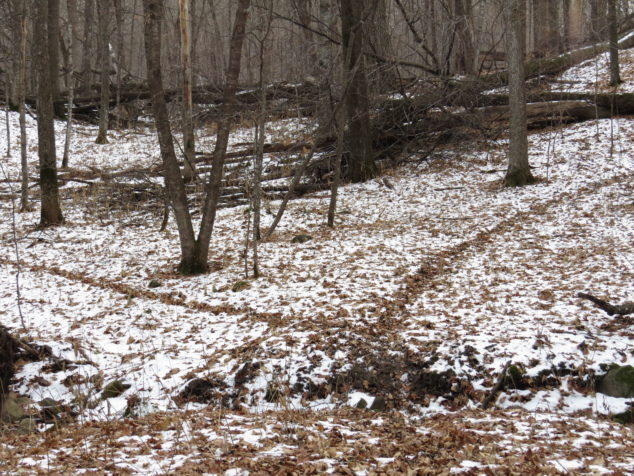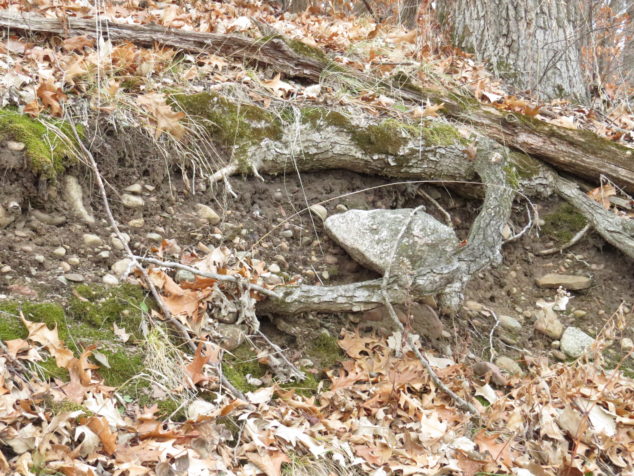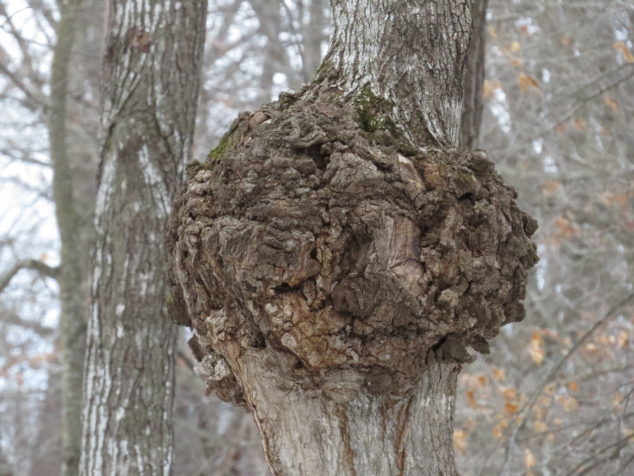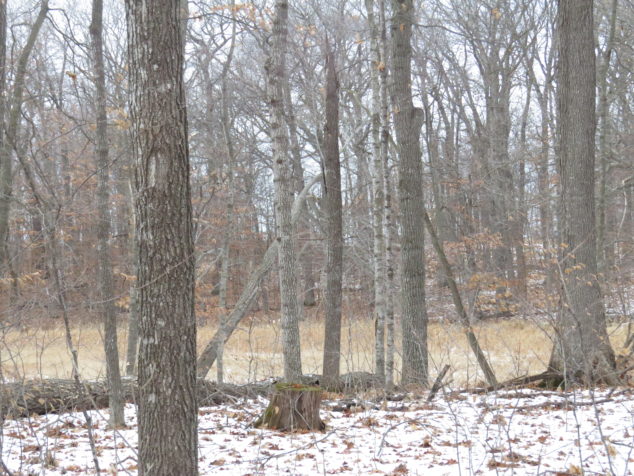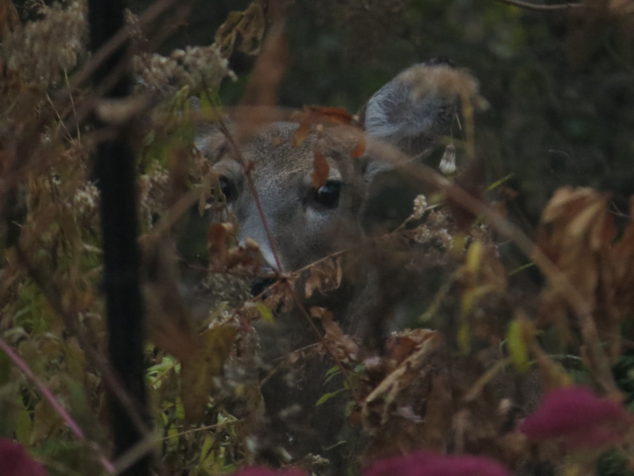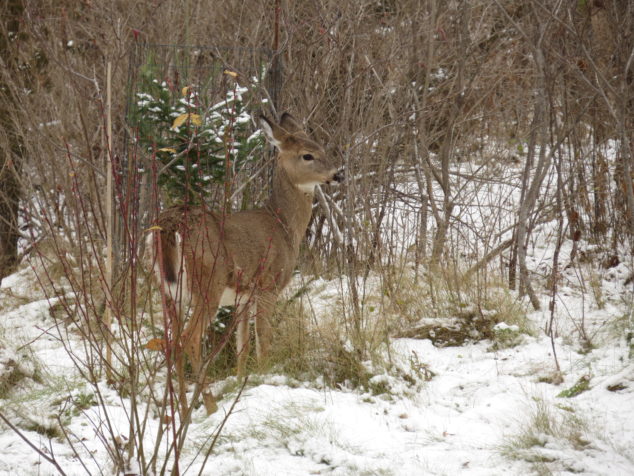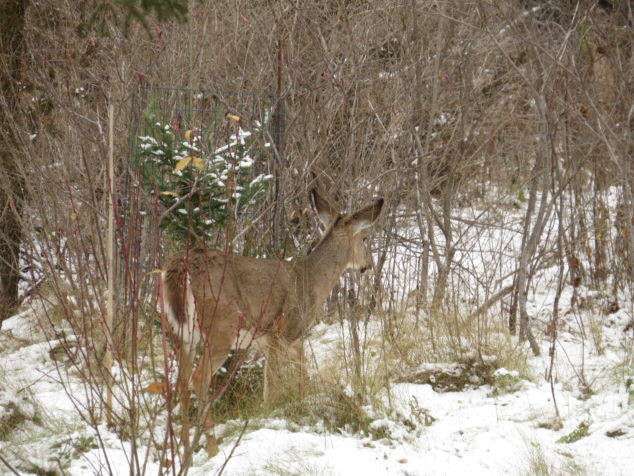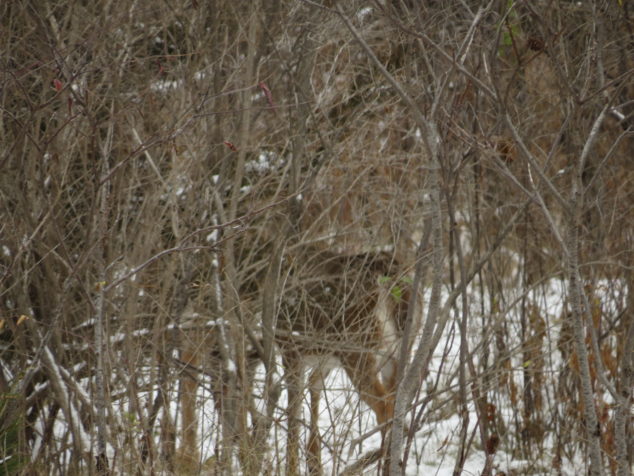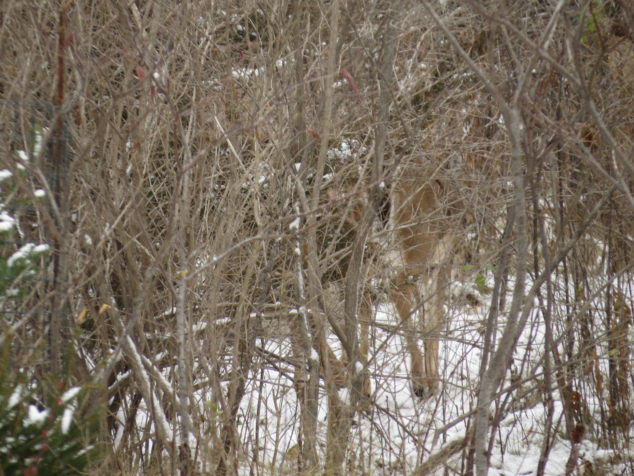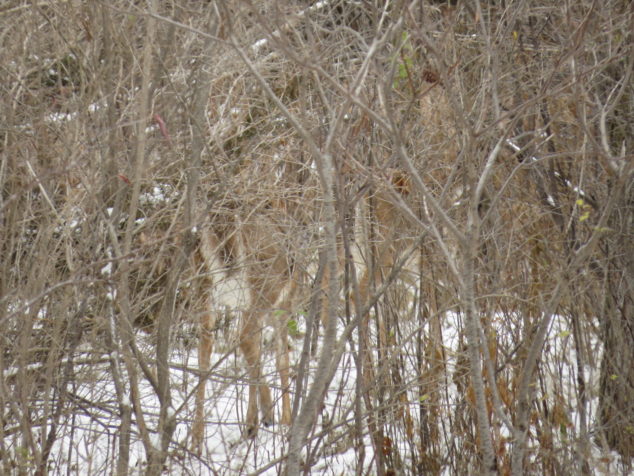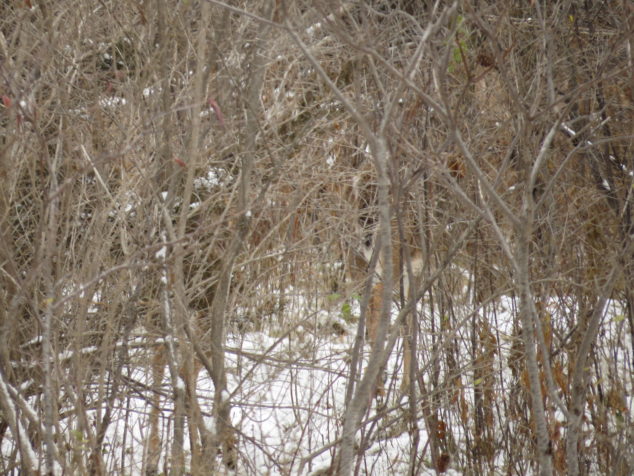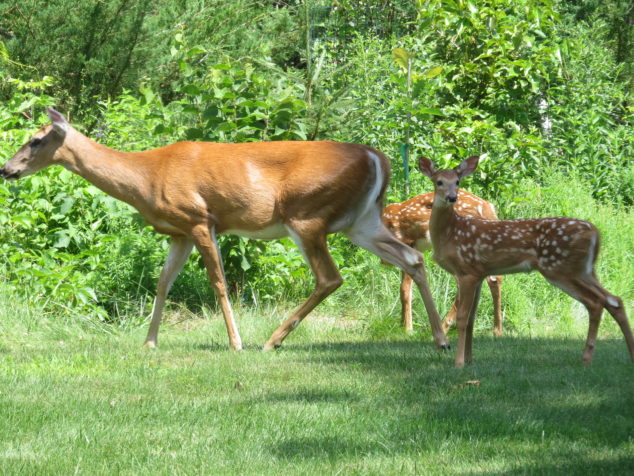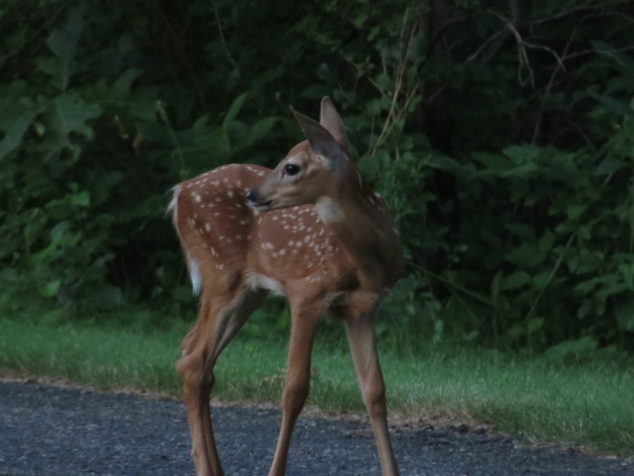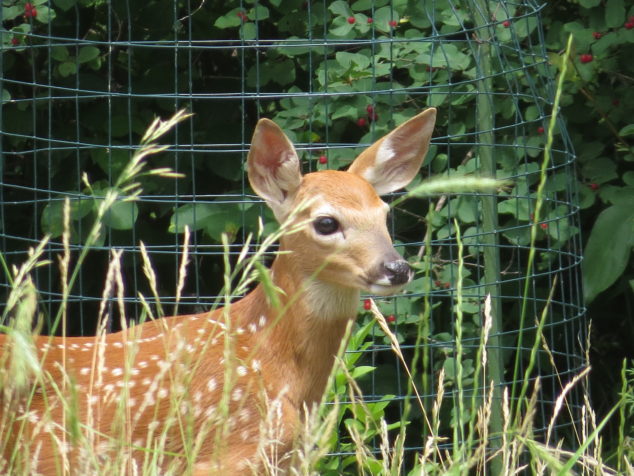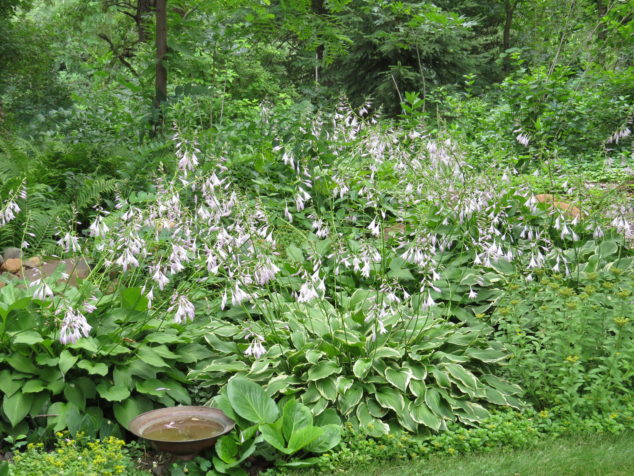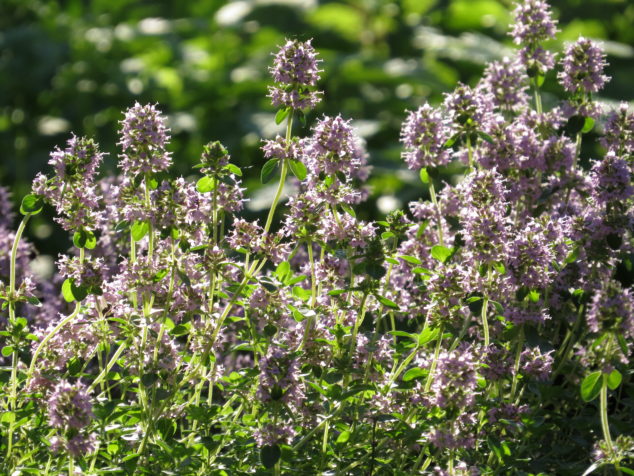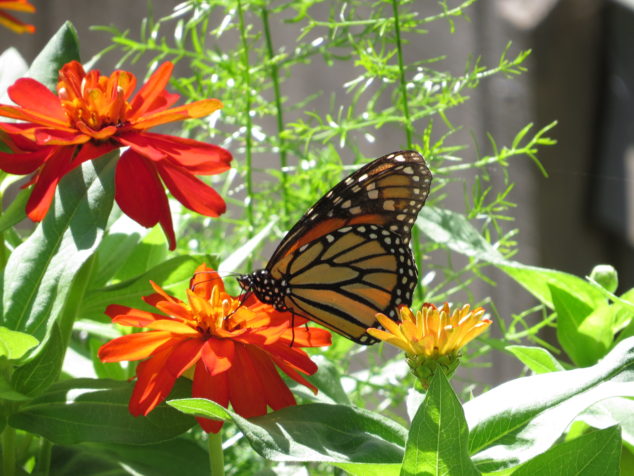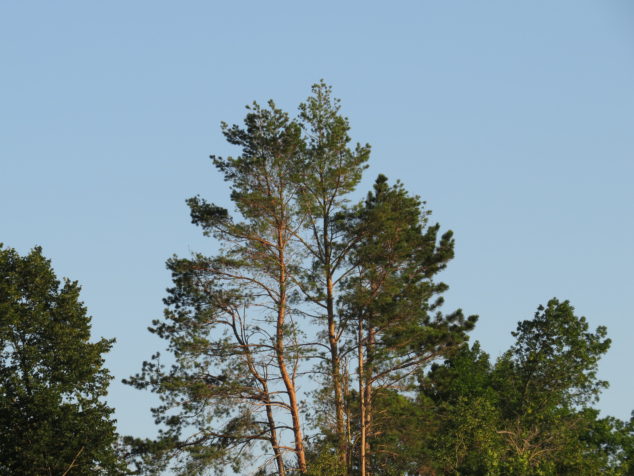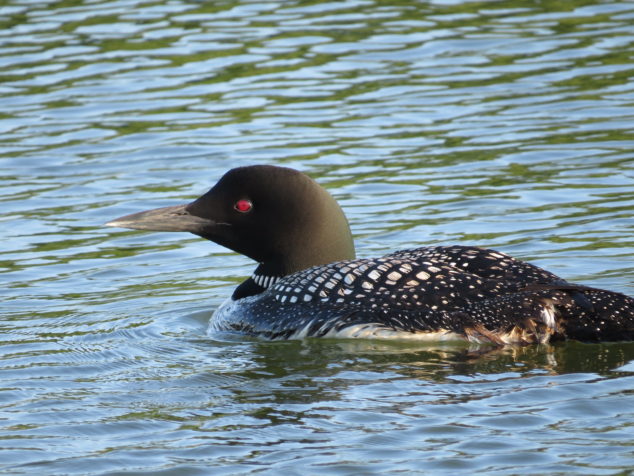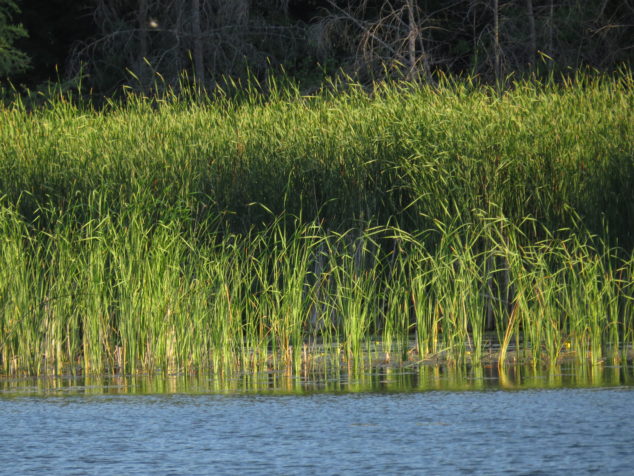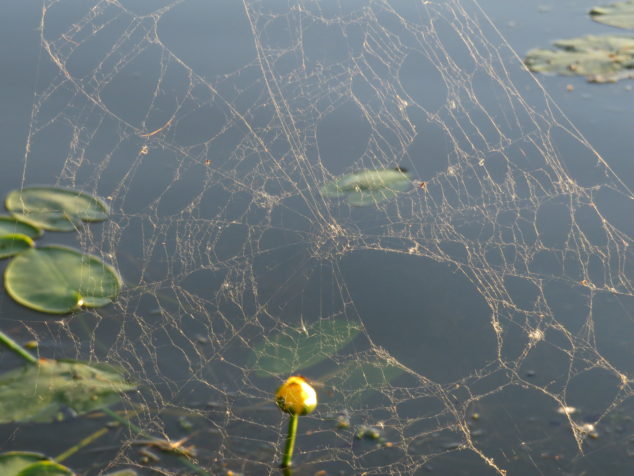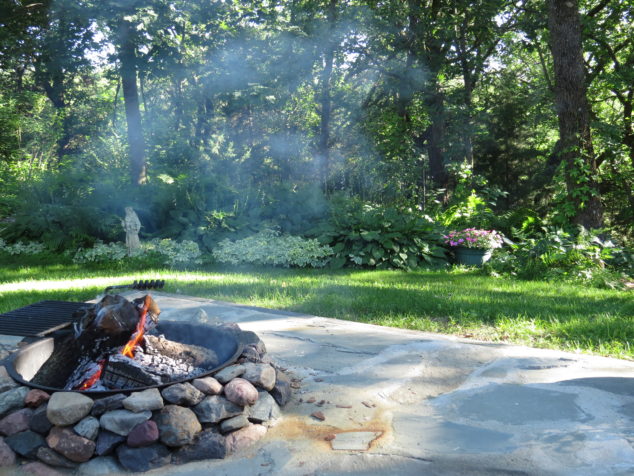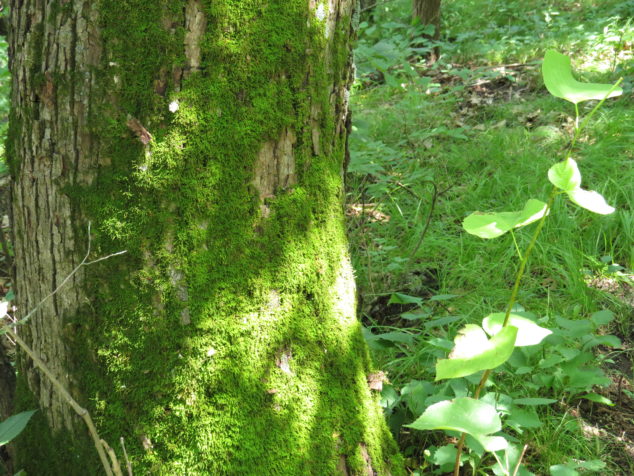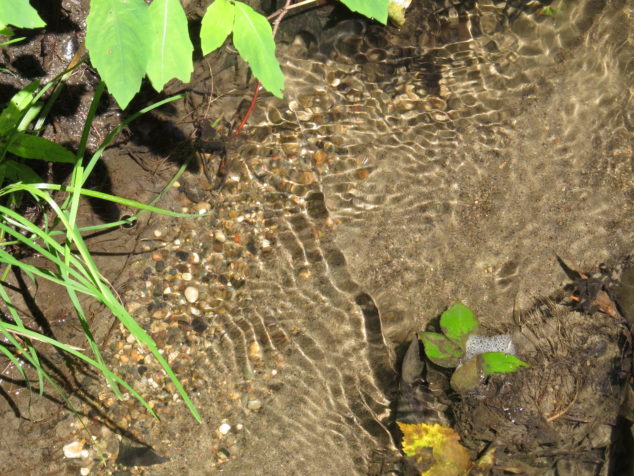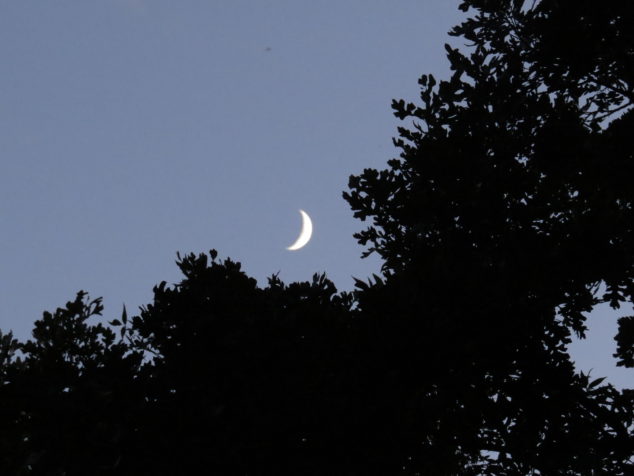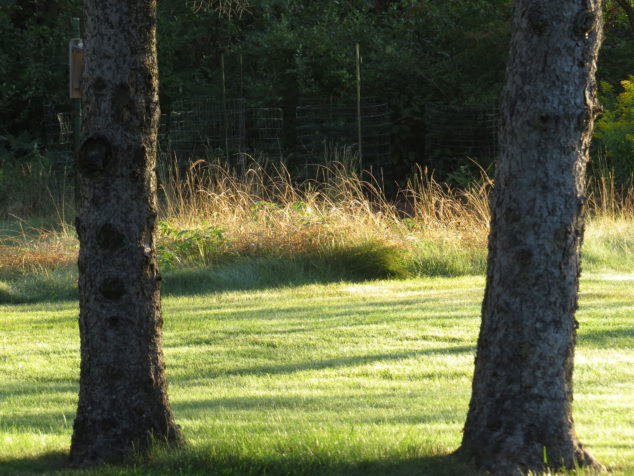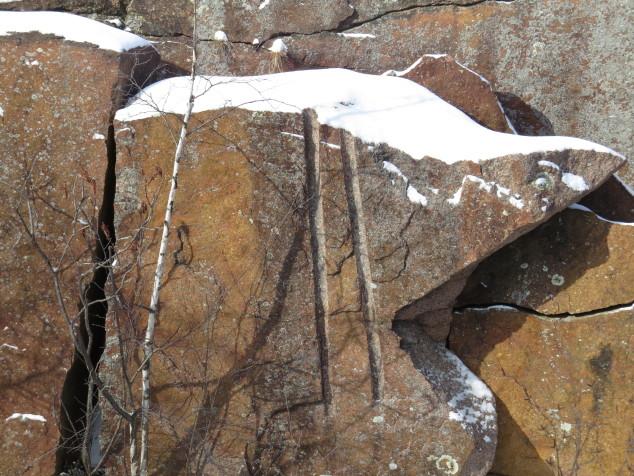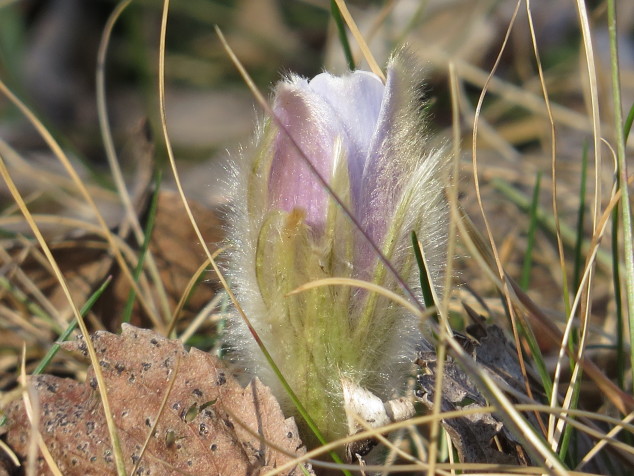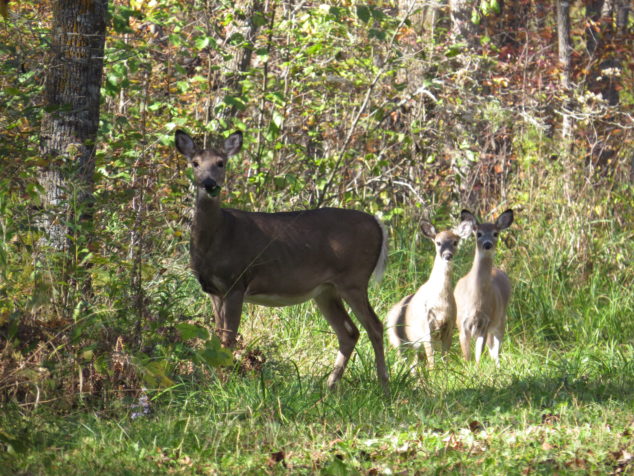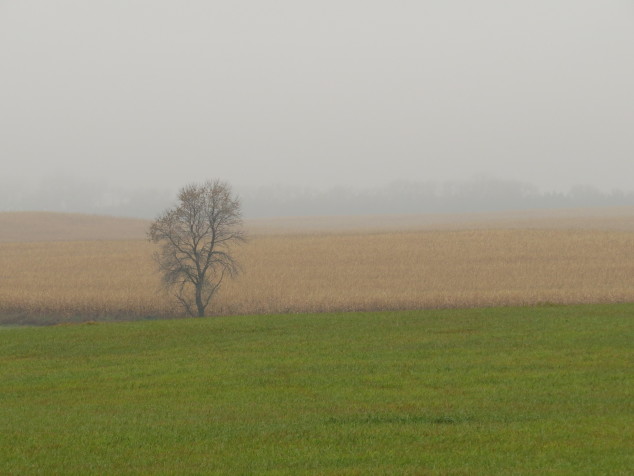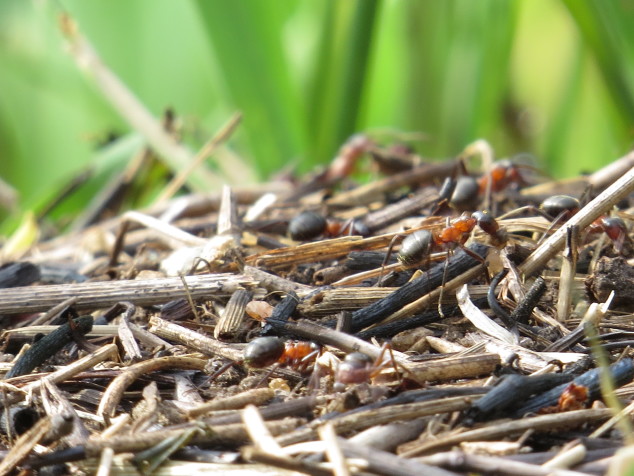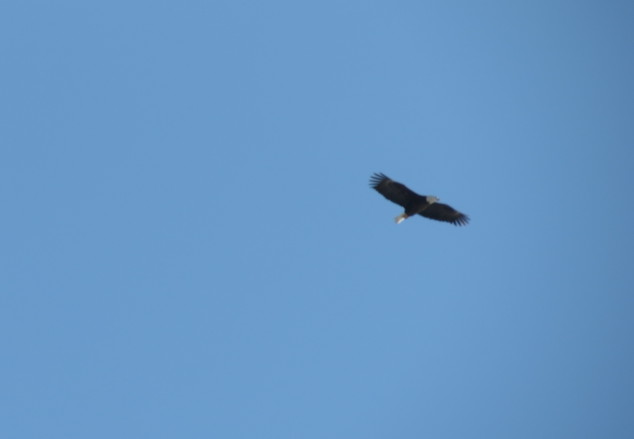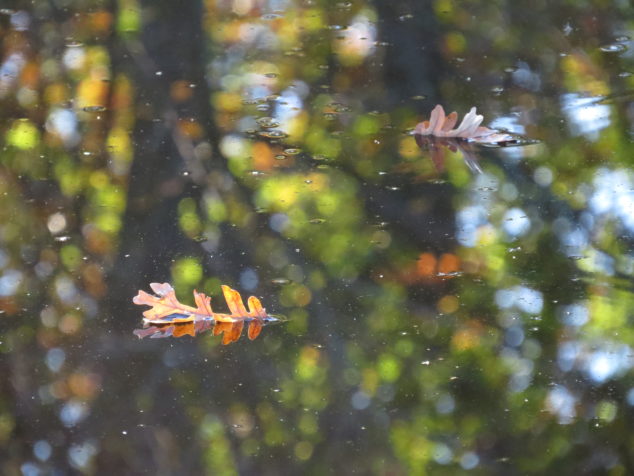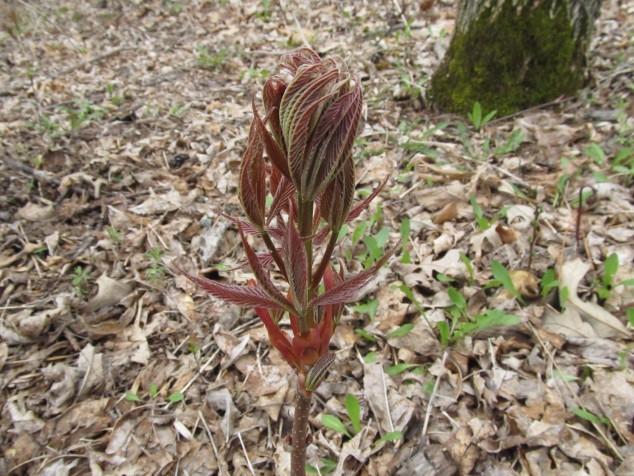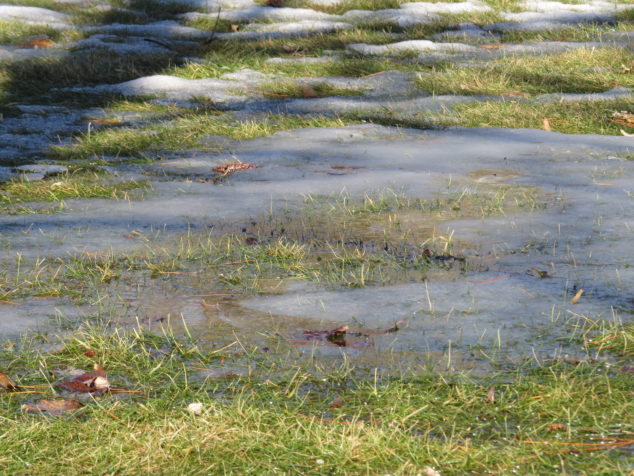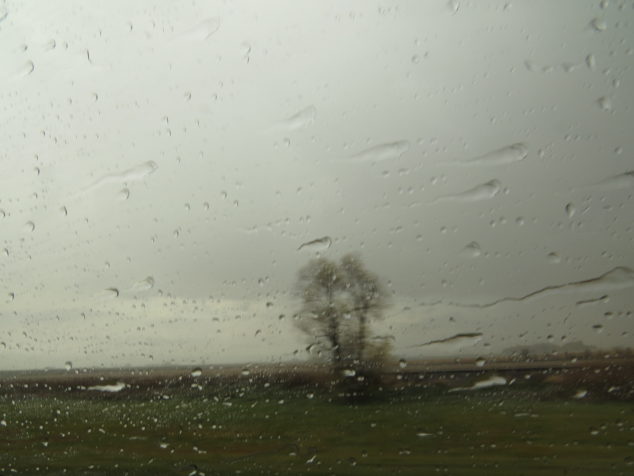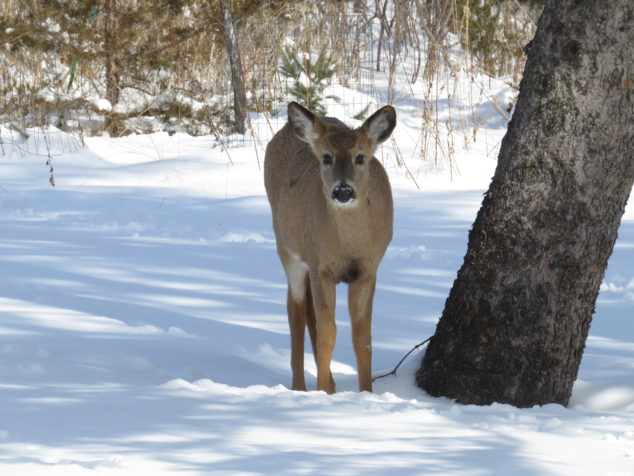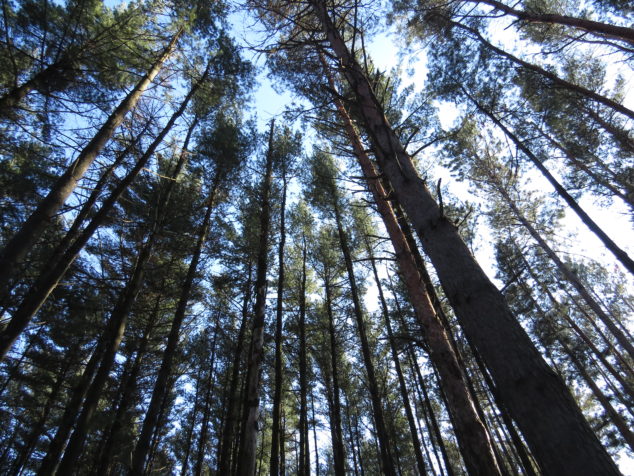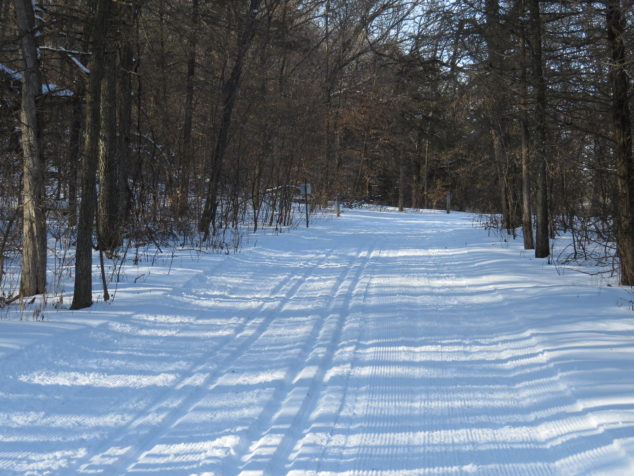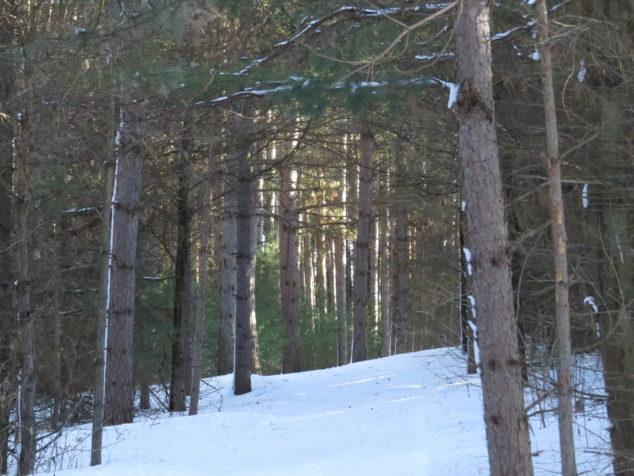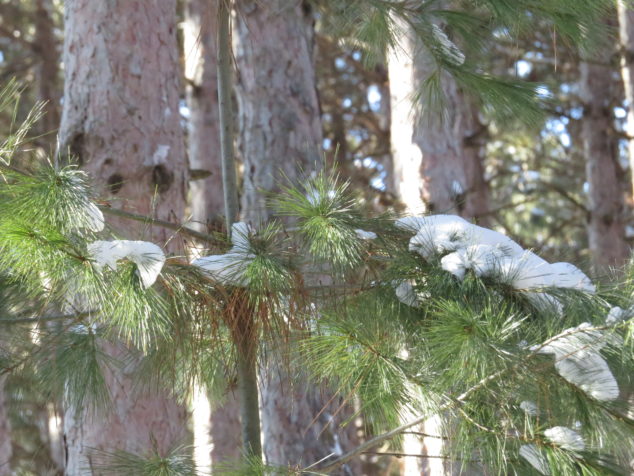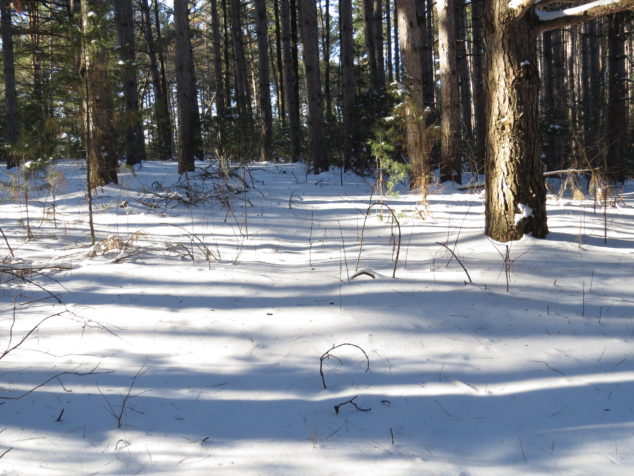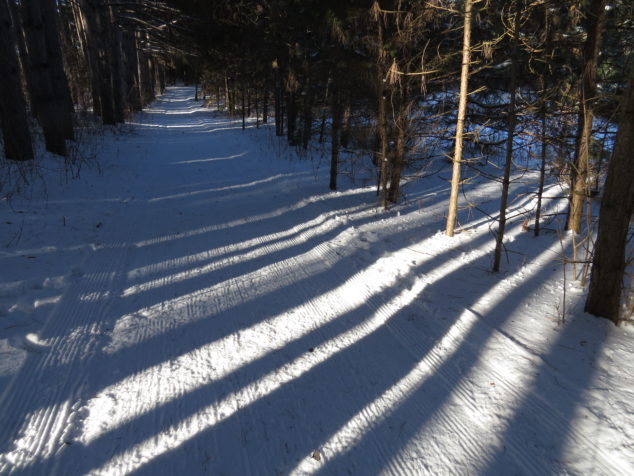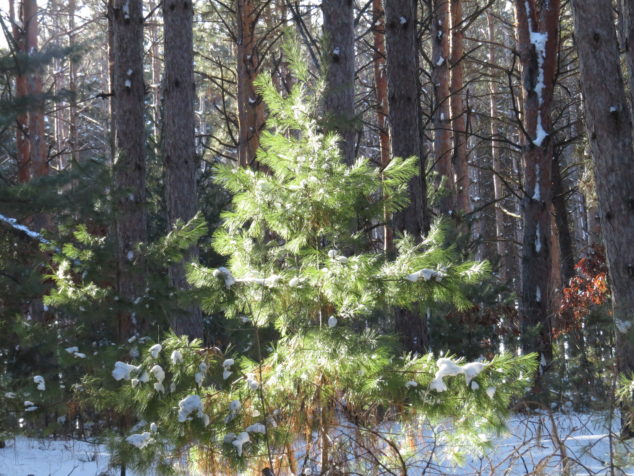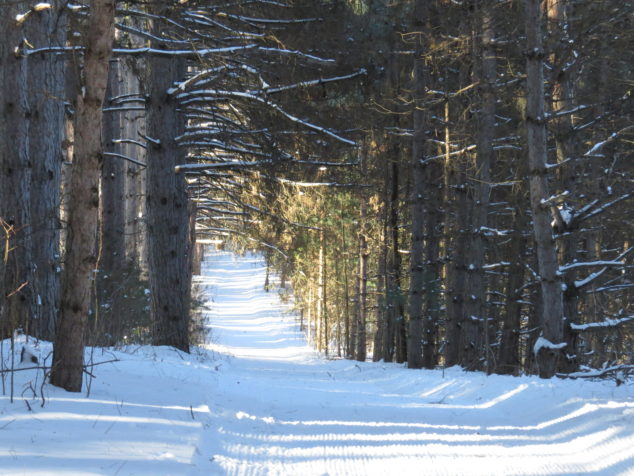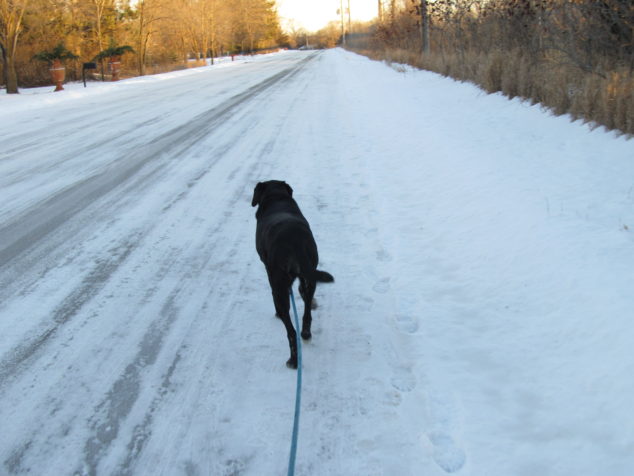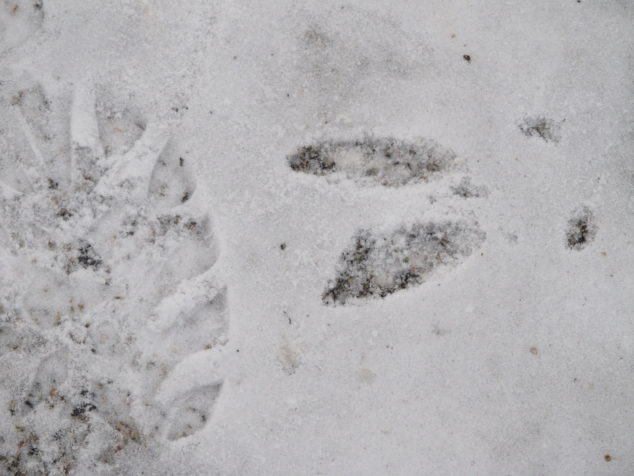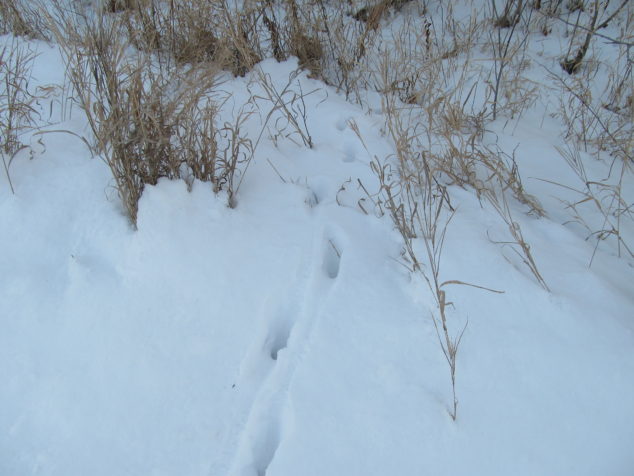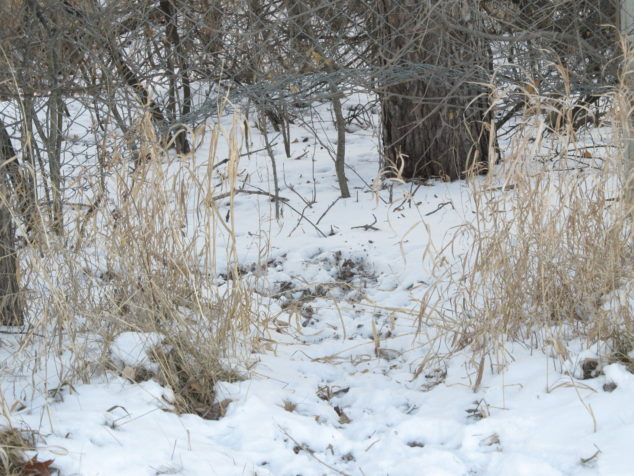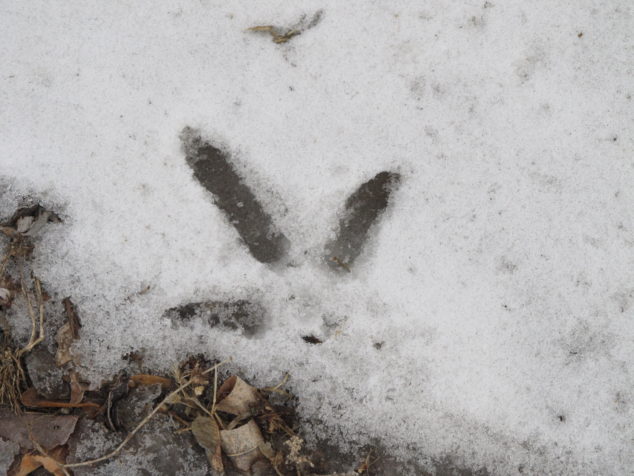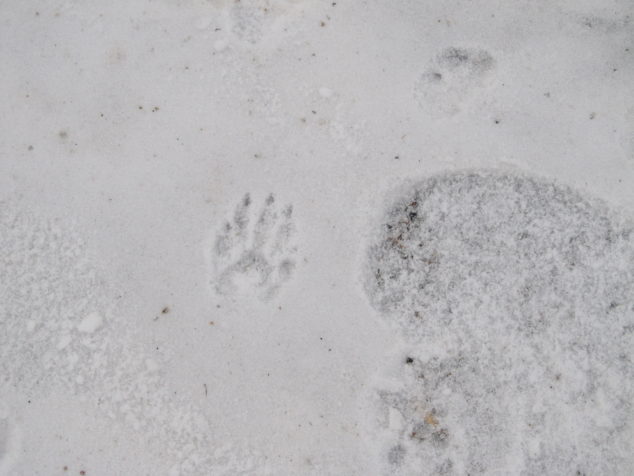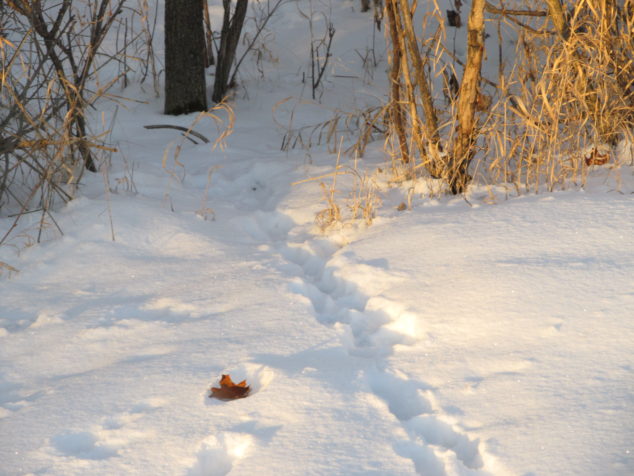The first thing to greet us as we pulled into Wild River State Park was a most unusual sign! “Please, BRAKE FOR SNAKES.” Nobody would need to tell us to do so—we Brakes are a snake-loving family, especially our son Aaron. You could say, “Brakes for snakes” and be perfectly correct!
Chris and I were going camping on the Summer Solstice for the first time, just the two of us, in over three decades. It was an experiment. Did we remember how to do this? Could we do it? Would we want to do this again? And most importantly, could we sleep?! Since it was a Monday, the campground had plenty of available spots; we checked in, parked in our campsite, and headed out to hike after a brief rain shower.
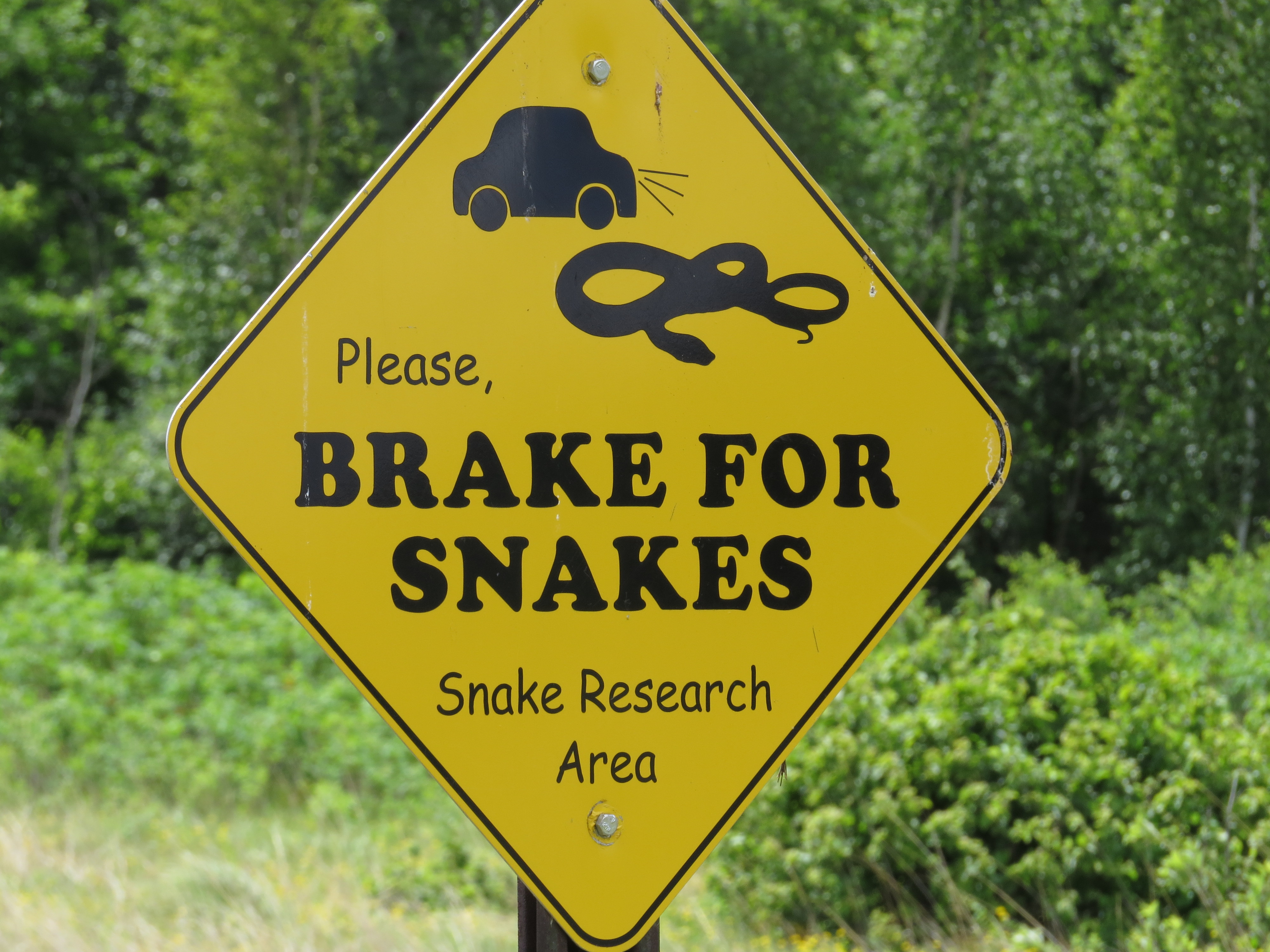
We hiked along the Old Logging Trail, a paved bike/walking trail, to the Visitor Center where we had our picnic lunch, looked out over the trees to catch a glimpse of the wild St. Croix River, and learned how Vice President Walter Mondale had worked tirelessly to protect the natural resources of Minnesota and the United States, including the Wild and Scenic Rivers Act in 1968 that helped preserve this river. We left the paved trail and walked toward the River after discovering a colorful and unique Chicken of the Woods mushroom.
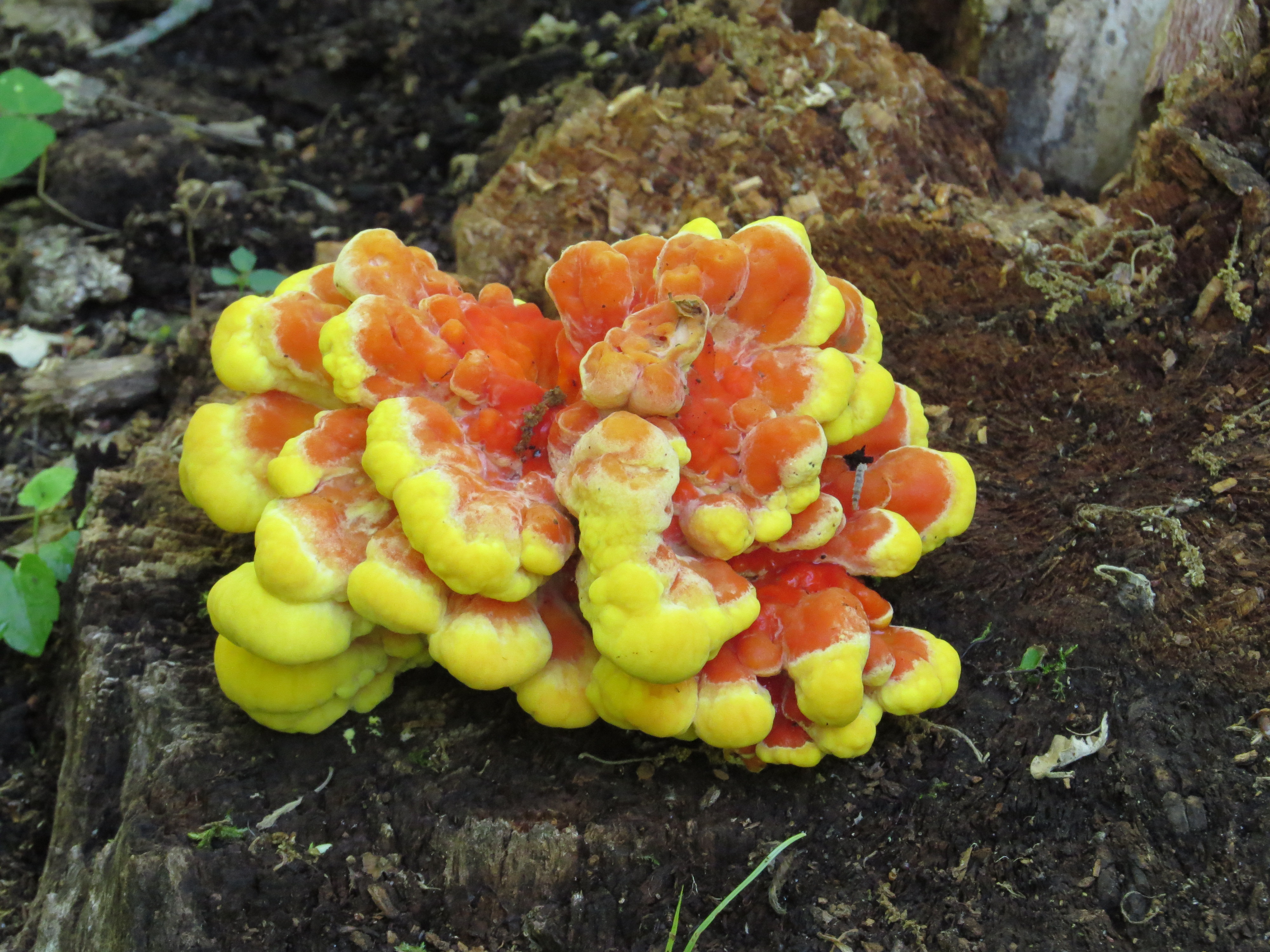
The trail dropped from the ridge through fern-covered hillsides and milkweed patches teeming with butterflies. There is something exquisitely beautiful about the fair pink and green ball of about-to-bloom buds of the Common Milkweed flower.
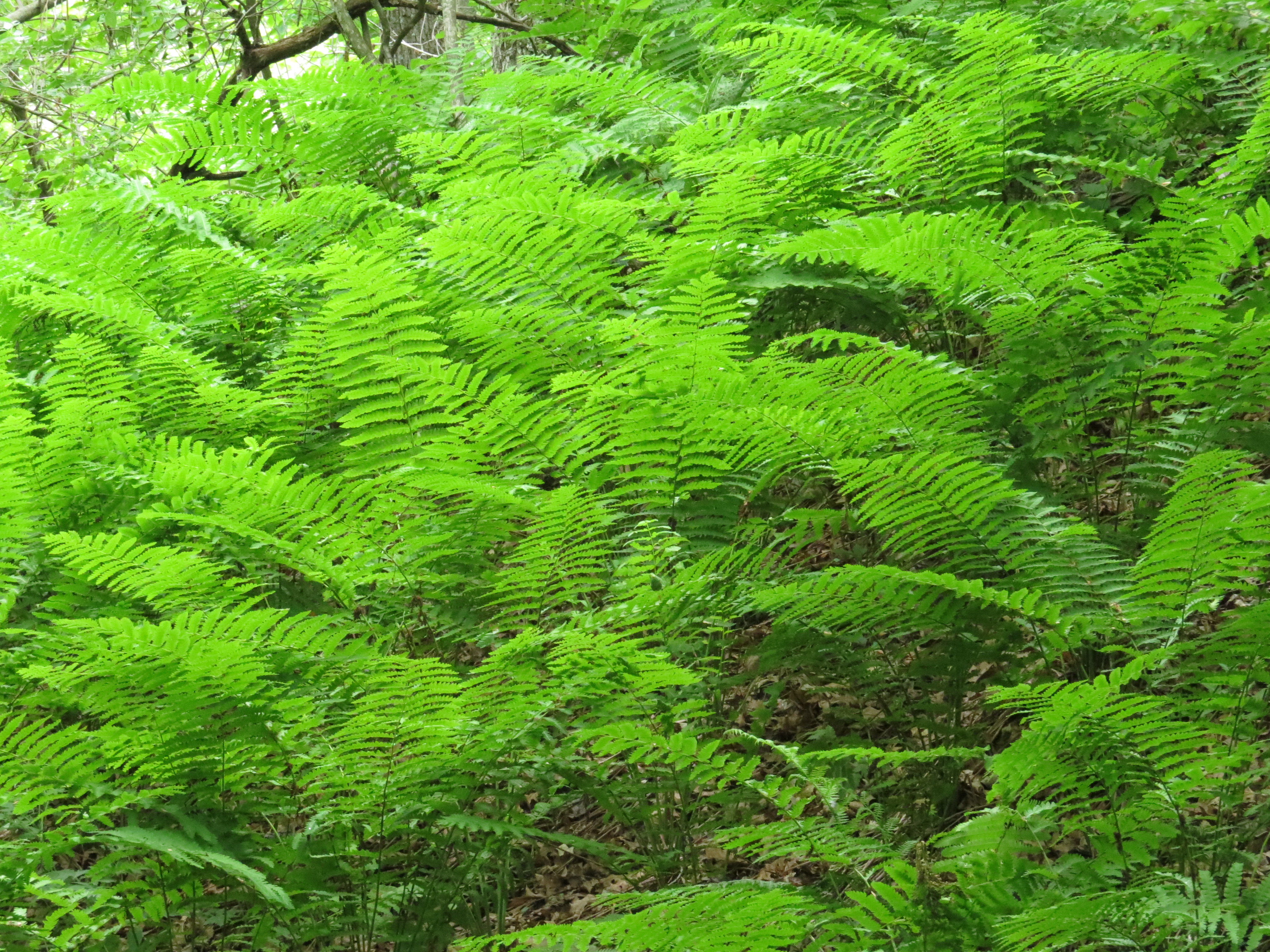
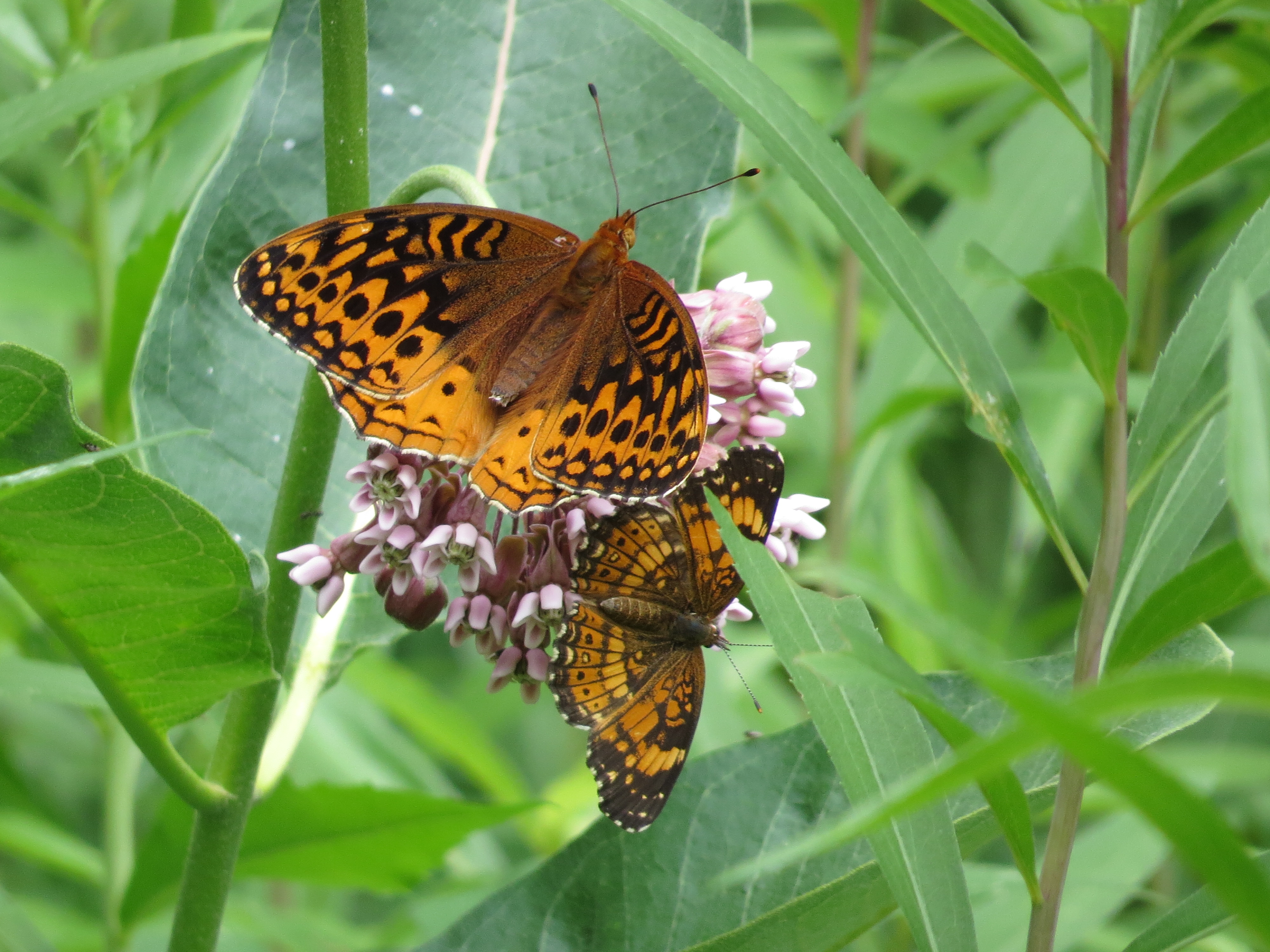
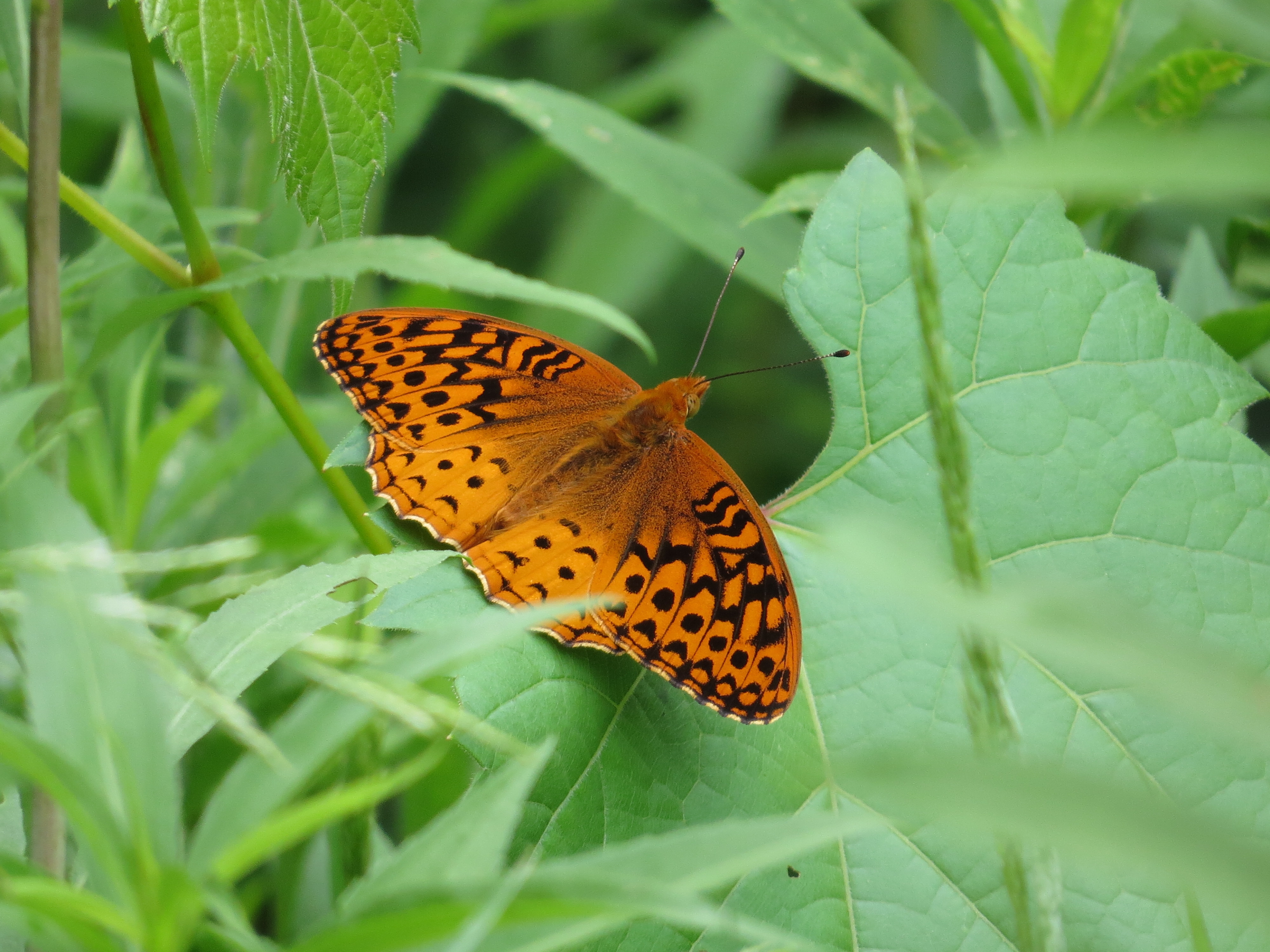
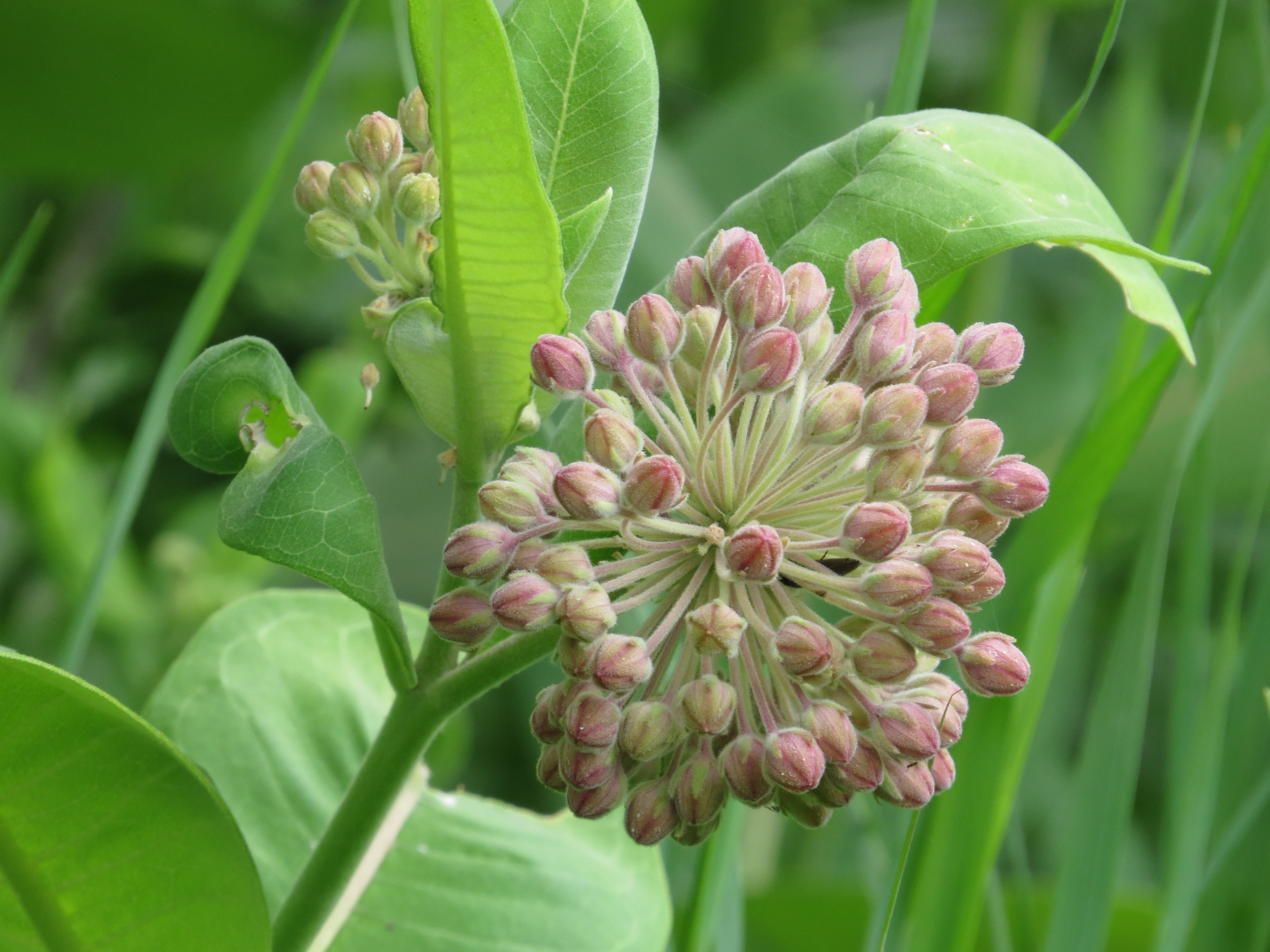
The trail turned and followed the River for over a mile and a half and would bring us back to the campground. The St. Croix River is a large river originating in northwest Wisconsin and creating the boundary for Minnesota and Wisconsin for 130 miles of the River.
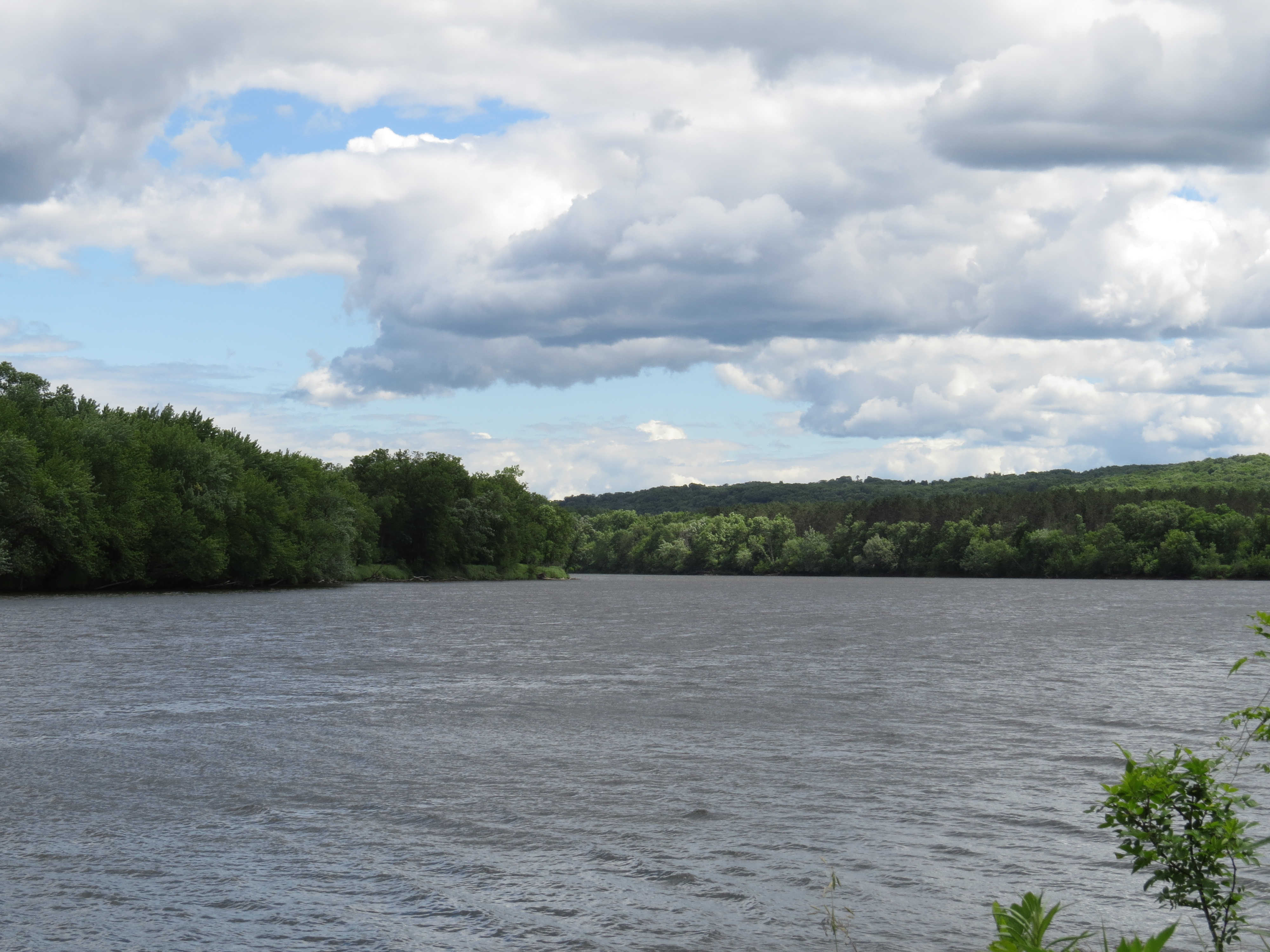
King of this part of the River is an Eastern Kingbird. The genus-species name is Tyrannus tyrannus, an indication of his territorial behavior. He will harass crows, hawks, even Great Blue Herons who ‘intrude’ on his territory.
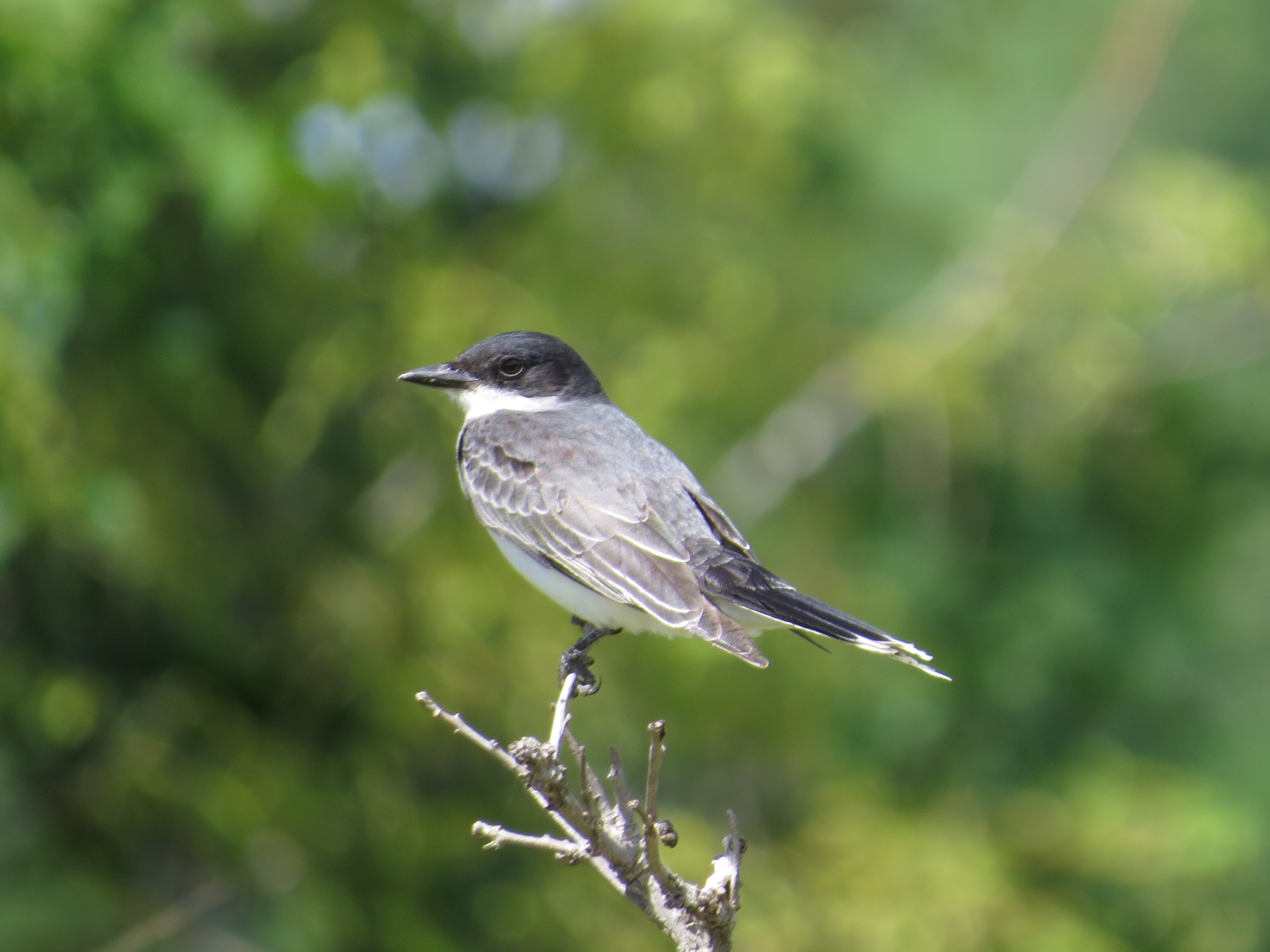
The ‘backwaters’ of the St. Croix were interesting little ecosystems of sometimes stagnant water, beaver activity, damsel and dragonflies, and pretty patches of Forget-me-nots.
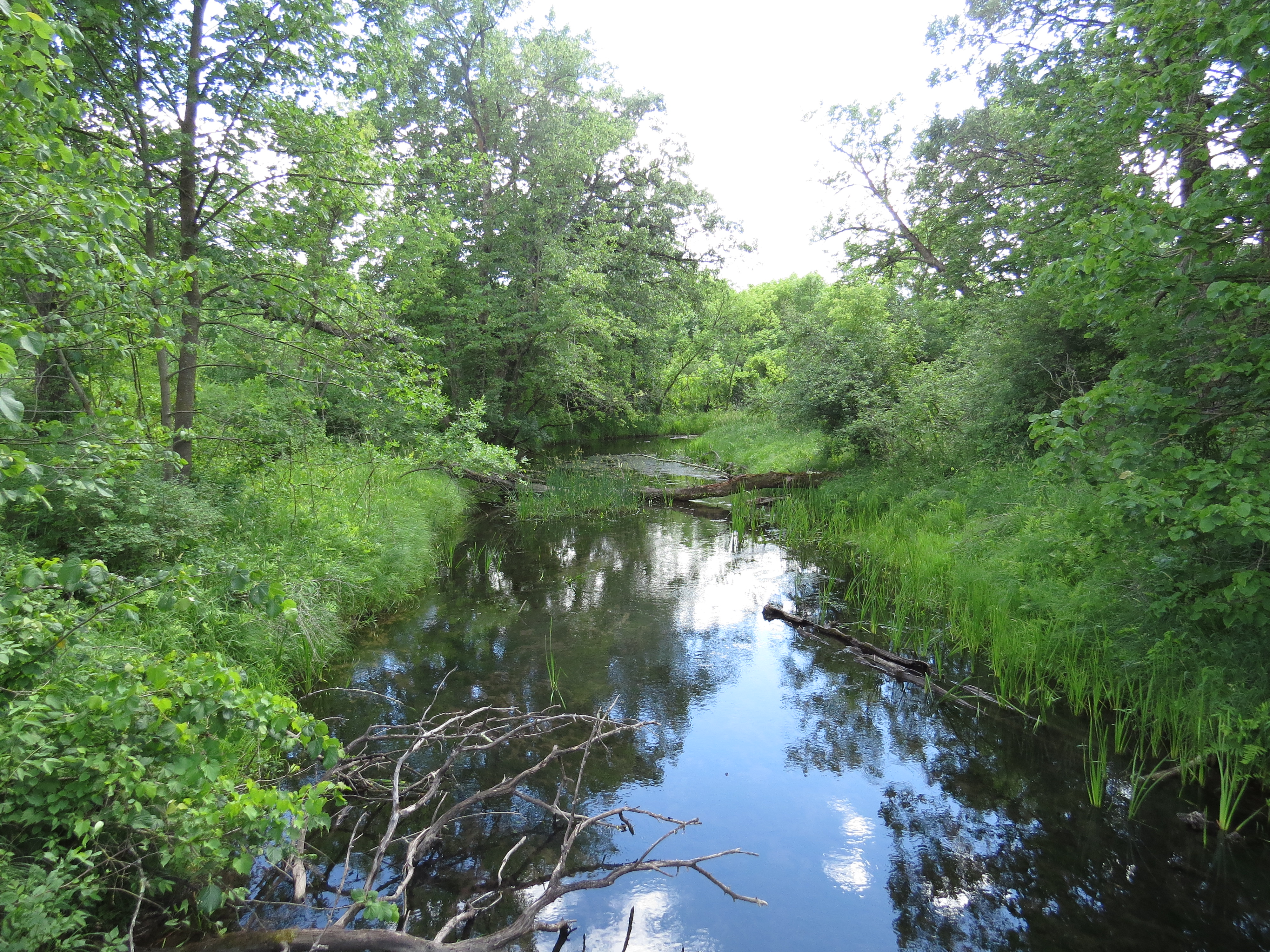
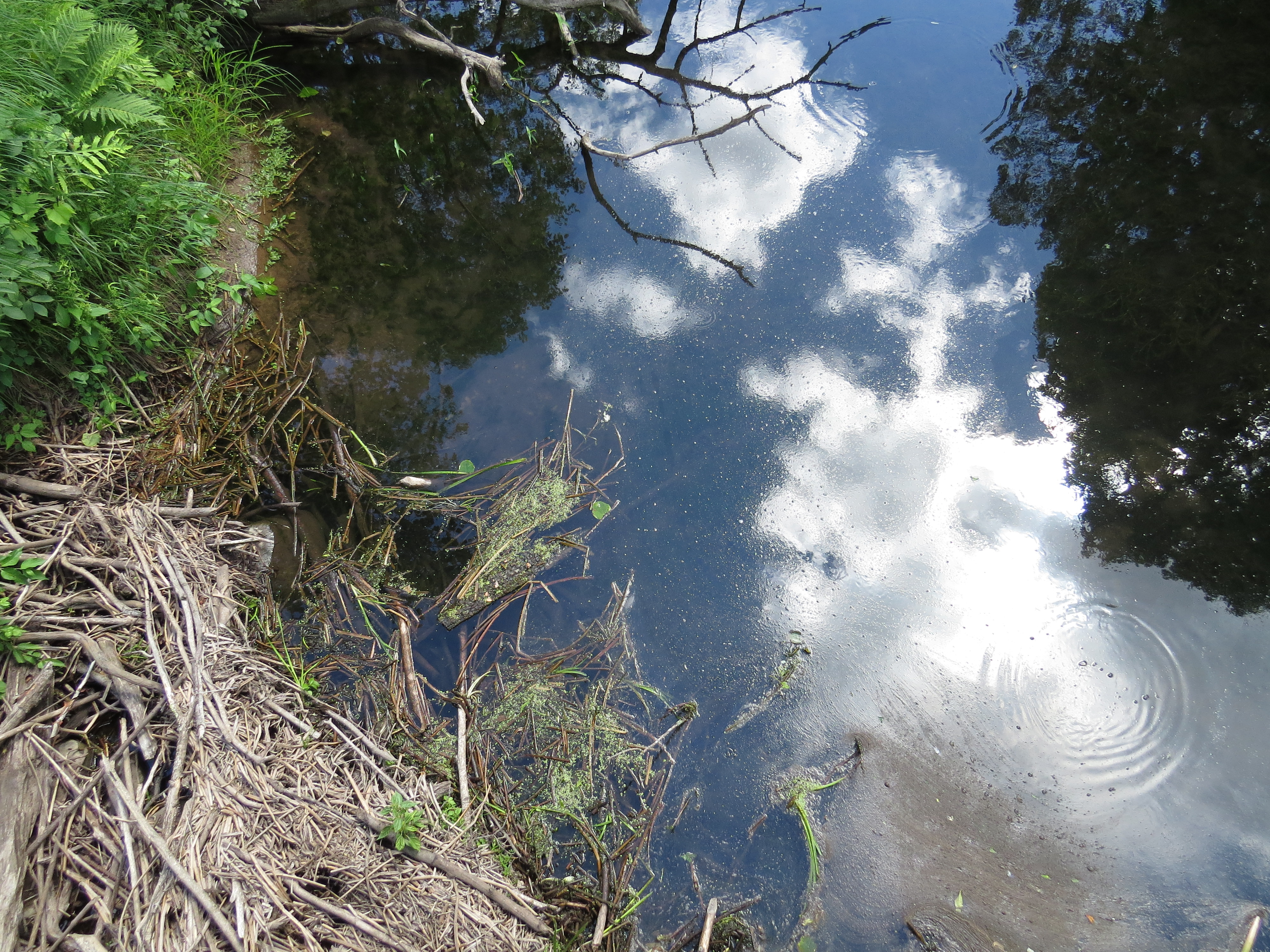
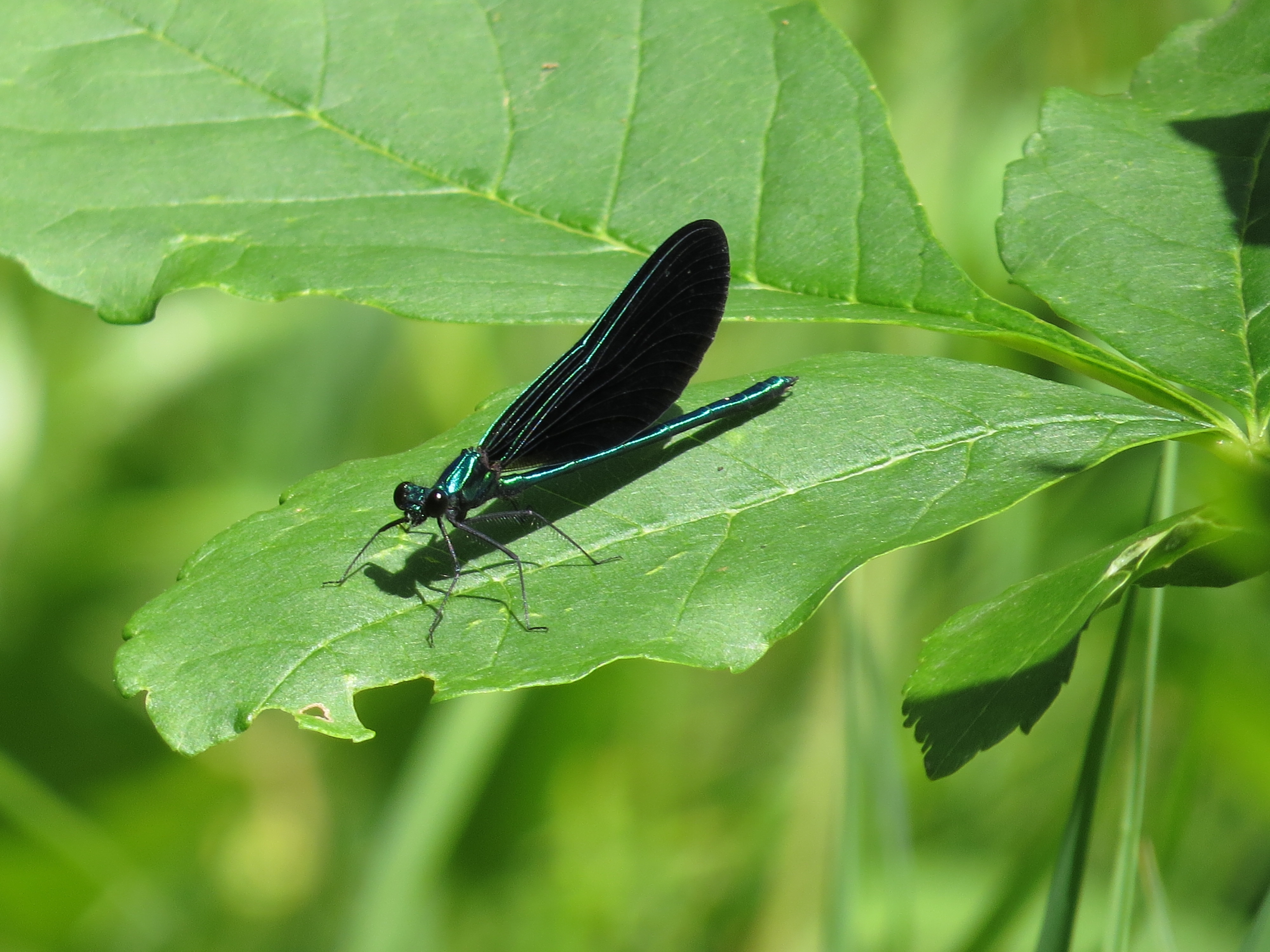
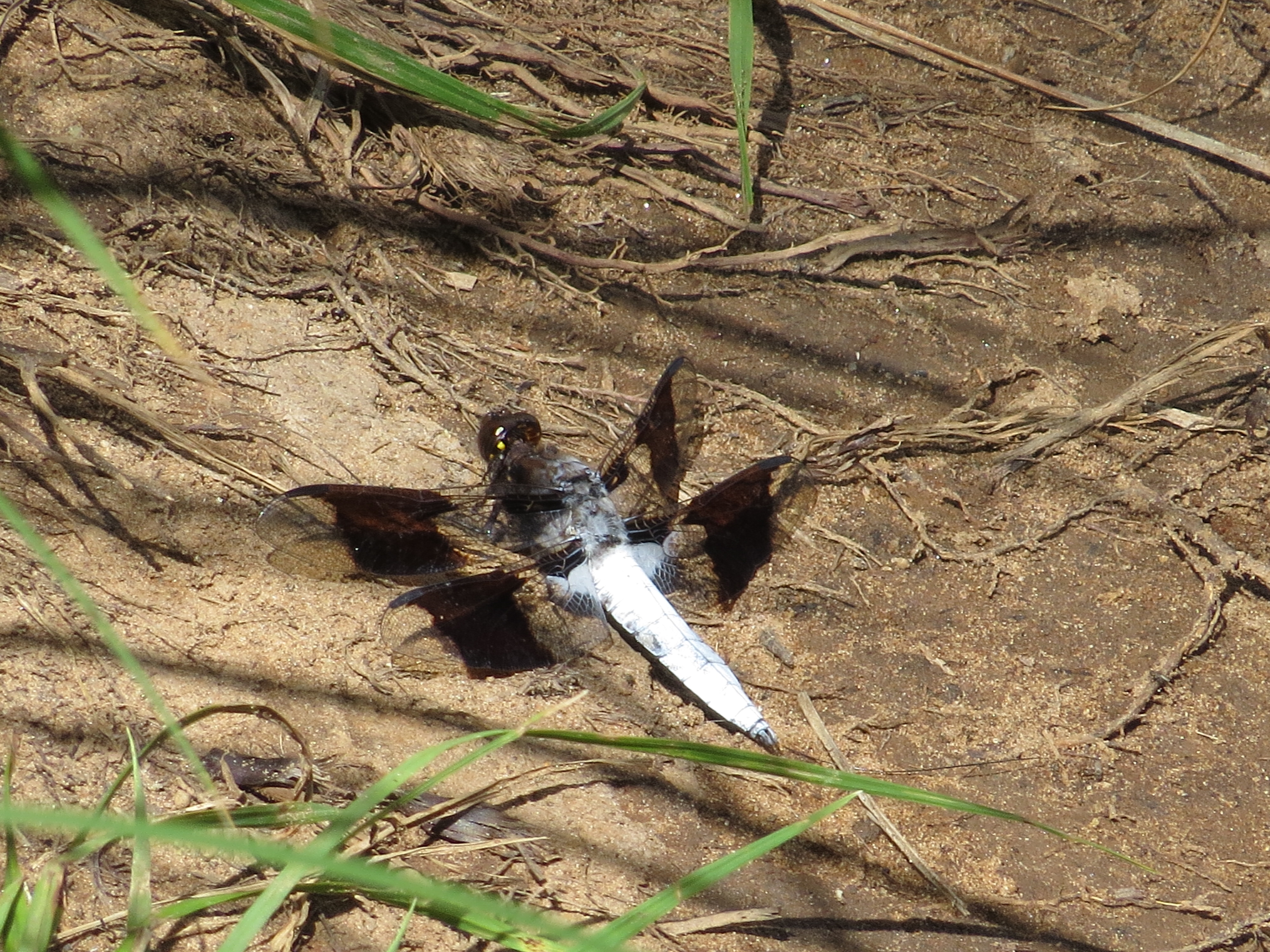
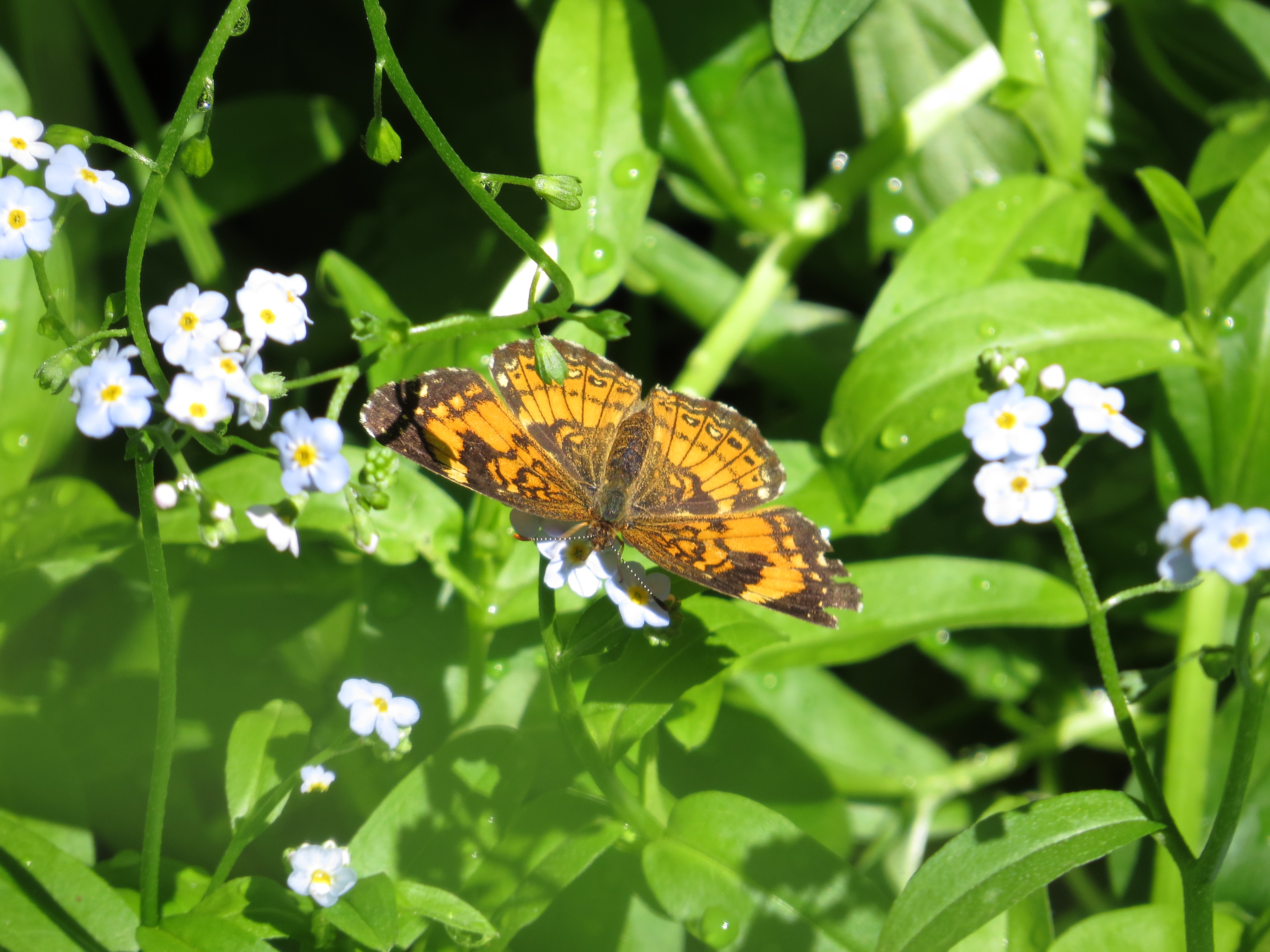
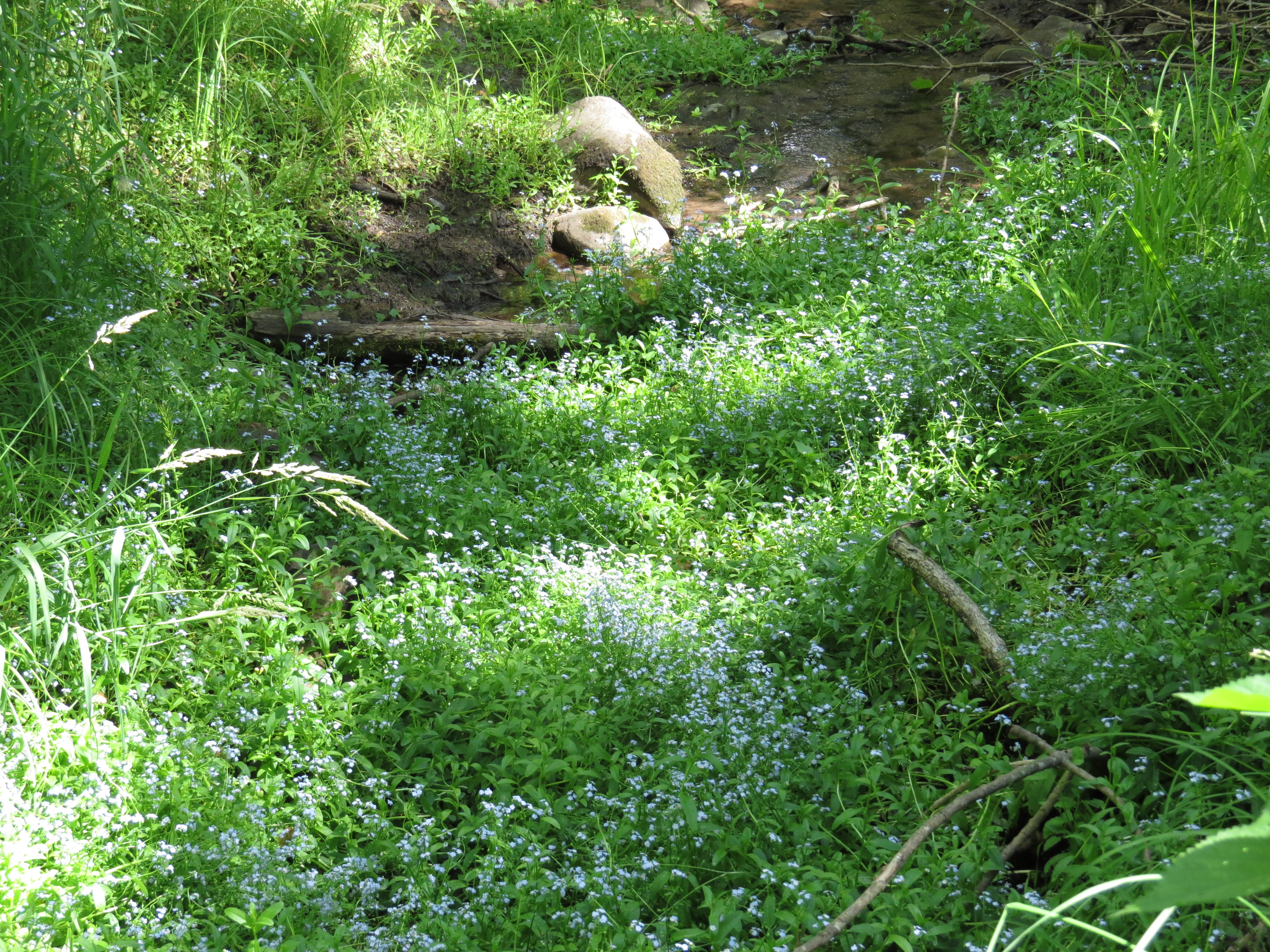
We heard the distinct ‘talking’ of an eagle to its young ones. Looking up, I could barely see the nest, but then discovered who was doing the ‘talking.’ It was an old-looking eagle—pale eyes and rather disheveled feathers—who has seen many more humans than humans who have seen him.
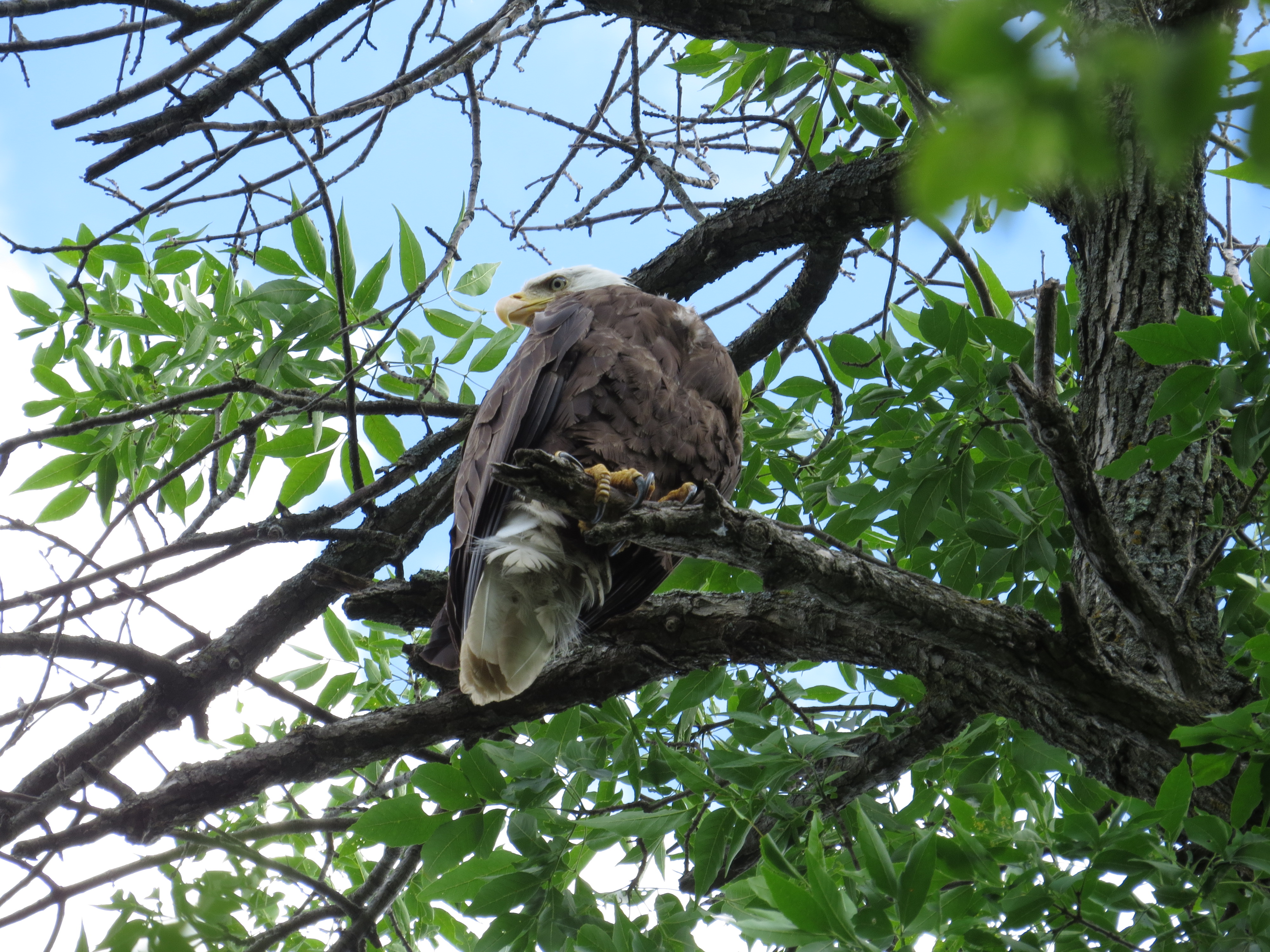
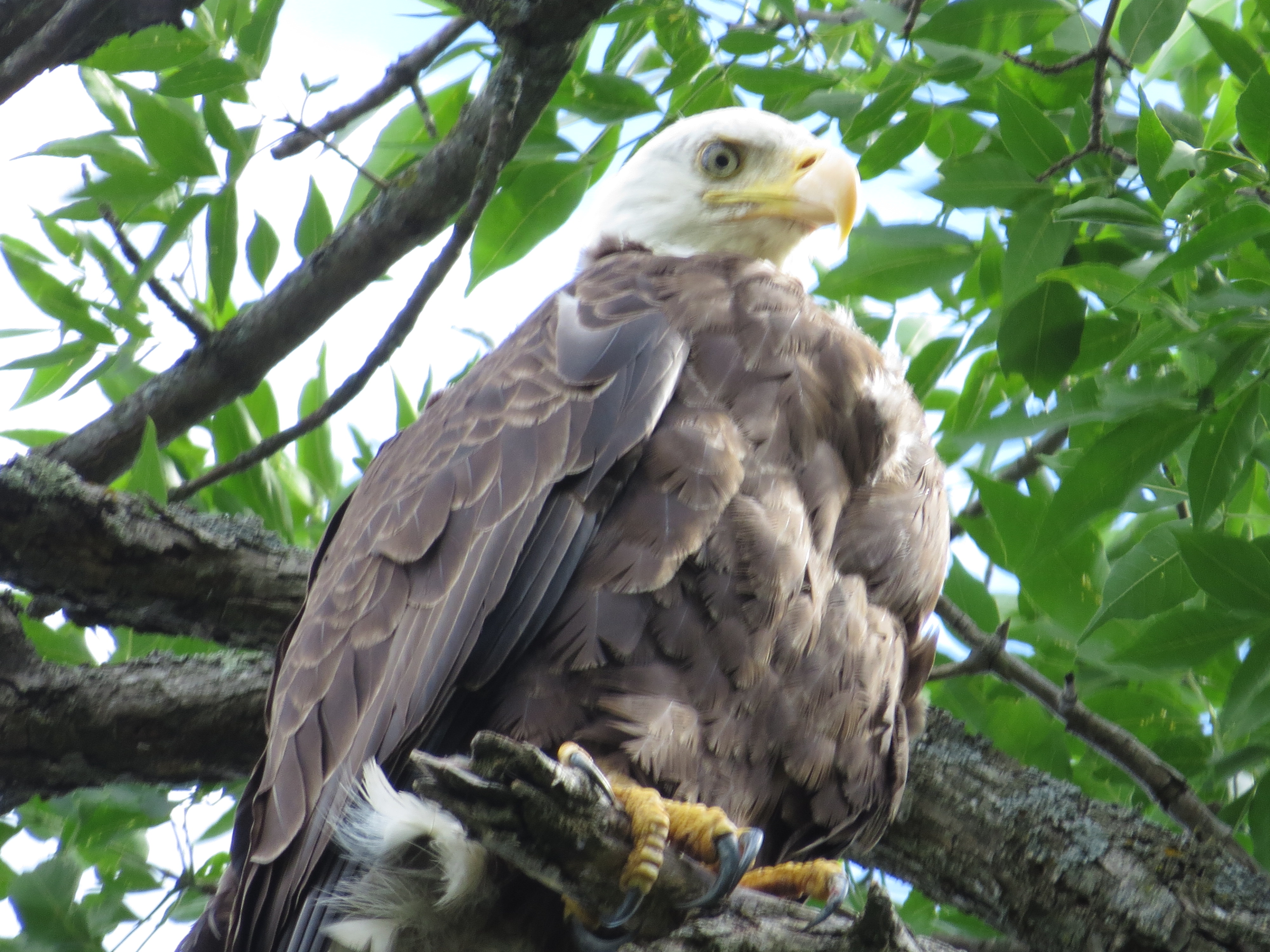
St. Croix River was used as a means of moving logs from the northern forests to the mills during the logging era in the late 1800’s. A pile-driven dam was constructed at this site in 1890, so logs could be let through at an even pace, after they had experienced numerous, humungous log jams that halted production at the mills. The last ‘log drive’ was in 1912, and the dam was removed in 1955.
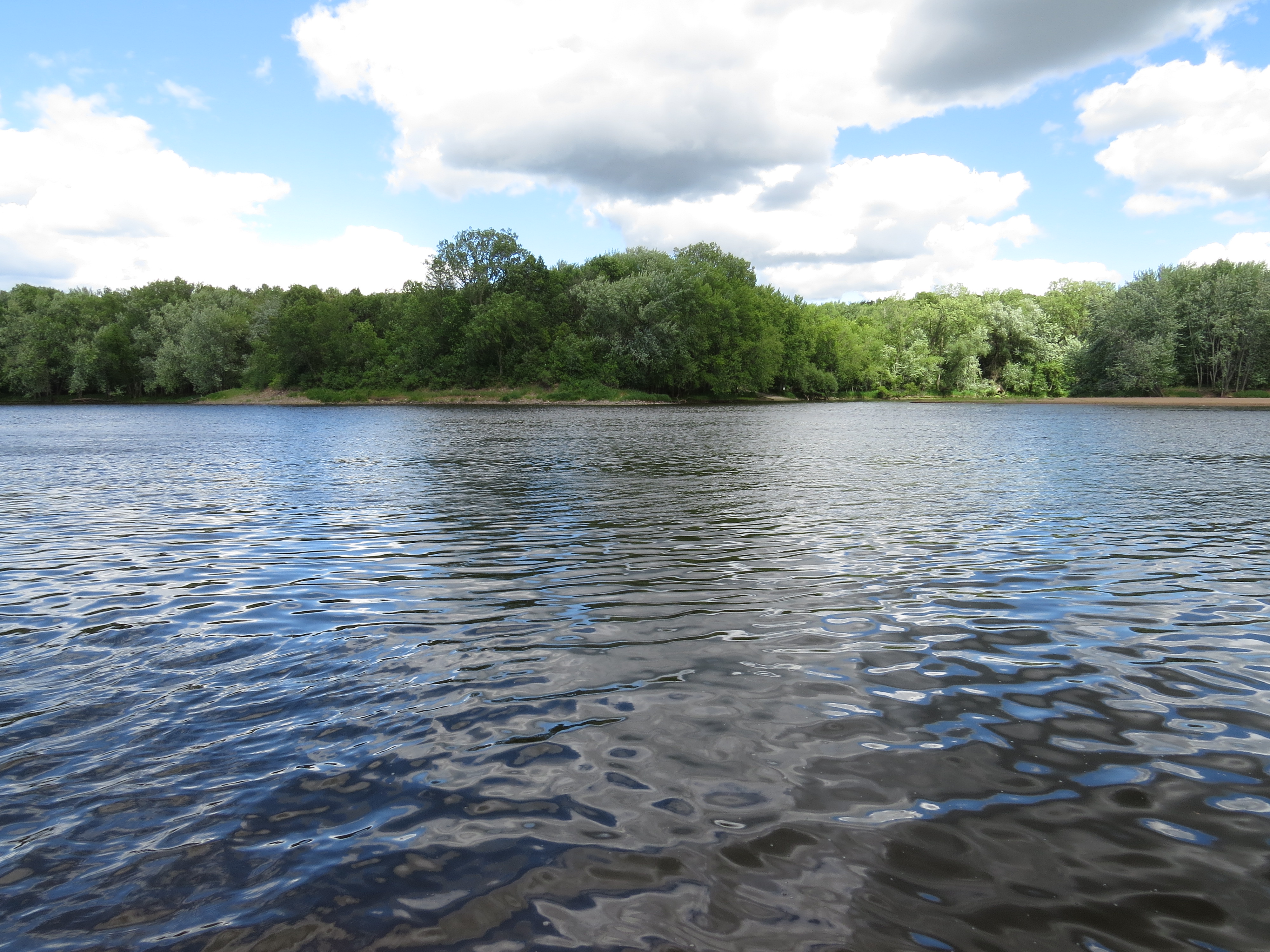
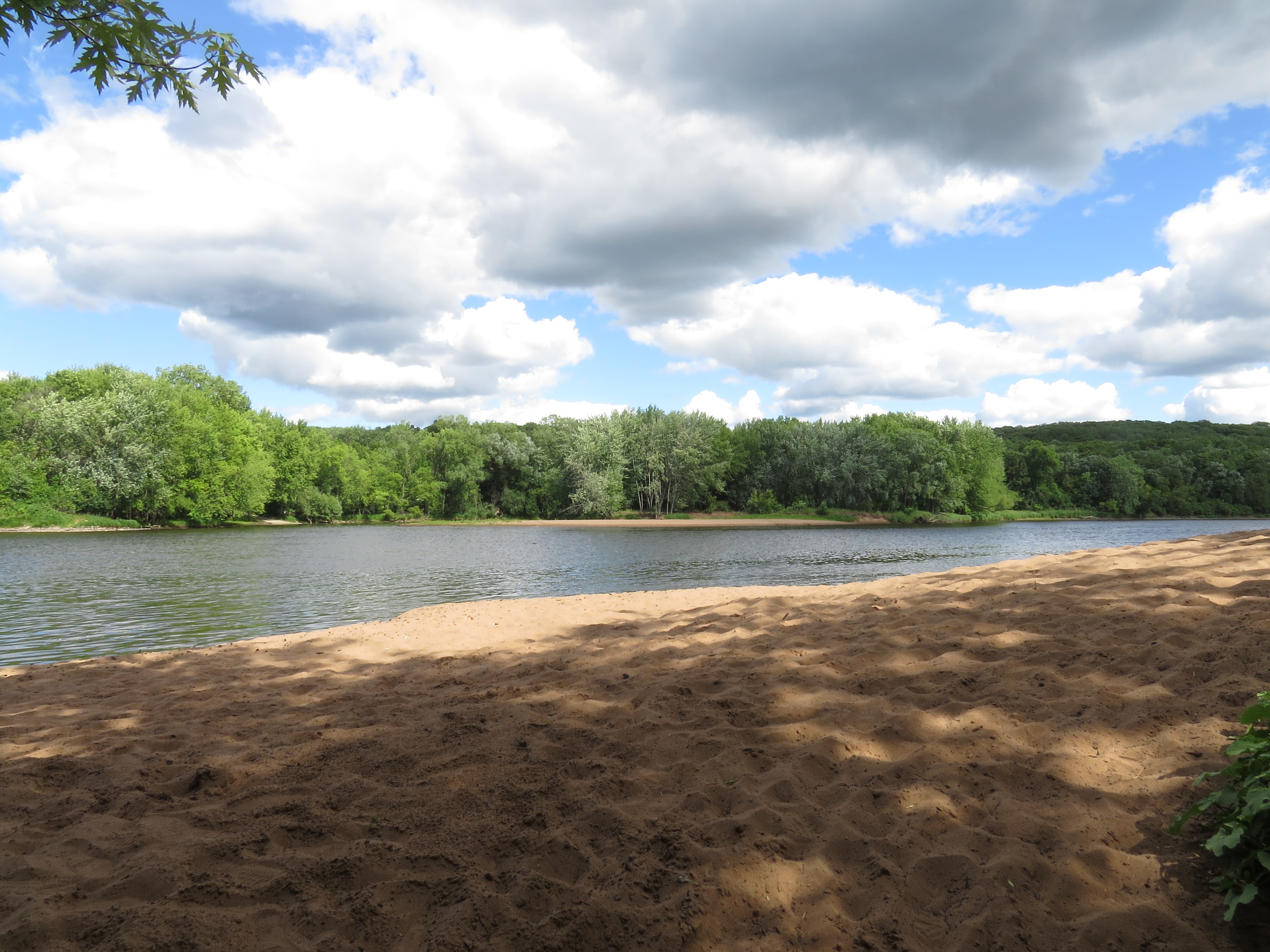
When we returned to the campground, a deer was wandering through the trees between the campsites with no cares about the people wandering through. I practically had to shoo it from the door of the outhouse when I went there…where I was greeted with a sign and warning about other visitors.
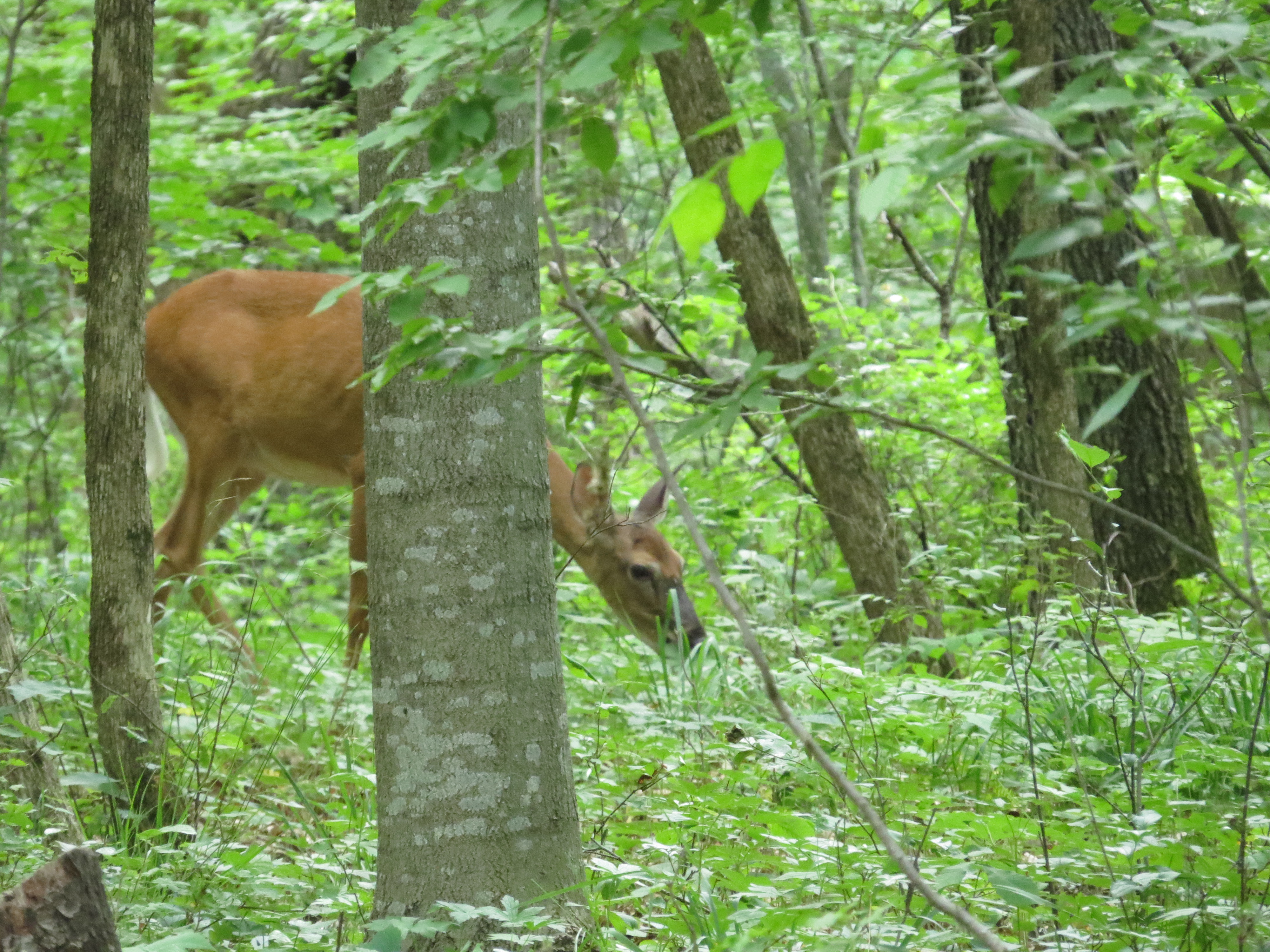
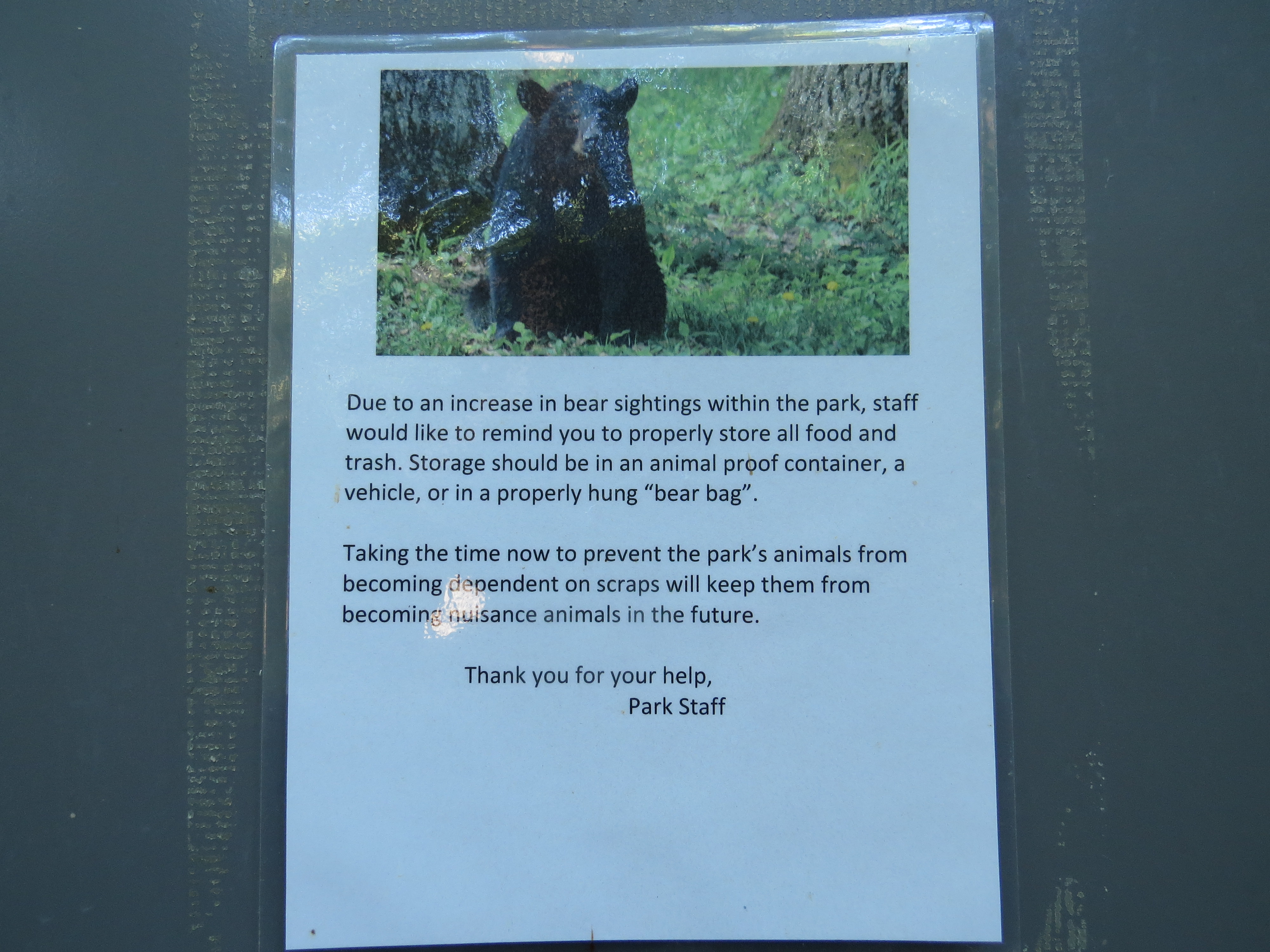
Okay—fair warning. We set up our humble campsite and settled in for the longest day of the year. As the sun disappeared behind the trees around our campsite, I decided that I wanted to get a picture of the sunset on the Summer Solstice. We drove to an observation deck that overlooked the Amador Prairie—after stopping for the deer that were crossing the road.
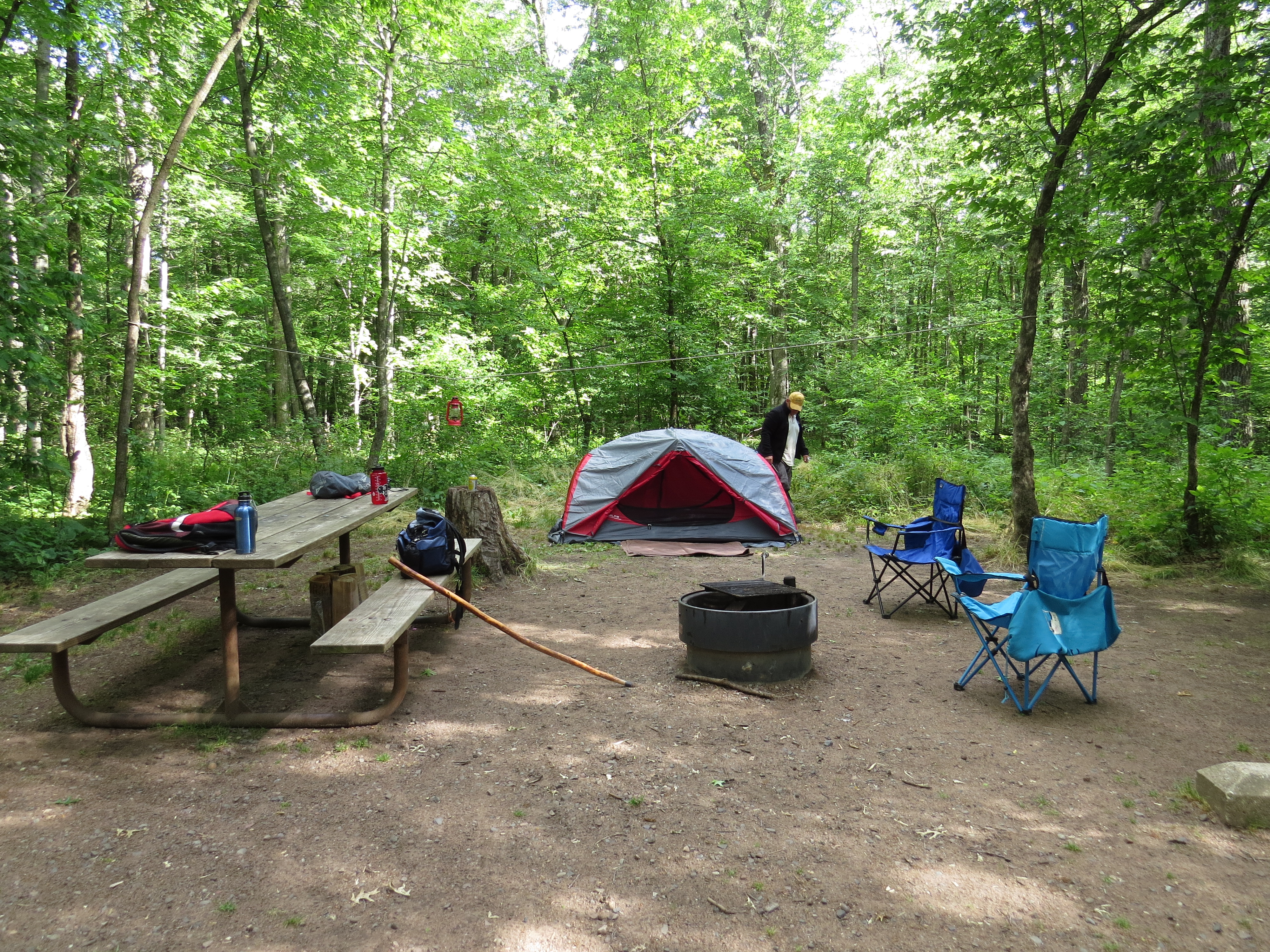
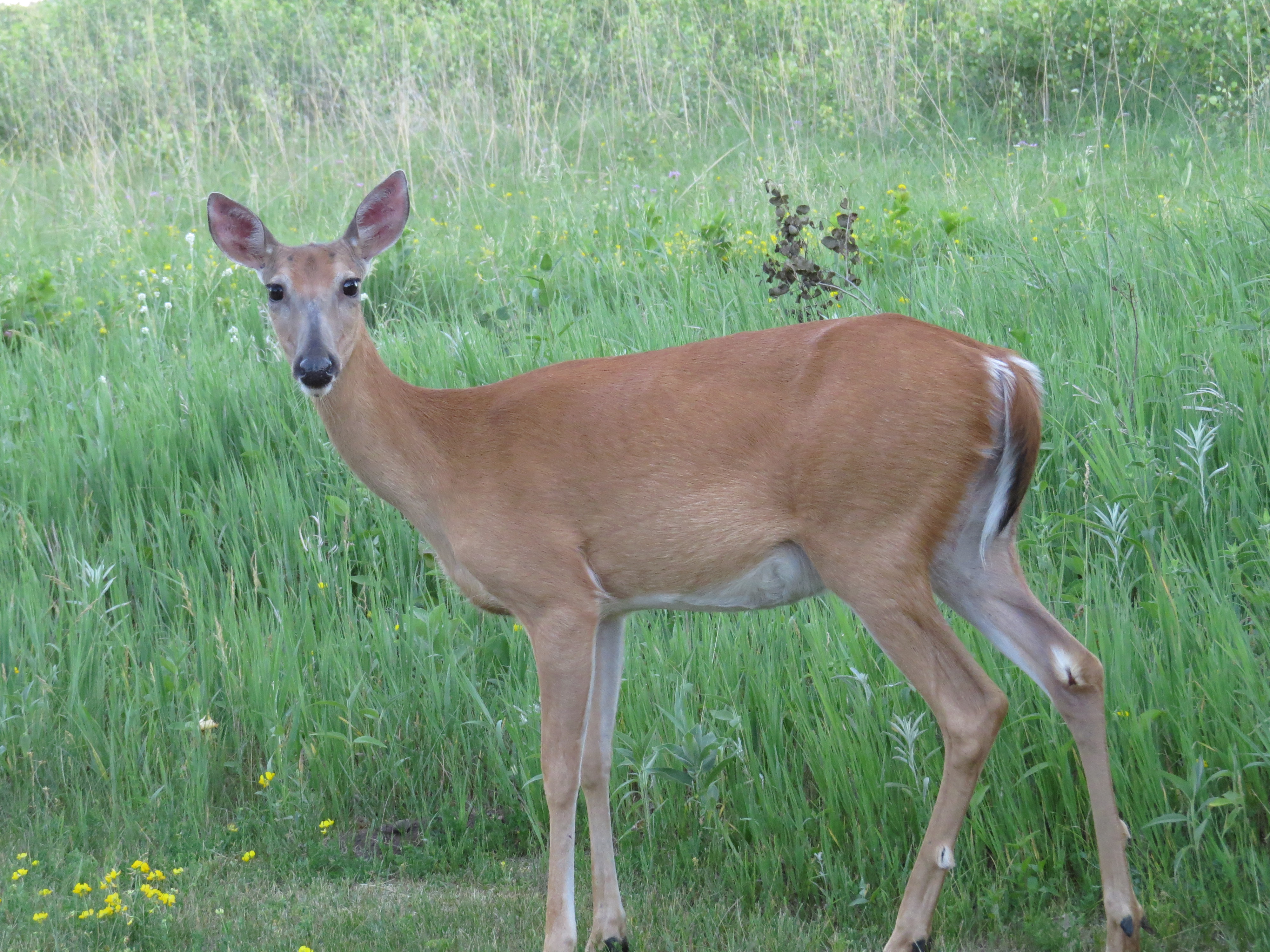
The prairie was full of deer looking this way and that way, running, leaping, and grazing.
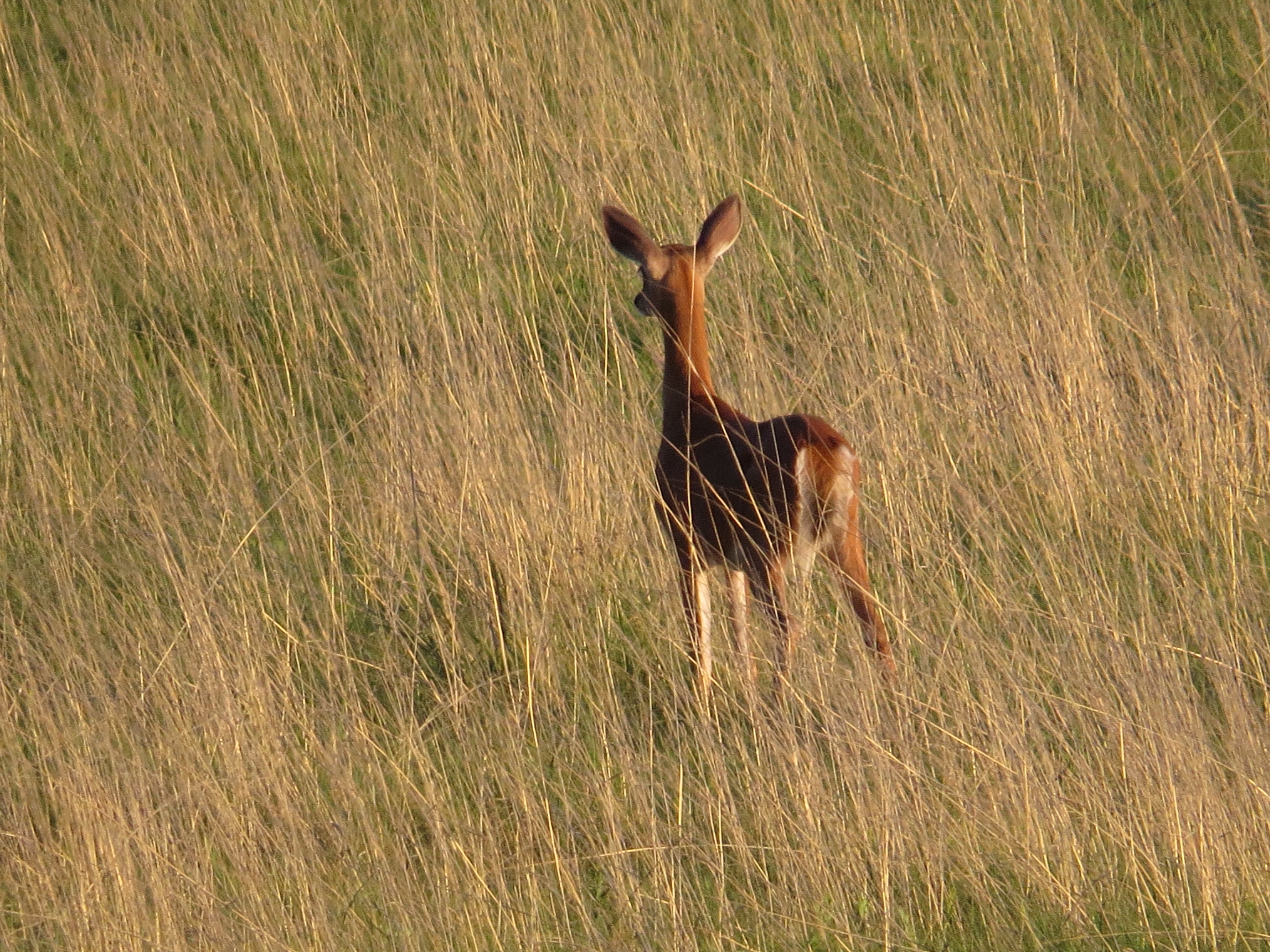

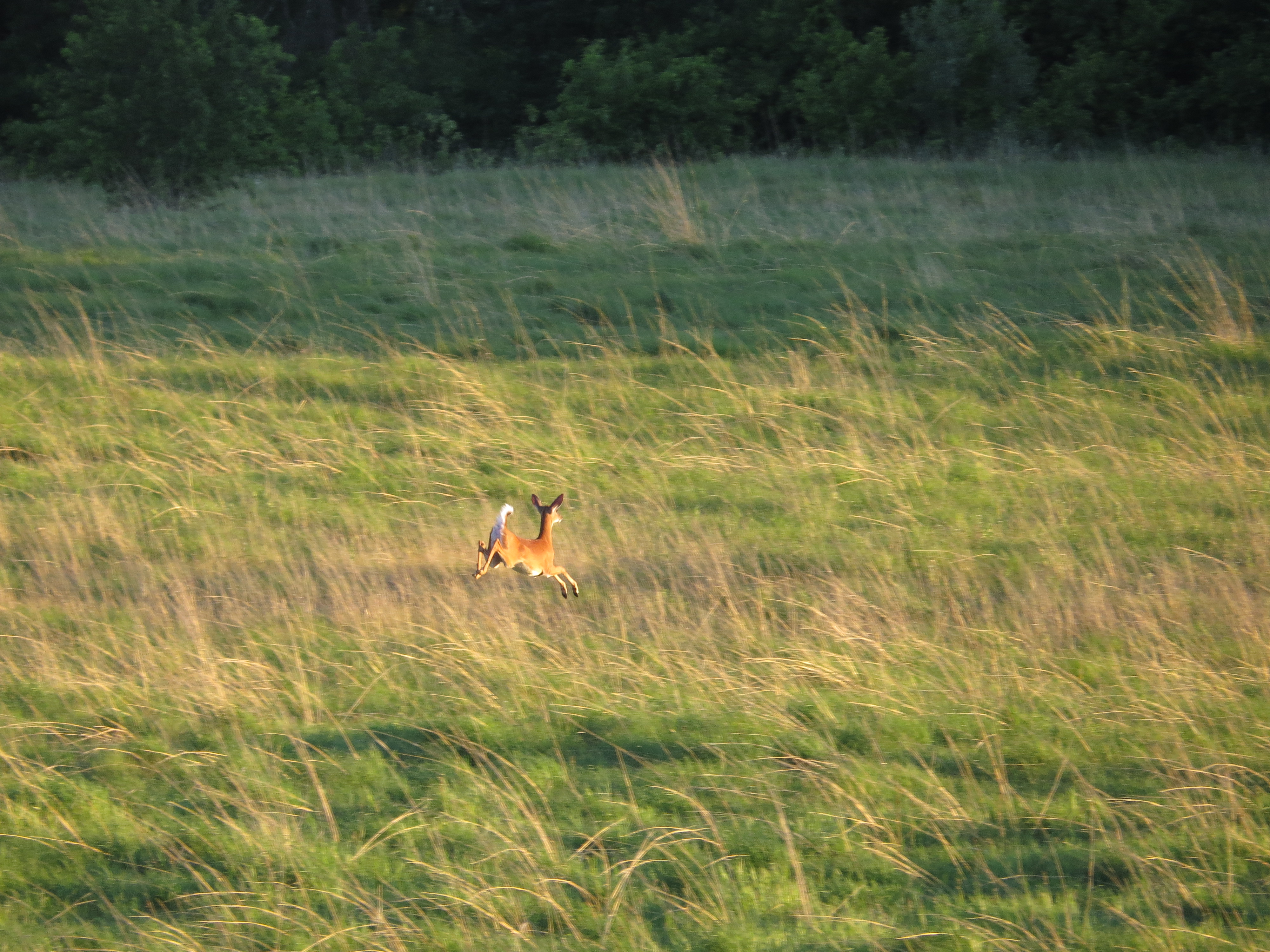
The sun was still shining so brightly on the horizon that I could barely look at it, so I found other things to look at while we waited for the sun to set. The almost full moon was already high in the sky; a couple of bucks with velveted antlers roamed the edge of the woods.

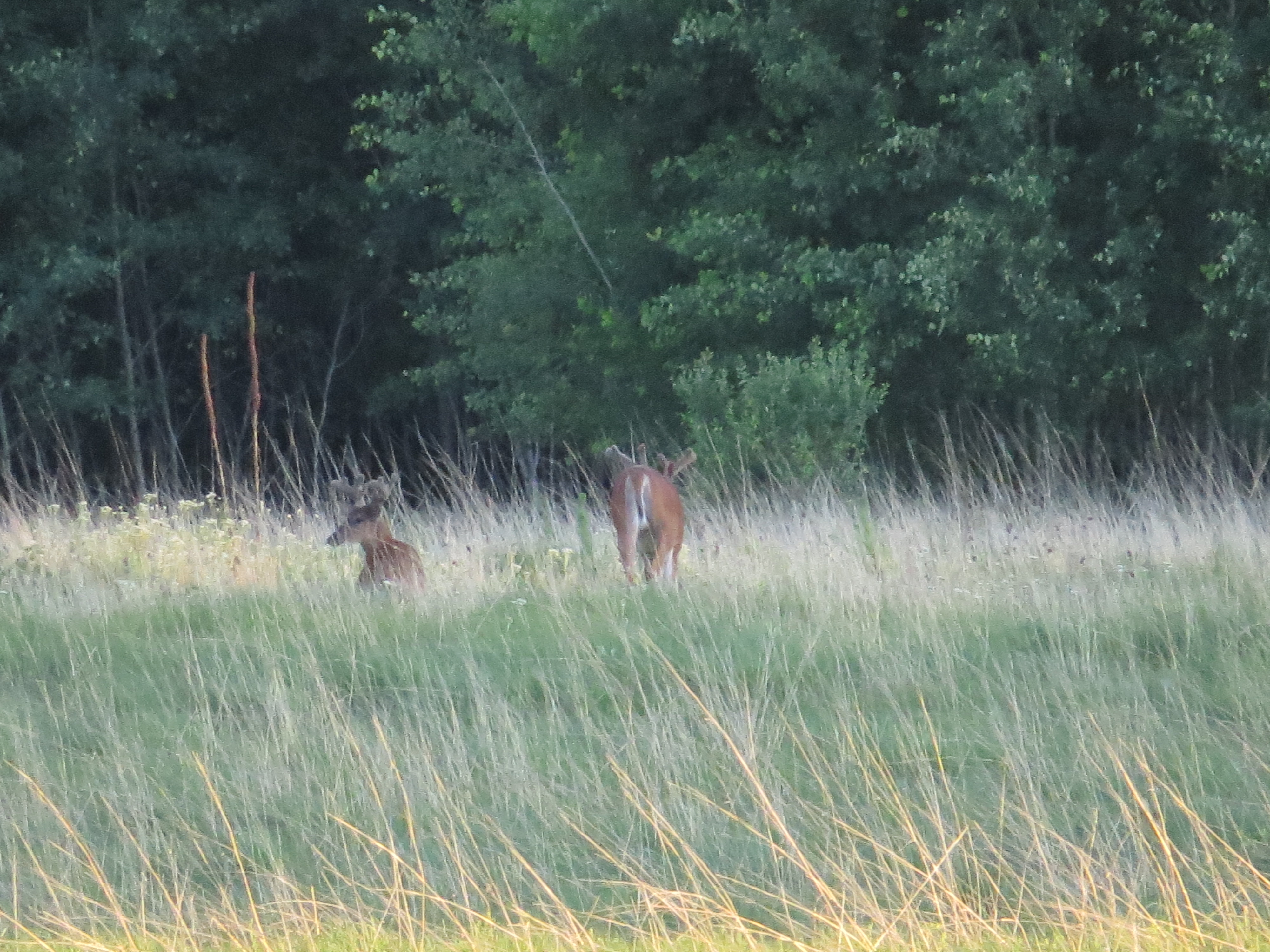
The purple flowers of a tendrilled Vetchling(?) picked up the purple color in the sundrenched spears of Bluestem grass. It takes a long time for the sun to set on the longest day of the year. I was over taking pictures of deer. I lounged against the boards while looking to the west into the bright orb of sun. I joked to Chris, “Where’s that bear when you need him?!” Not two minutes later, as he looked over my shoulder, he very matter-of-factly said, “There’s a bear over there.” What?@! I turned and looked at a very dark, moving object way over by the trees.
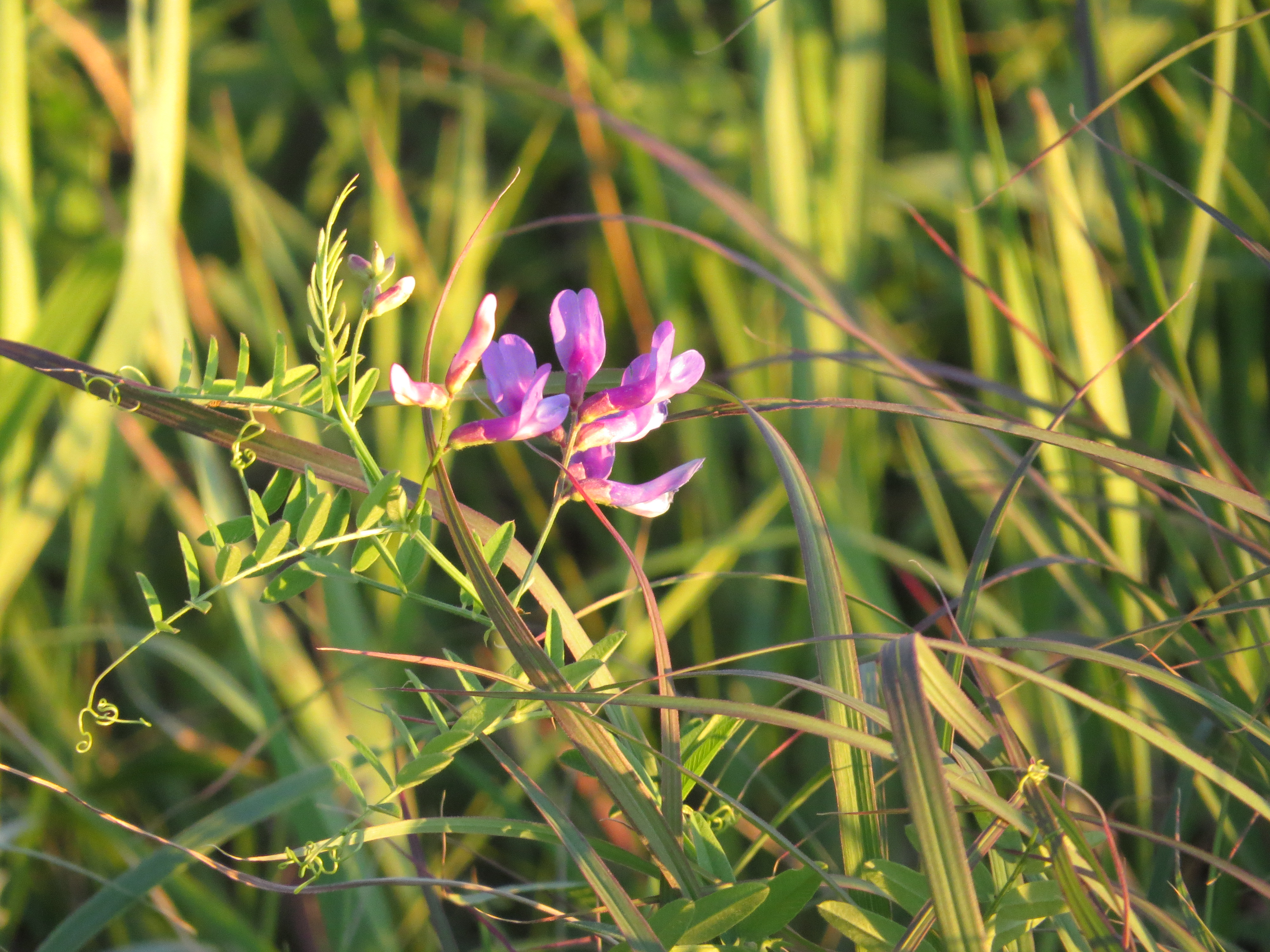
Sure enough, there was my bear!


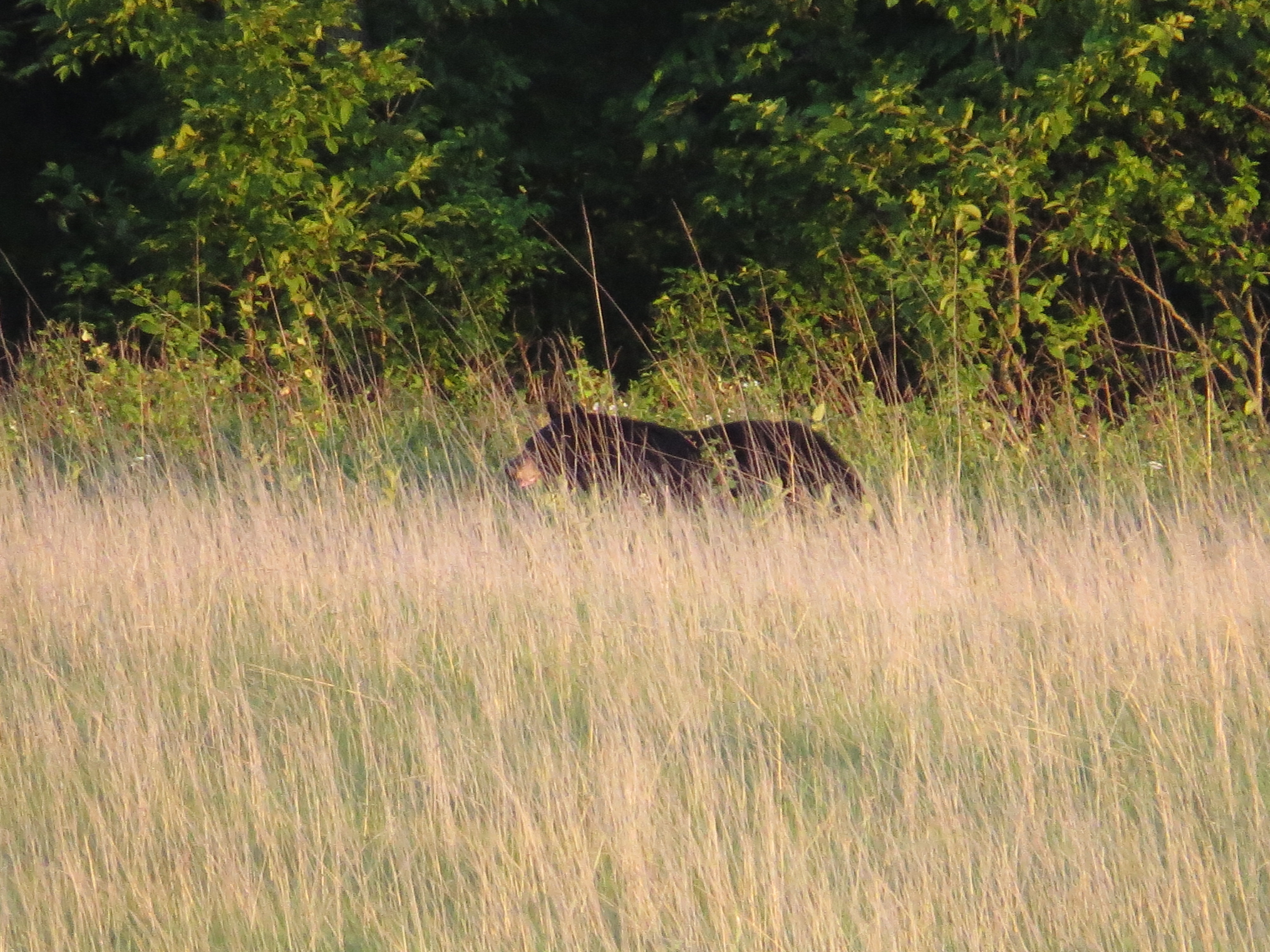
But it wasn’t a ‘he’ and it wasn’t just one. It was a mama bear with two little cubs bounding along with her, mostly hidden in the tall grass.

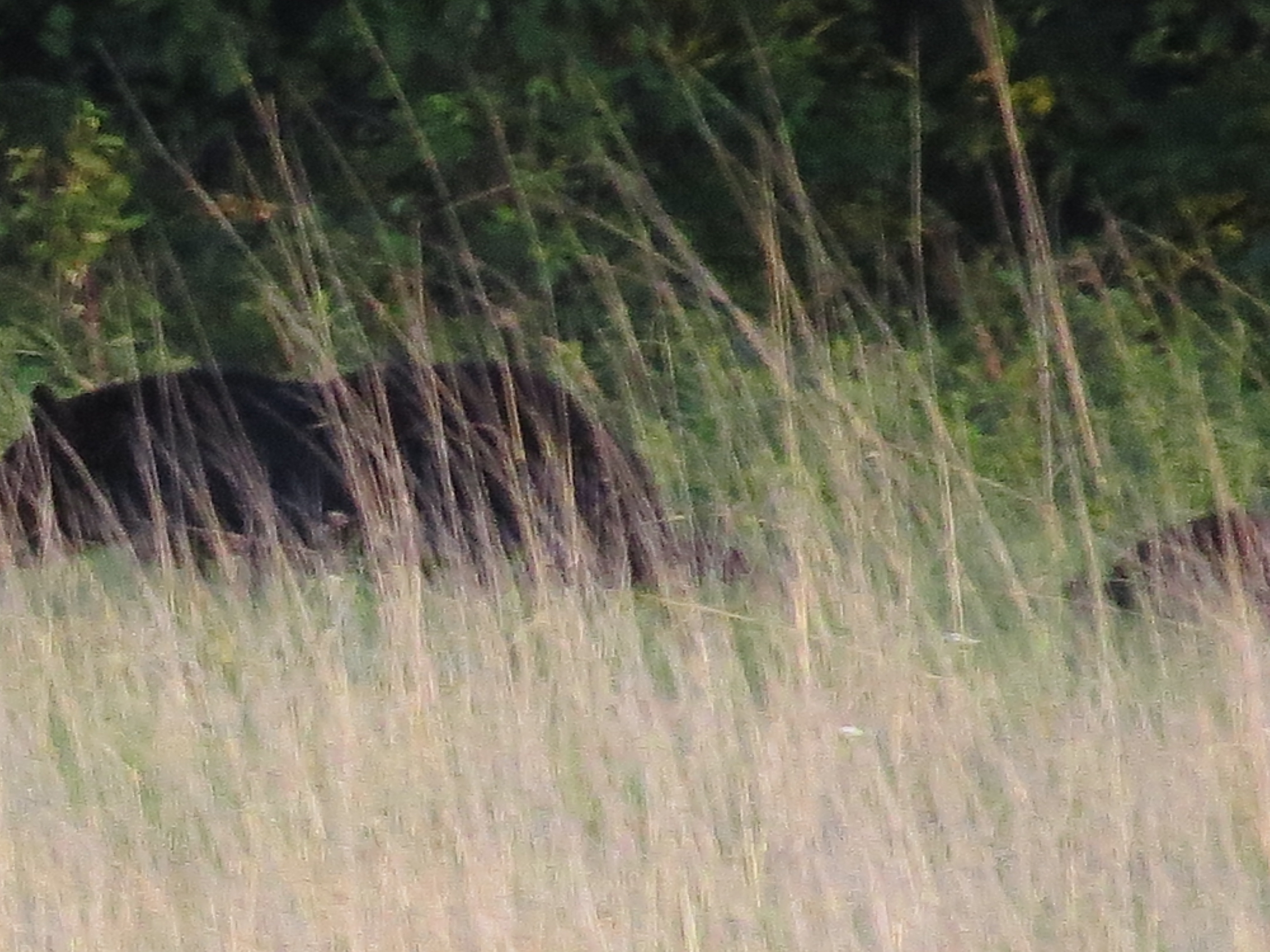
Solstice is derived from the Latin words sol meaning ‘sun’ and sistere meaning ‘to stand still.’ On this day, the North Pole is tipped directly towards the sun, making it seem like the sun is standing still.
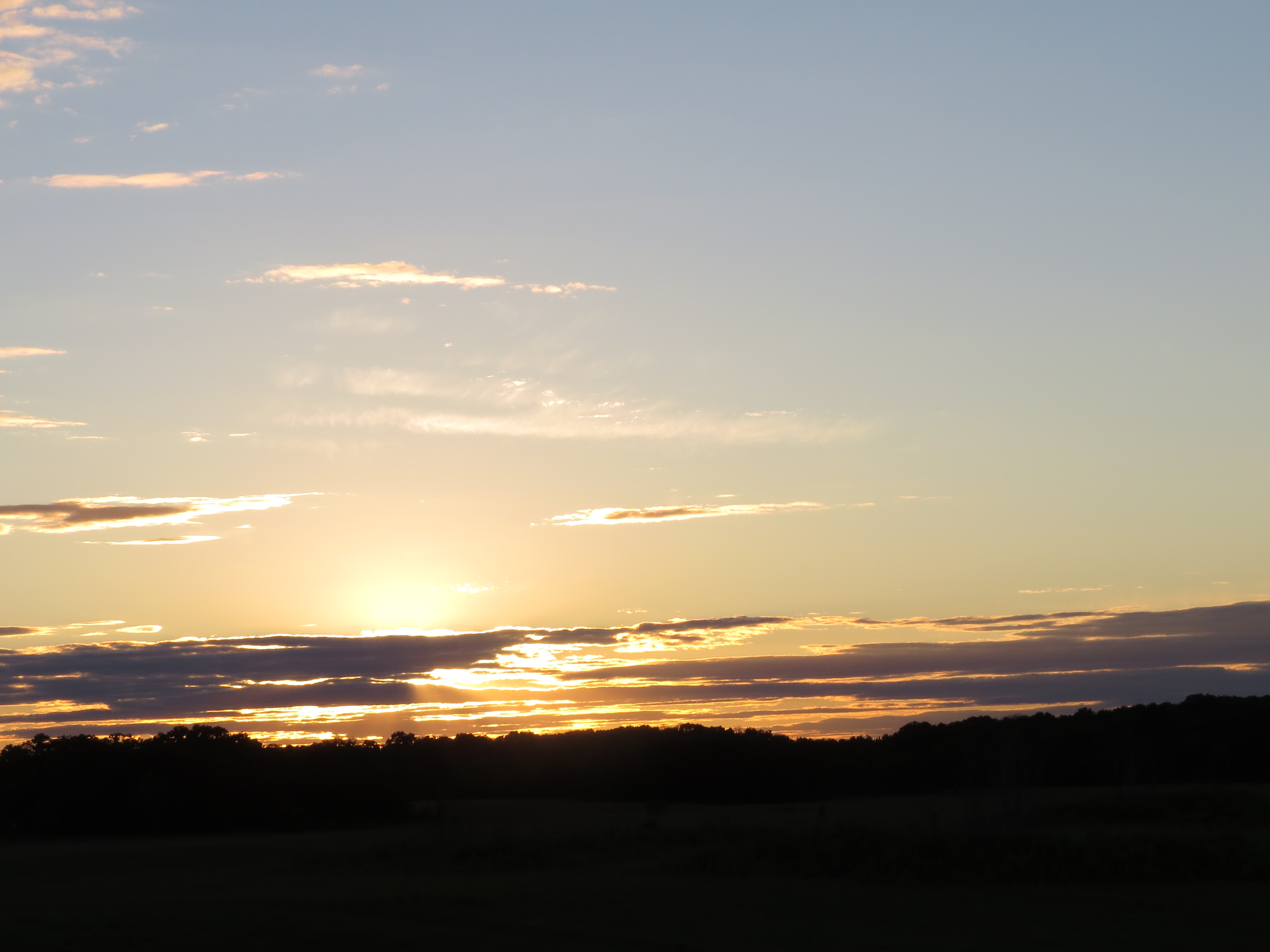
We didn’t see any snakes that day, but we experienced the exquisitely beautiful about-to-bloom season of summer. Or are we more like the Swedes who celebrate the Solstice as midsummer, the height of the warm, sunshiny season? However it falls, the longest day does hold some magic worth noting. The magic of empty-nest experimenting with pre-children pastimes. The magic of flowers and butterflies, birds and dragonflies, wild rivers and sweeping prairies. But most of all, for me that day, the magic of seeing my first bears in the wild—just when I needed them.
